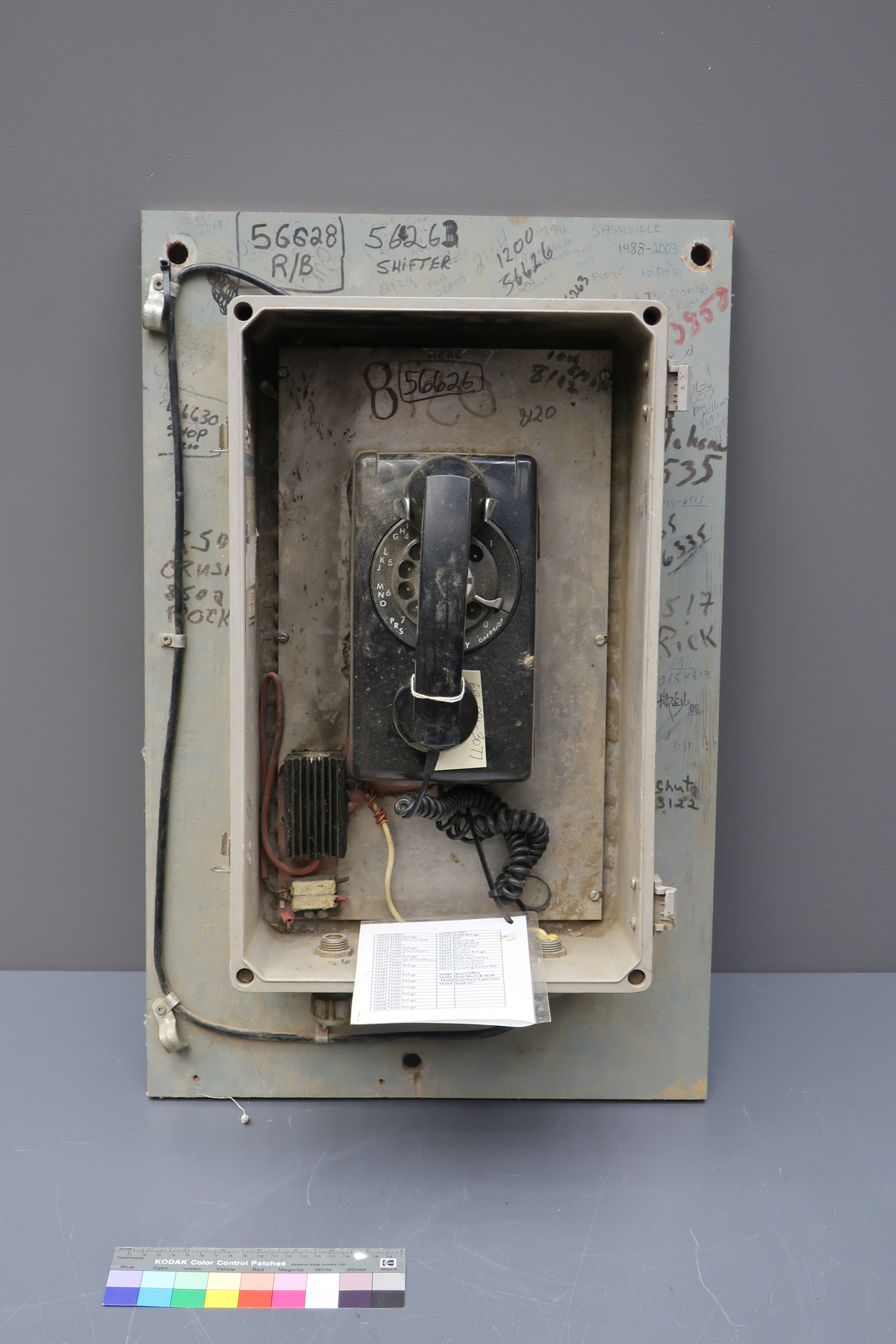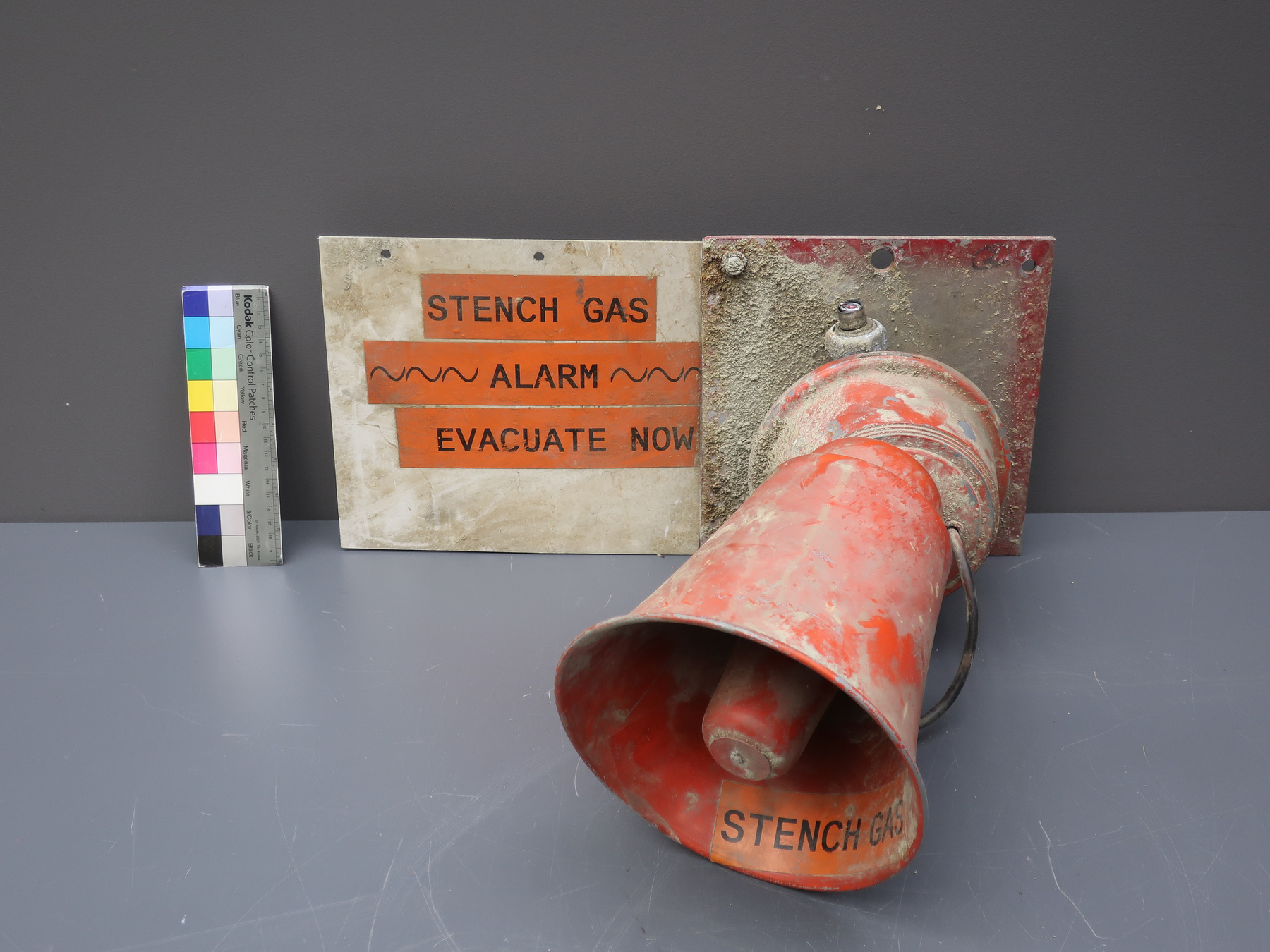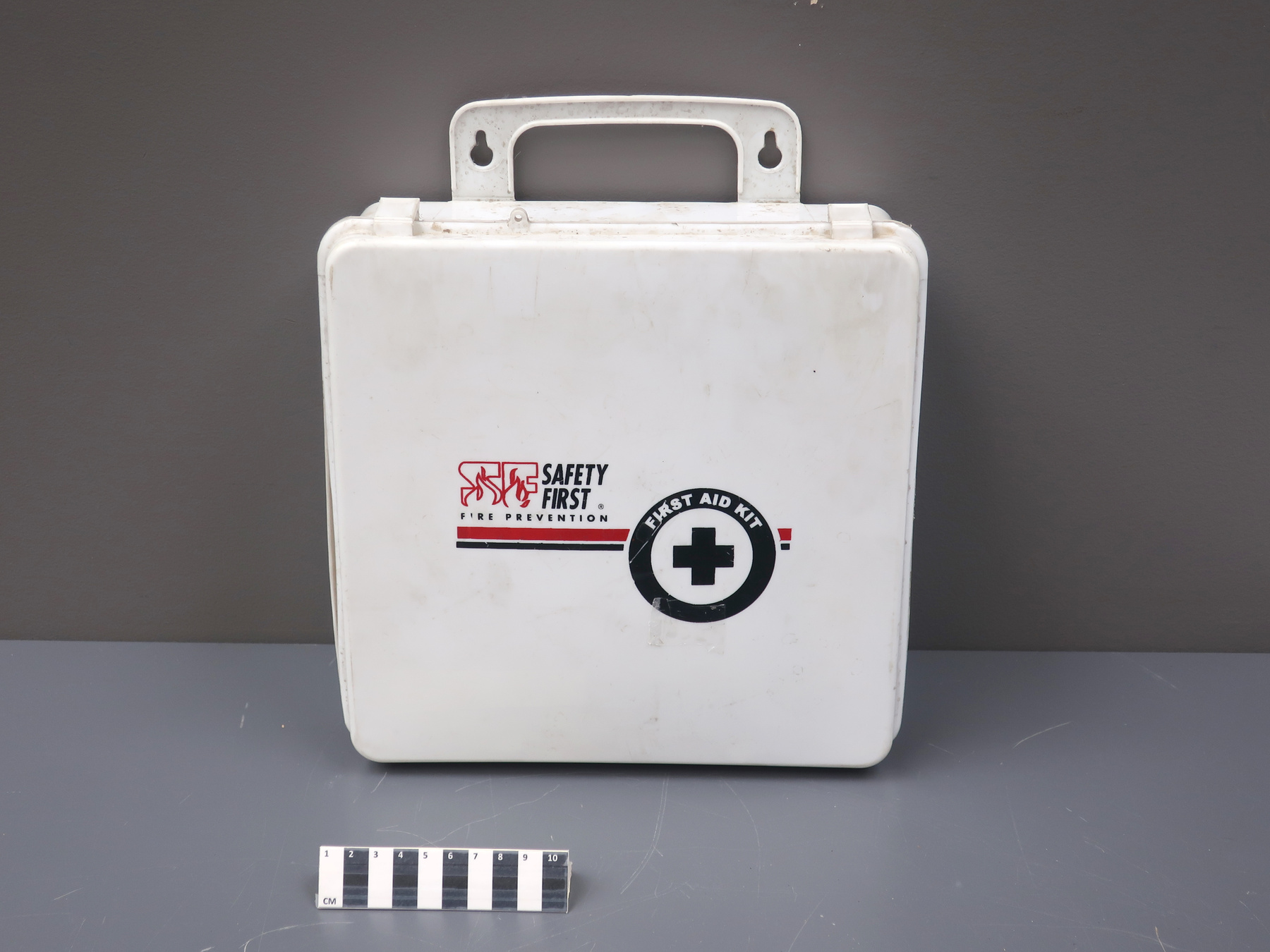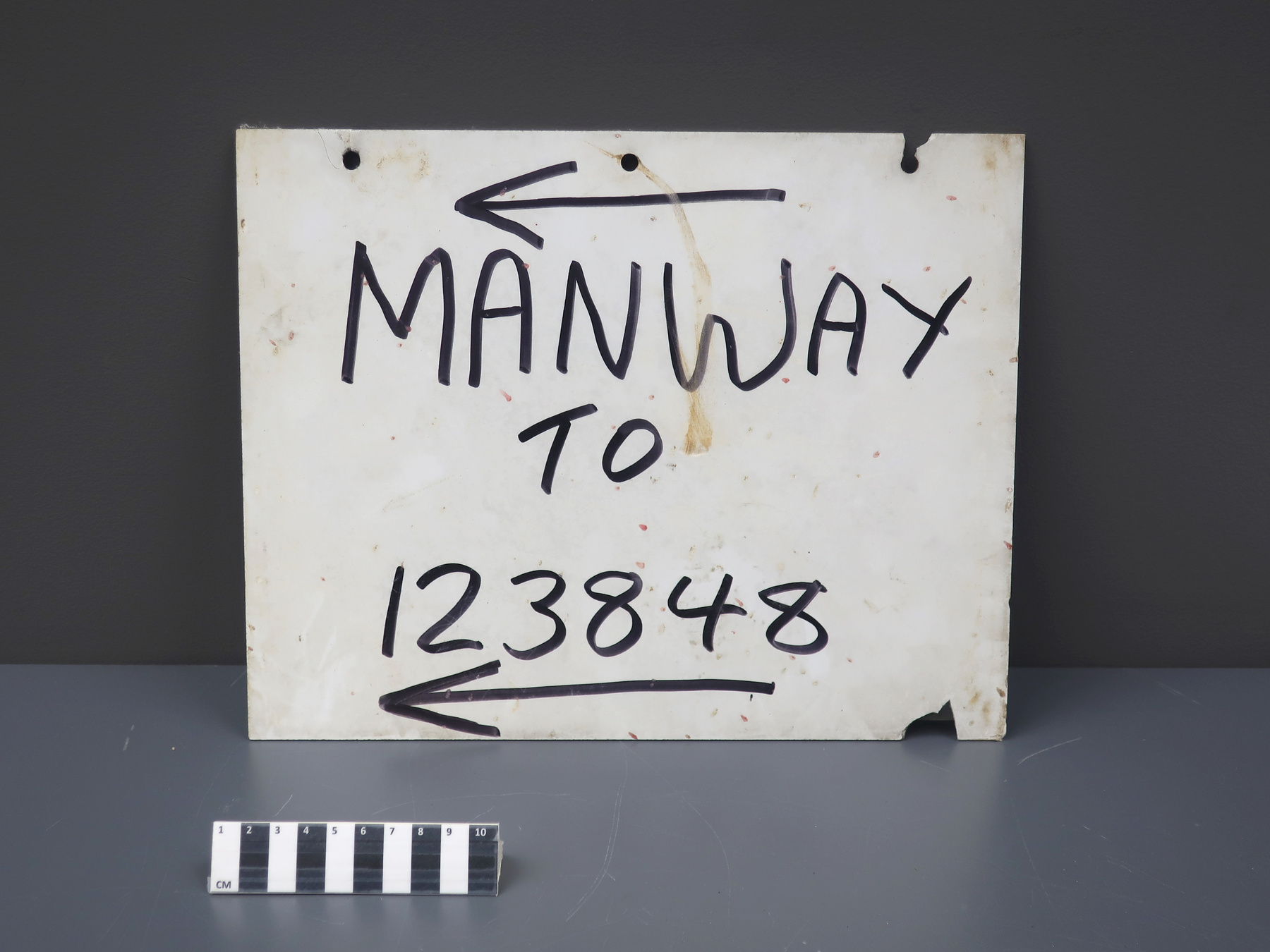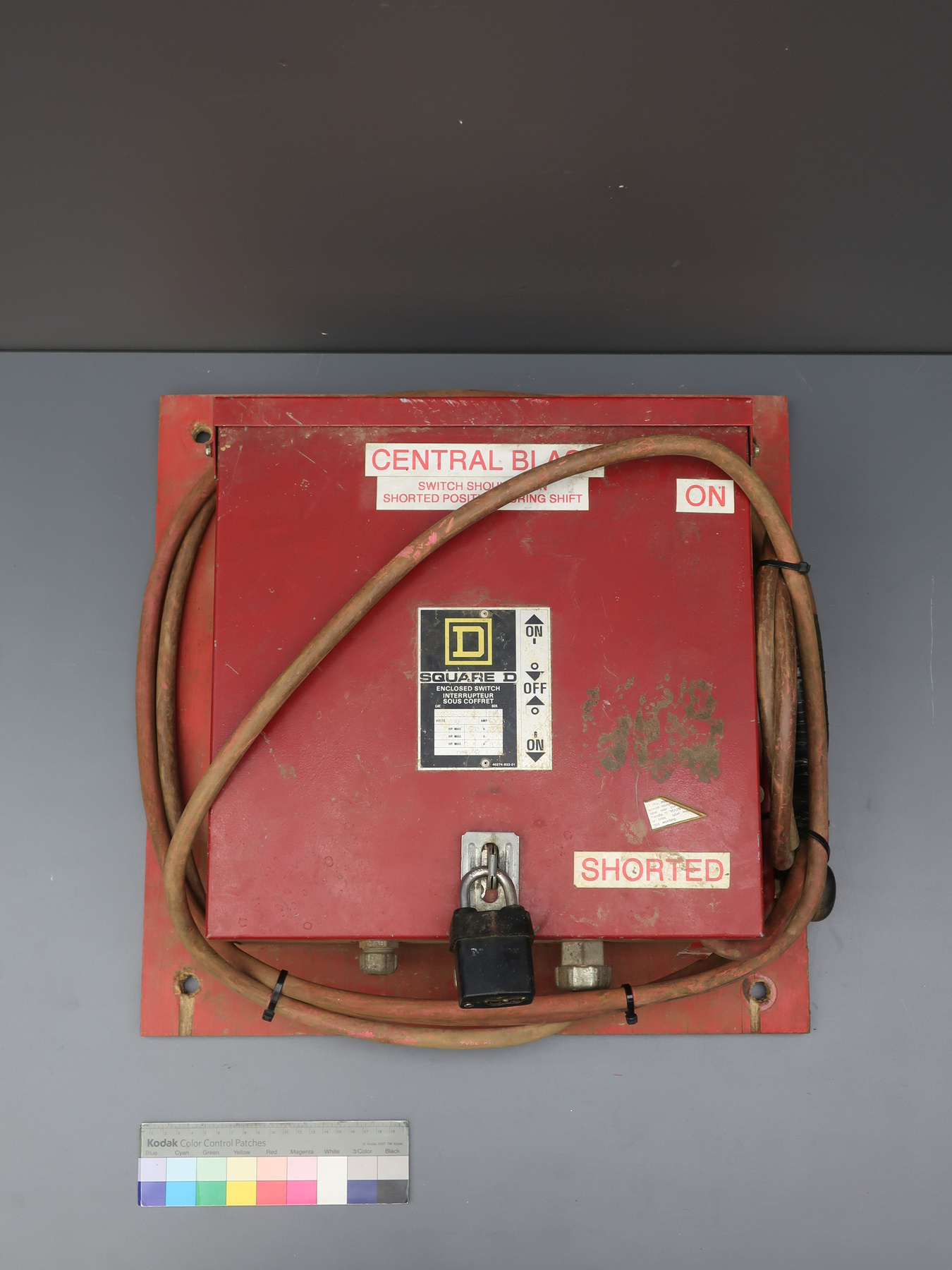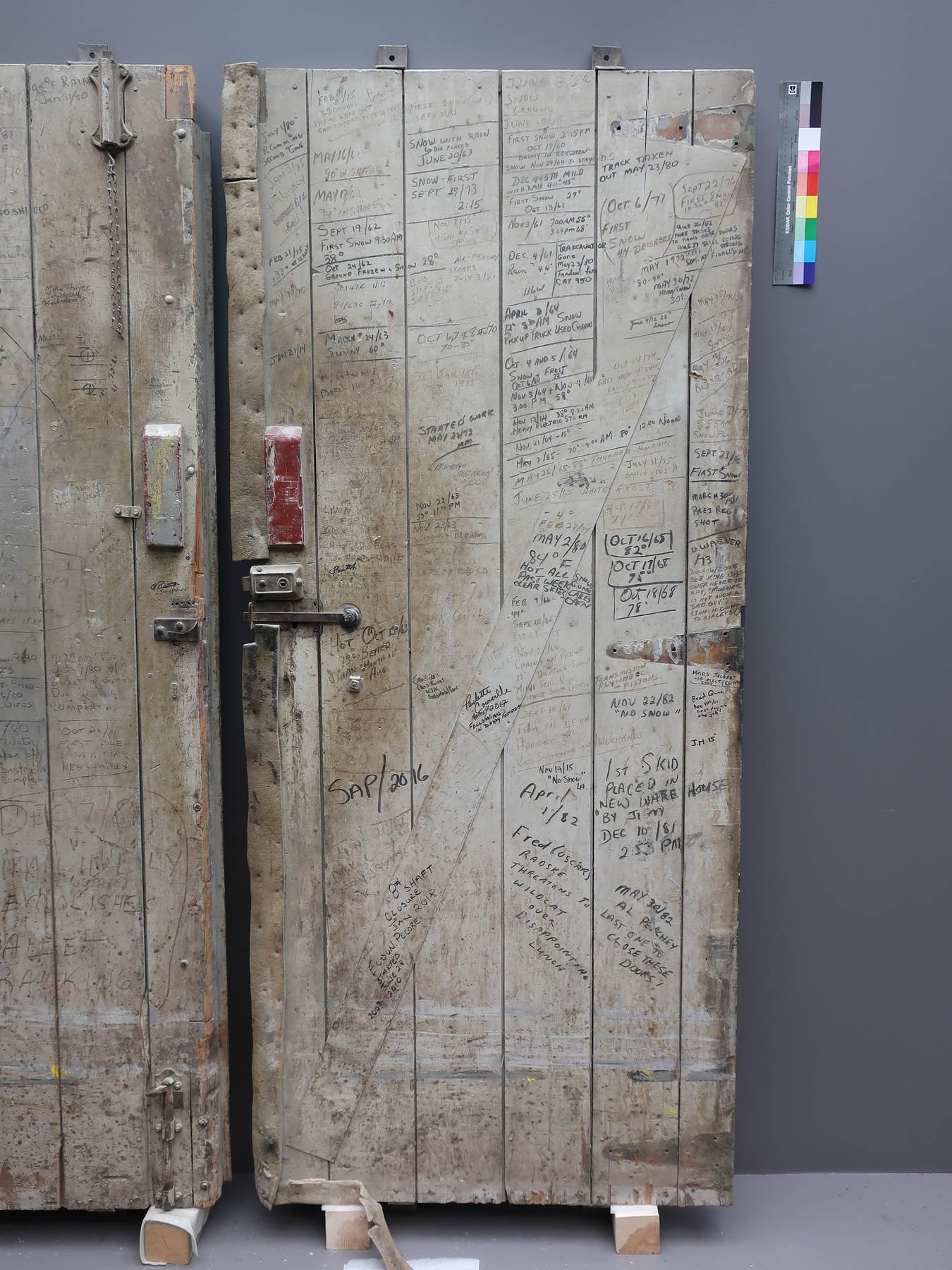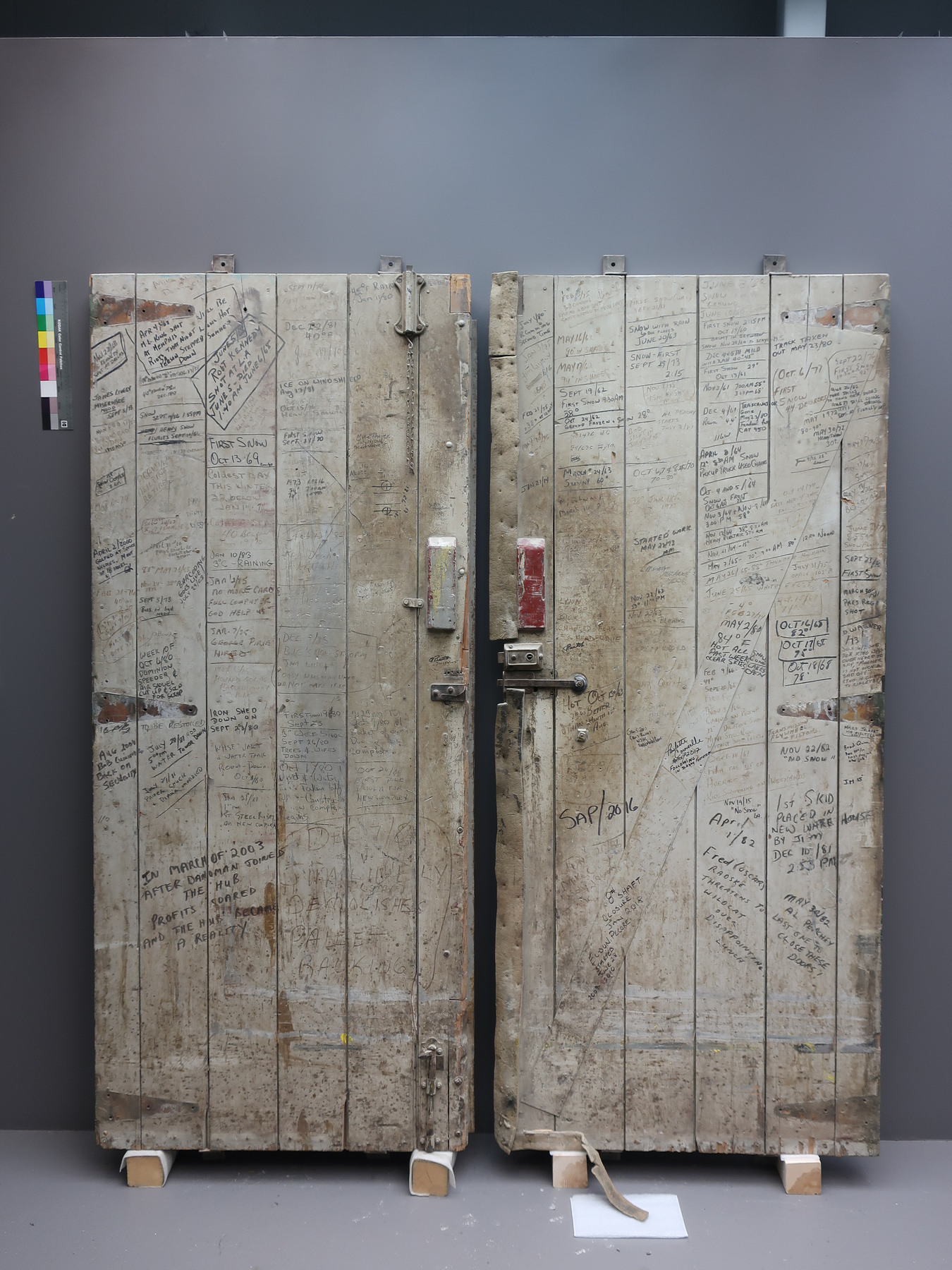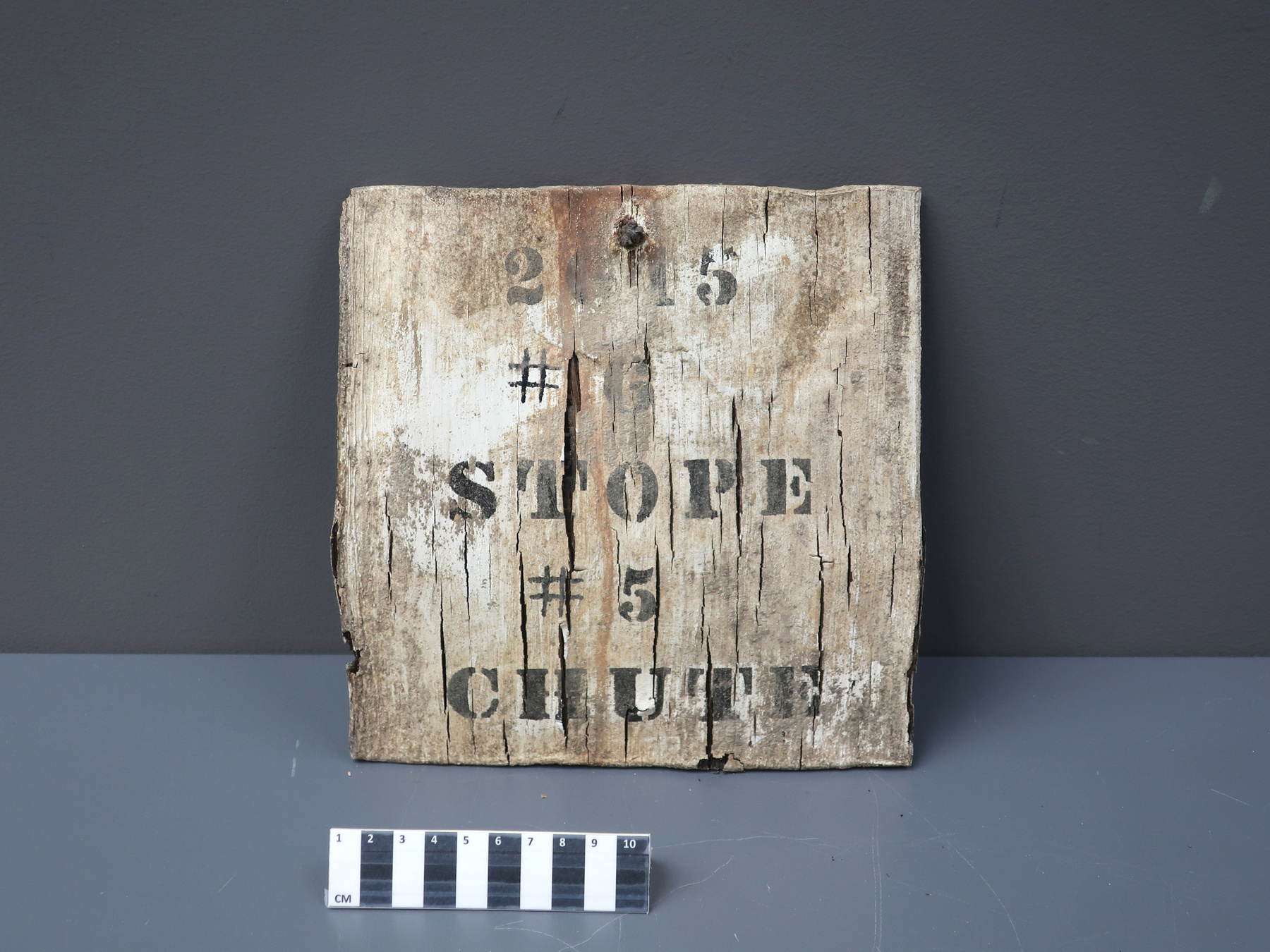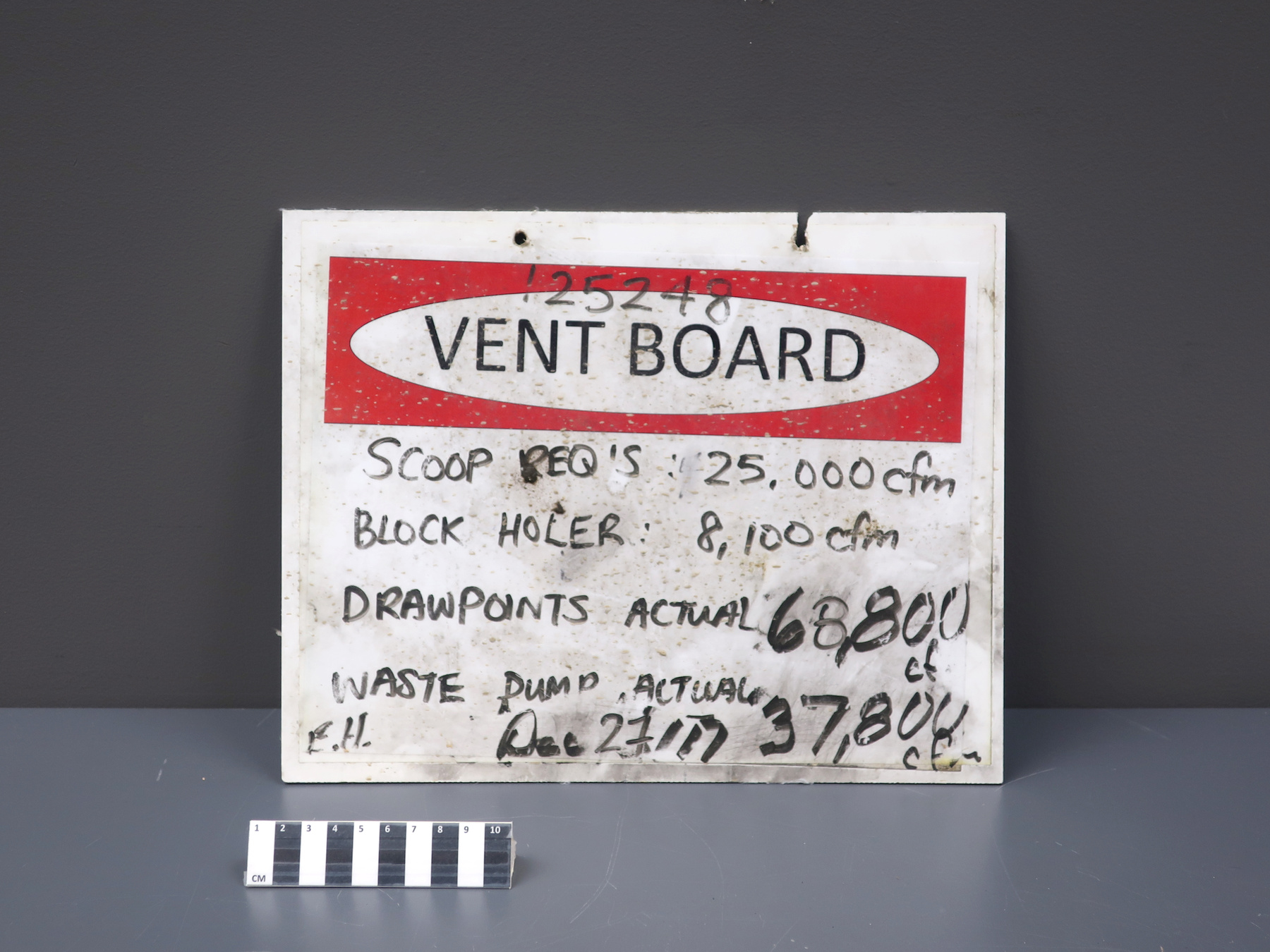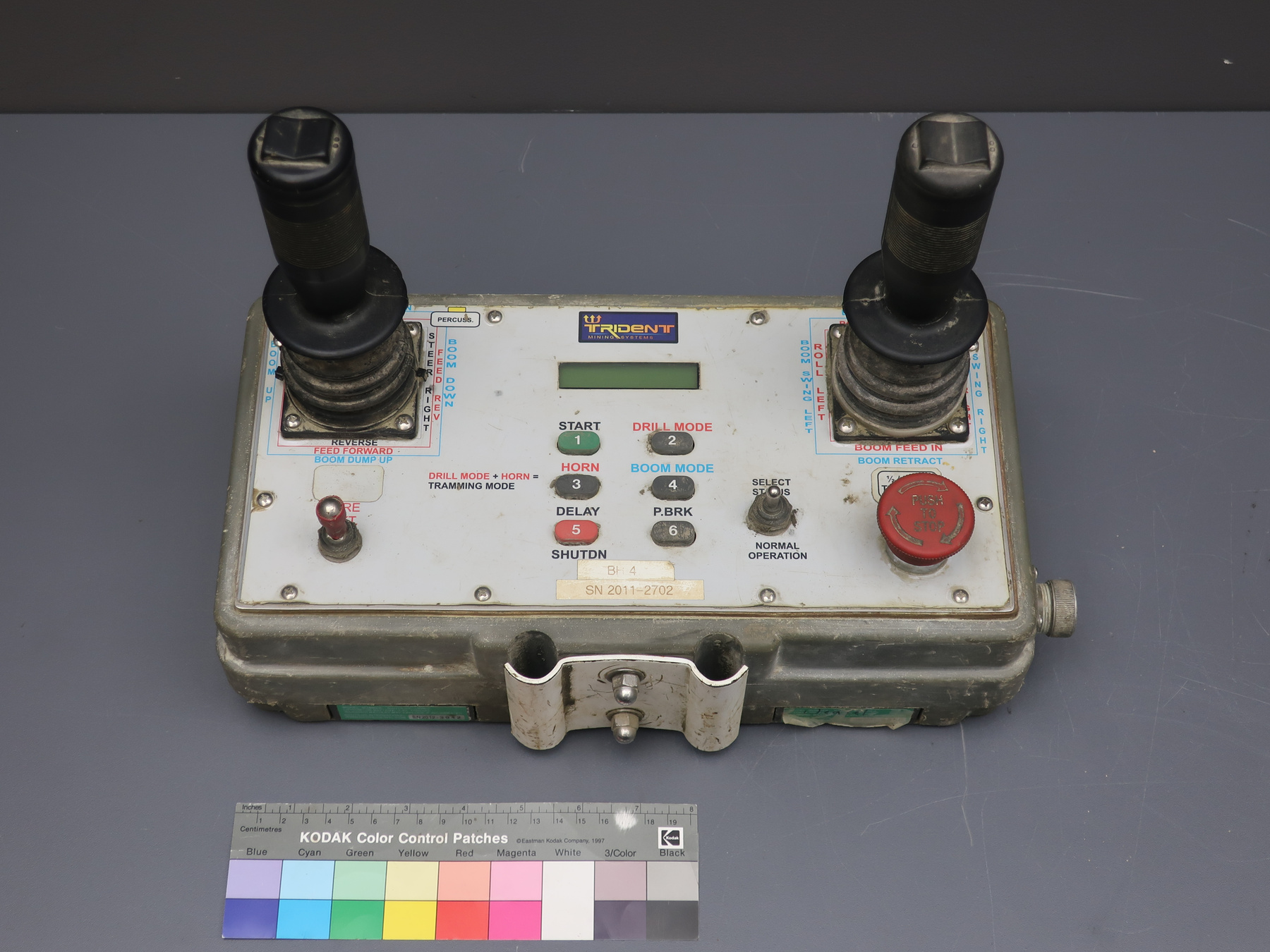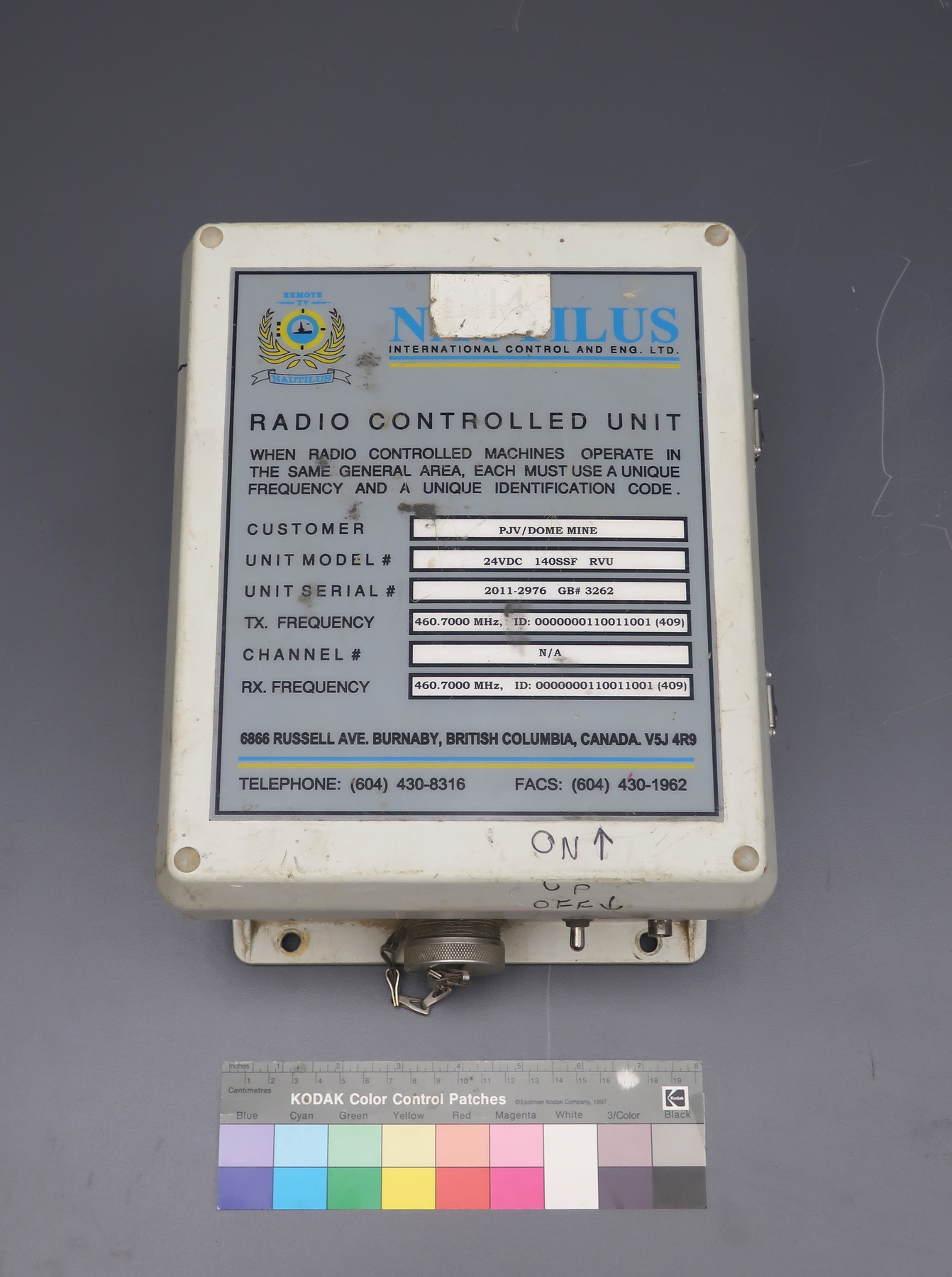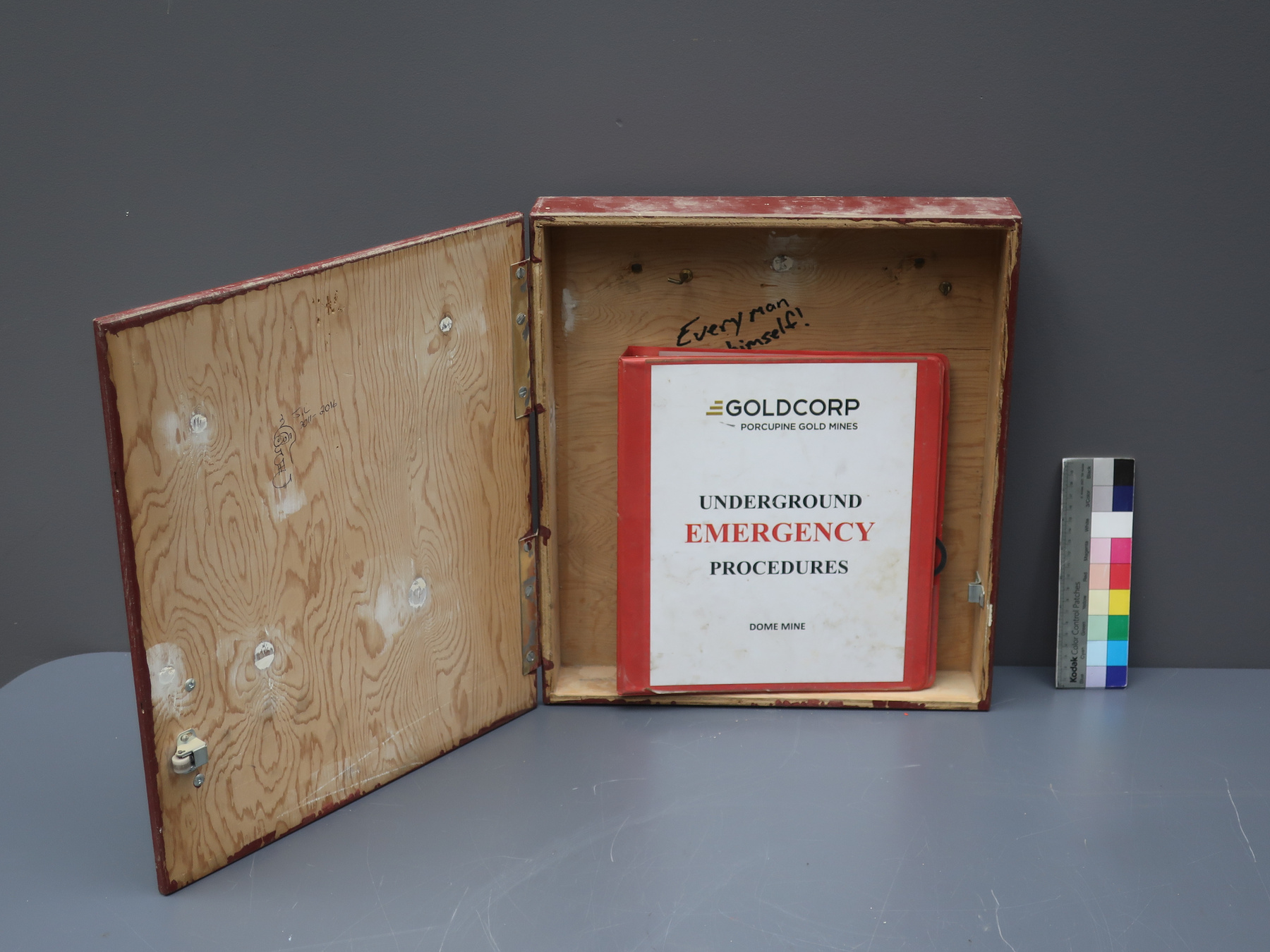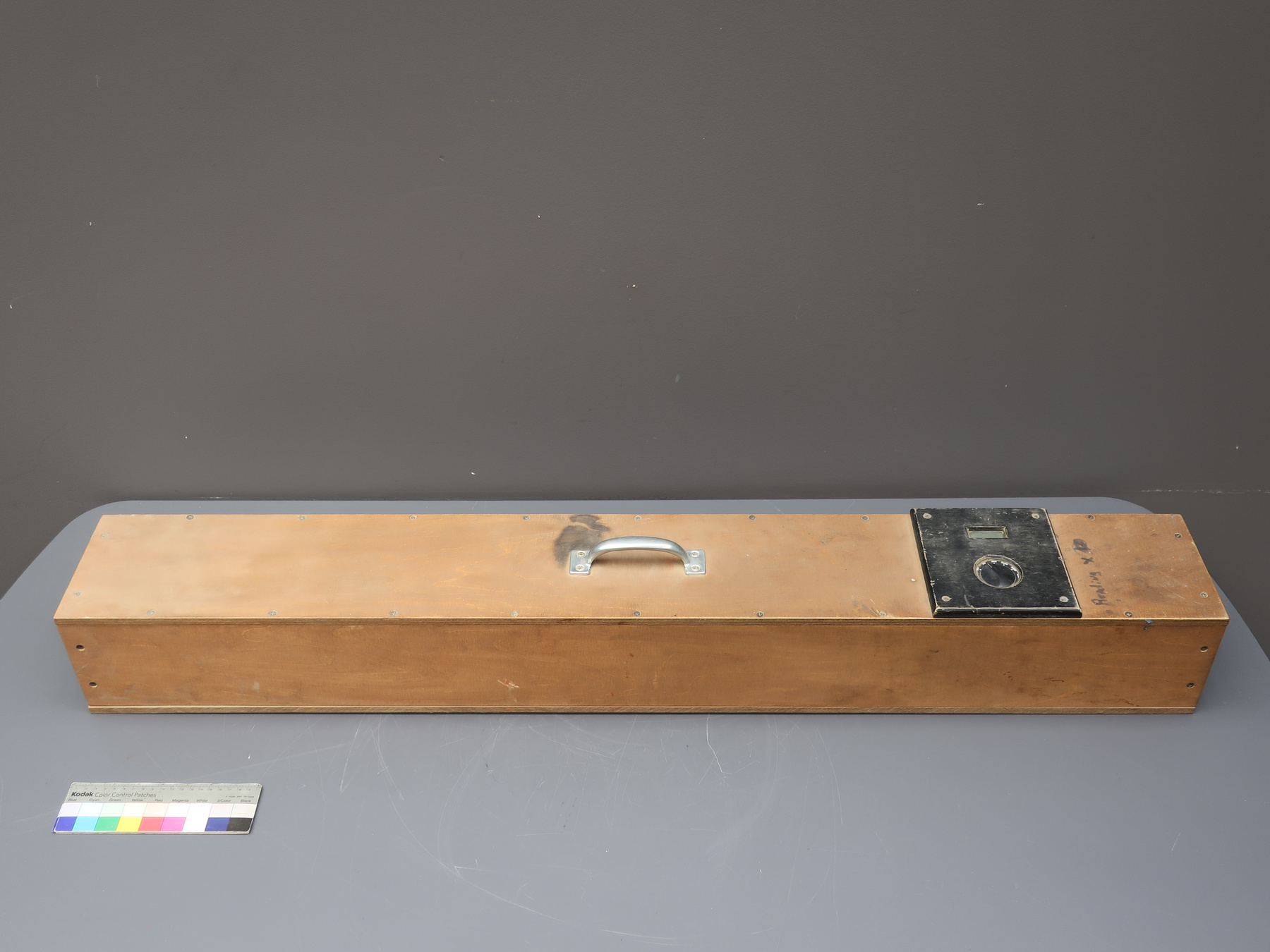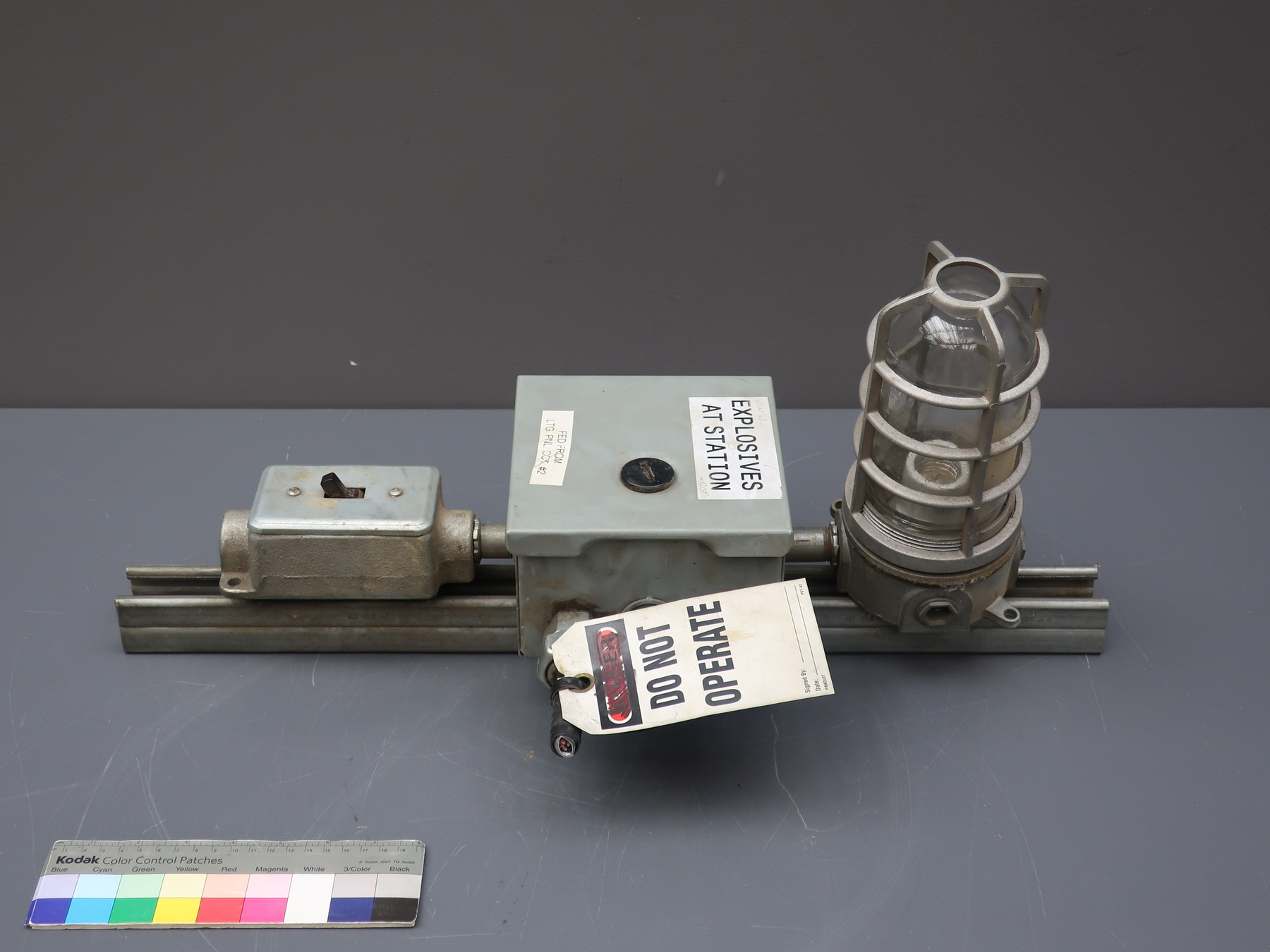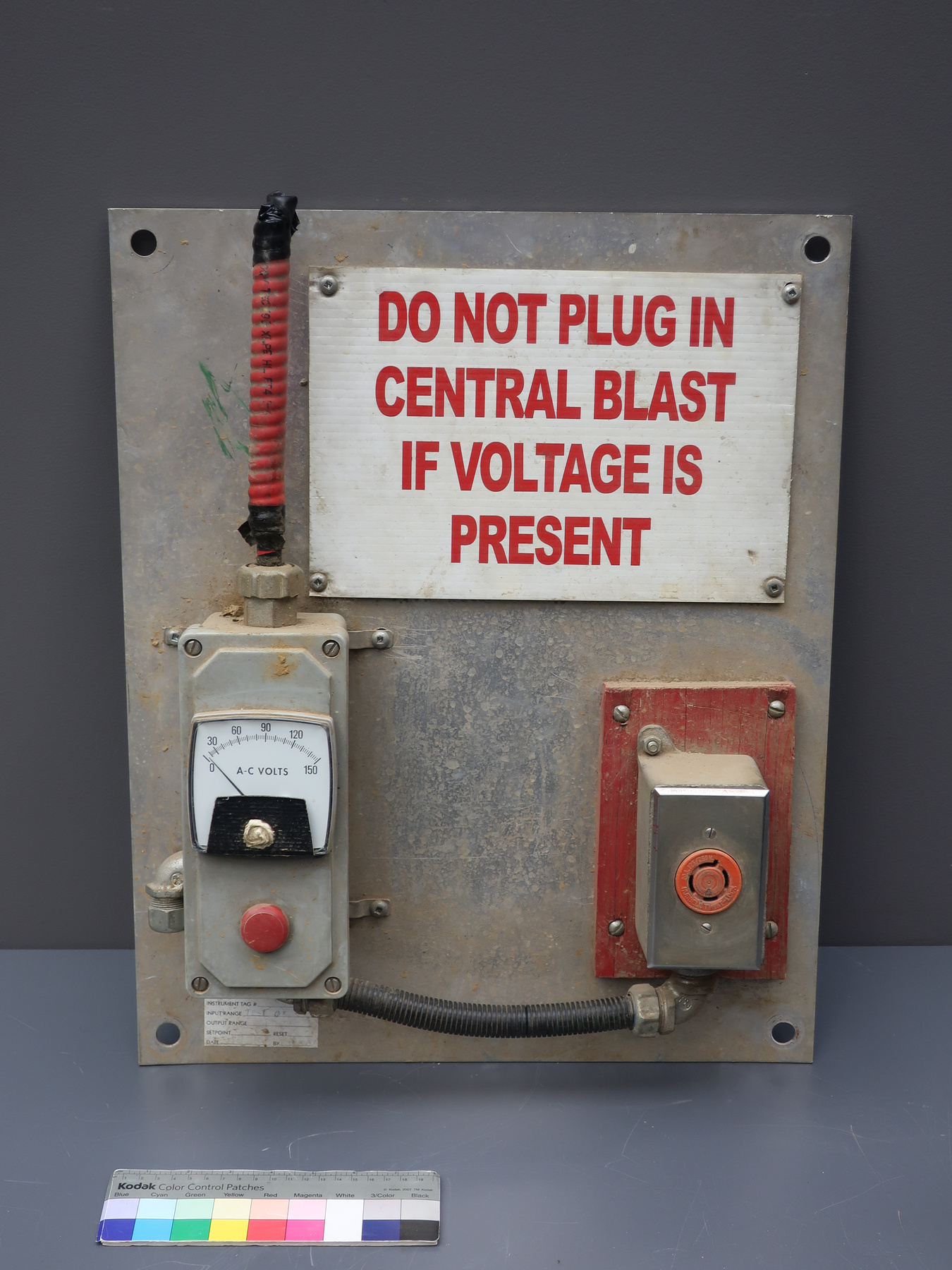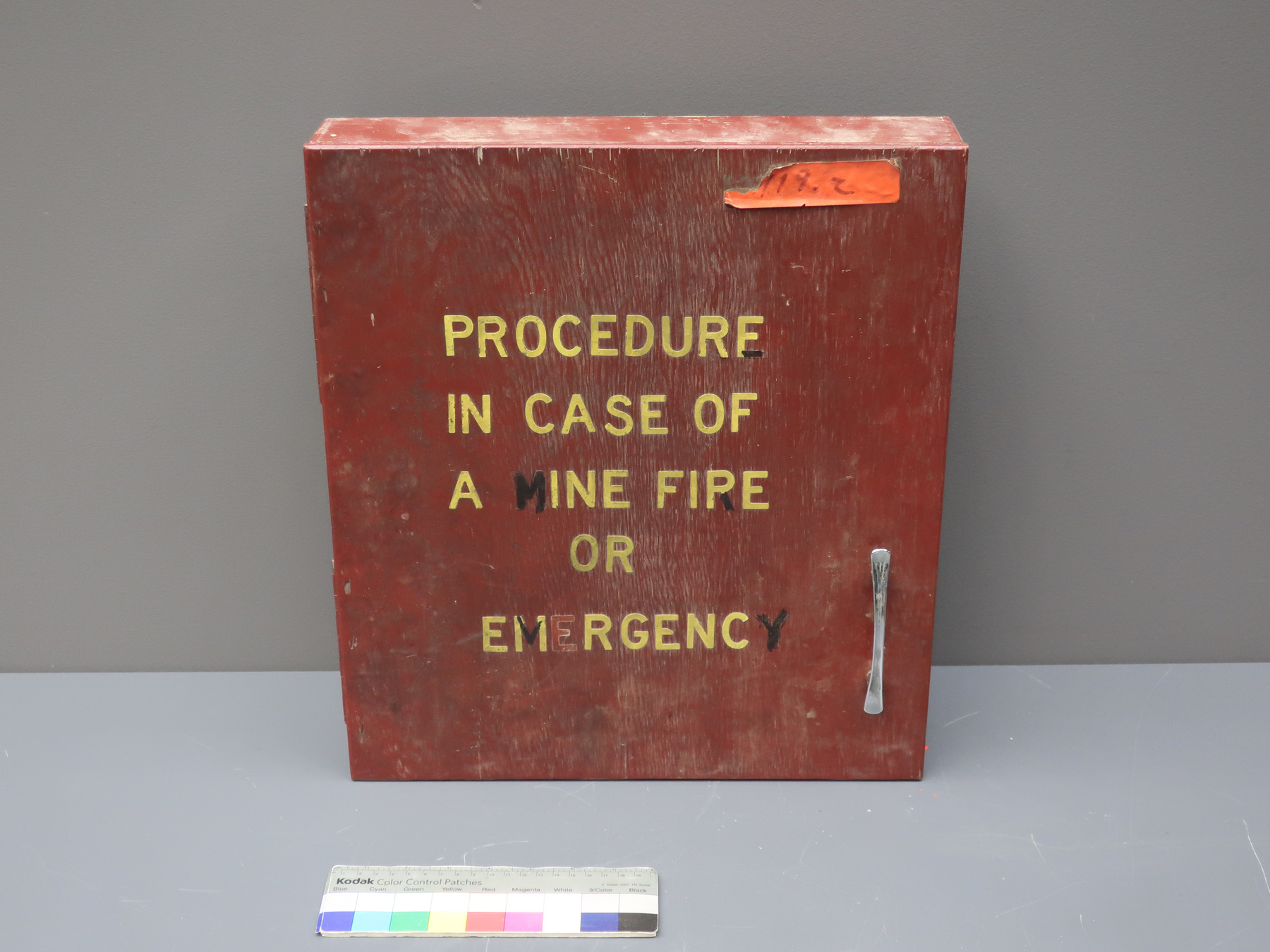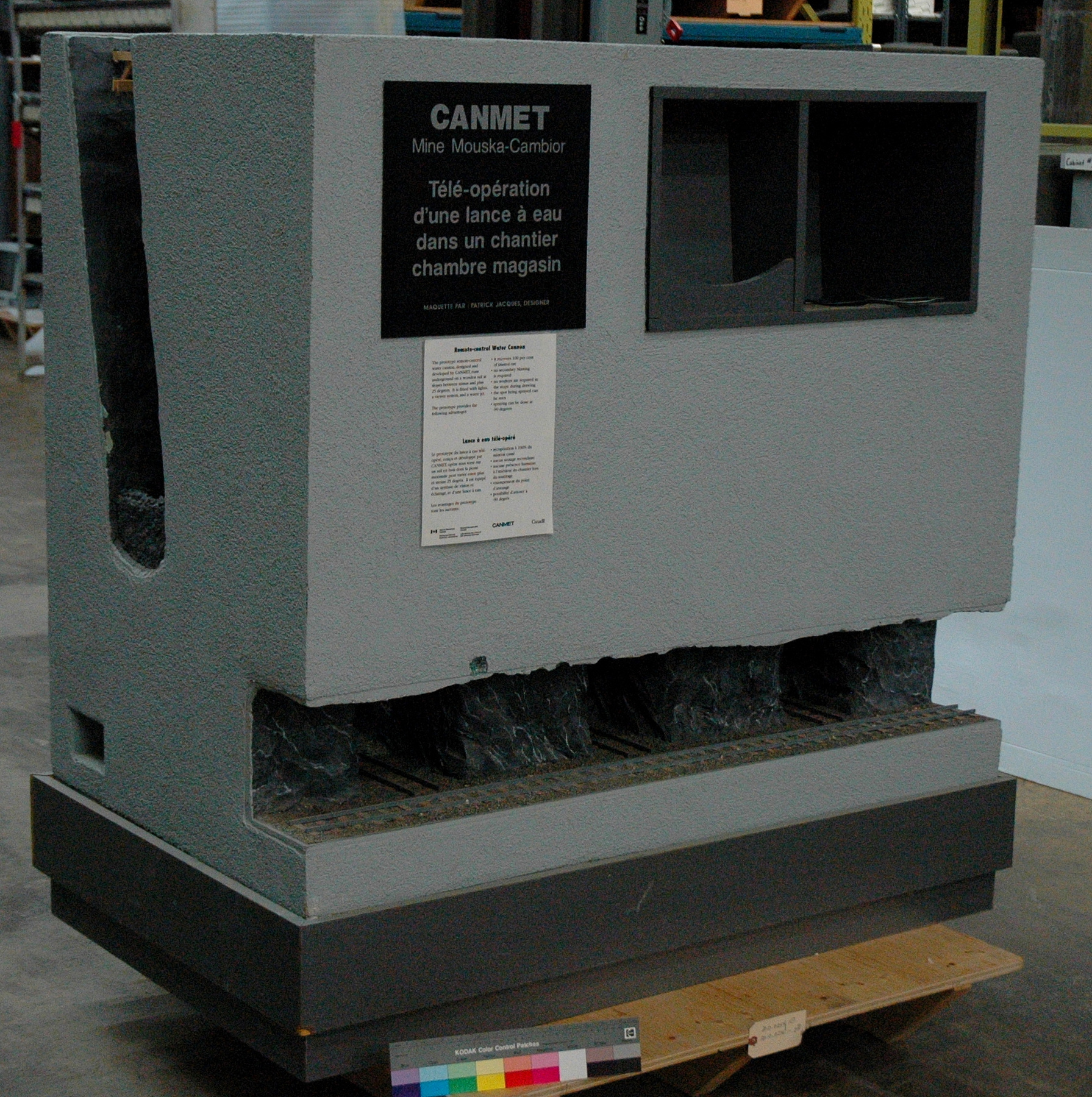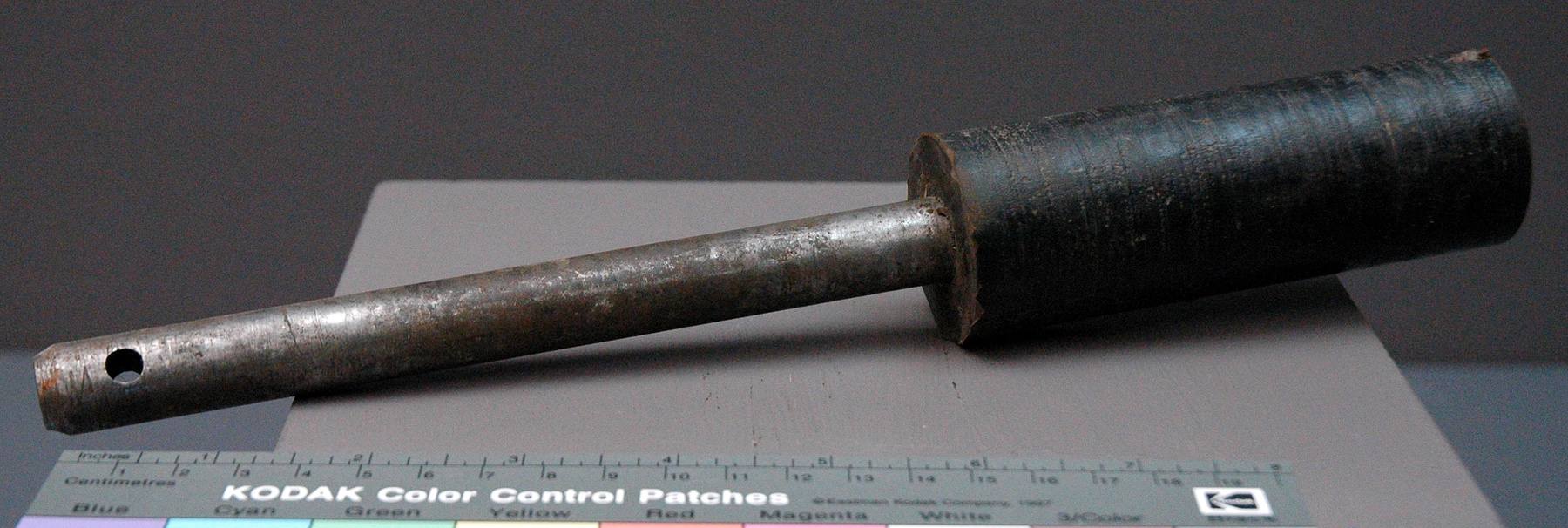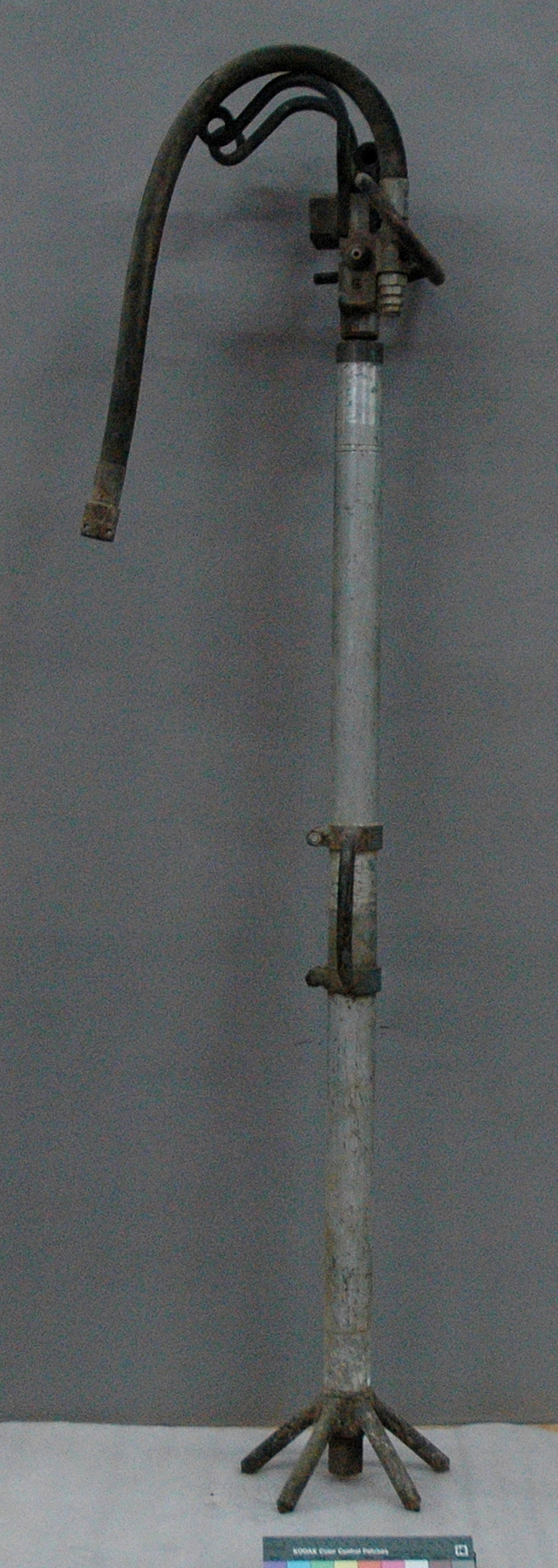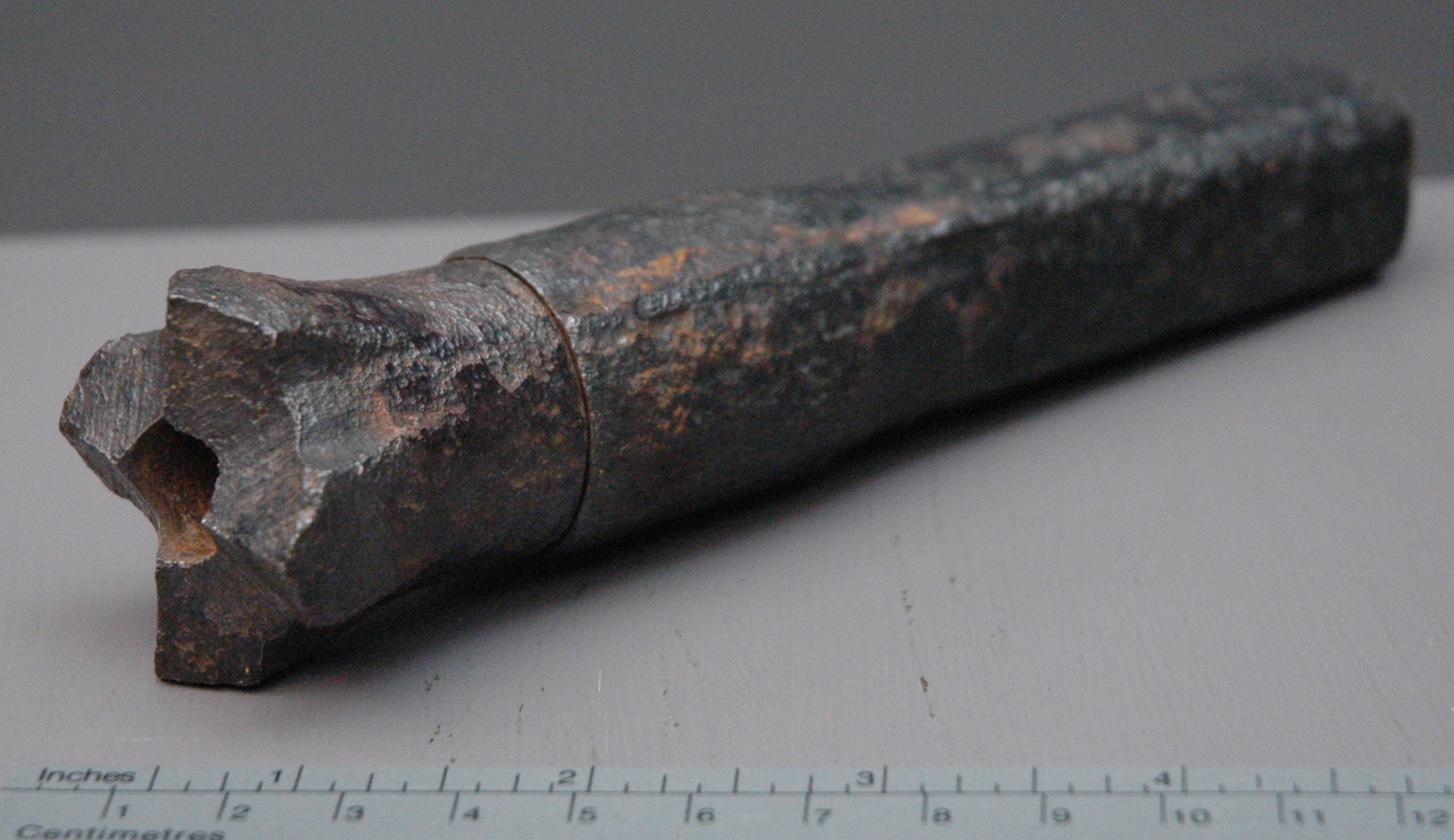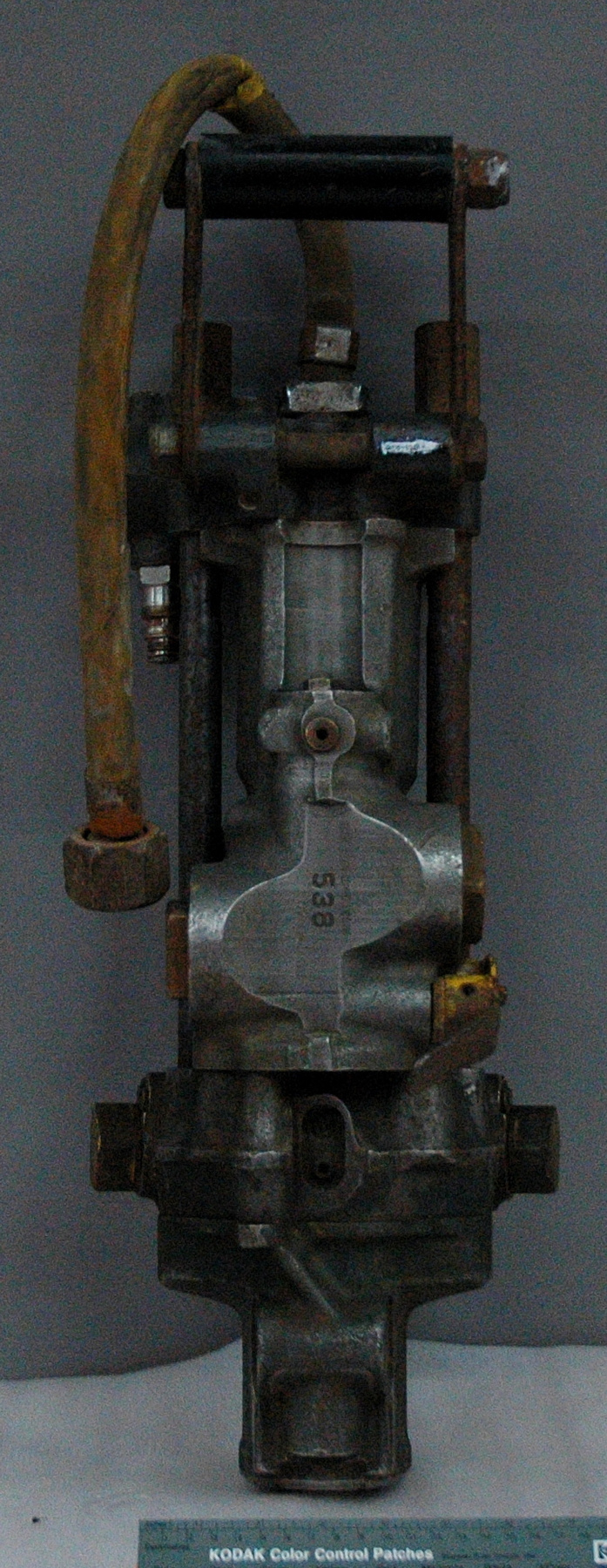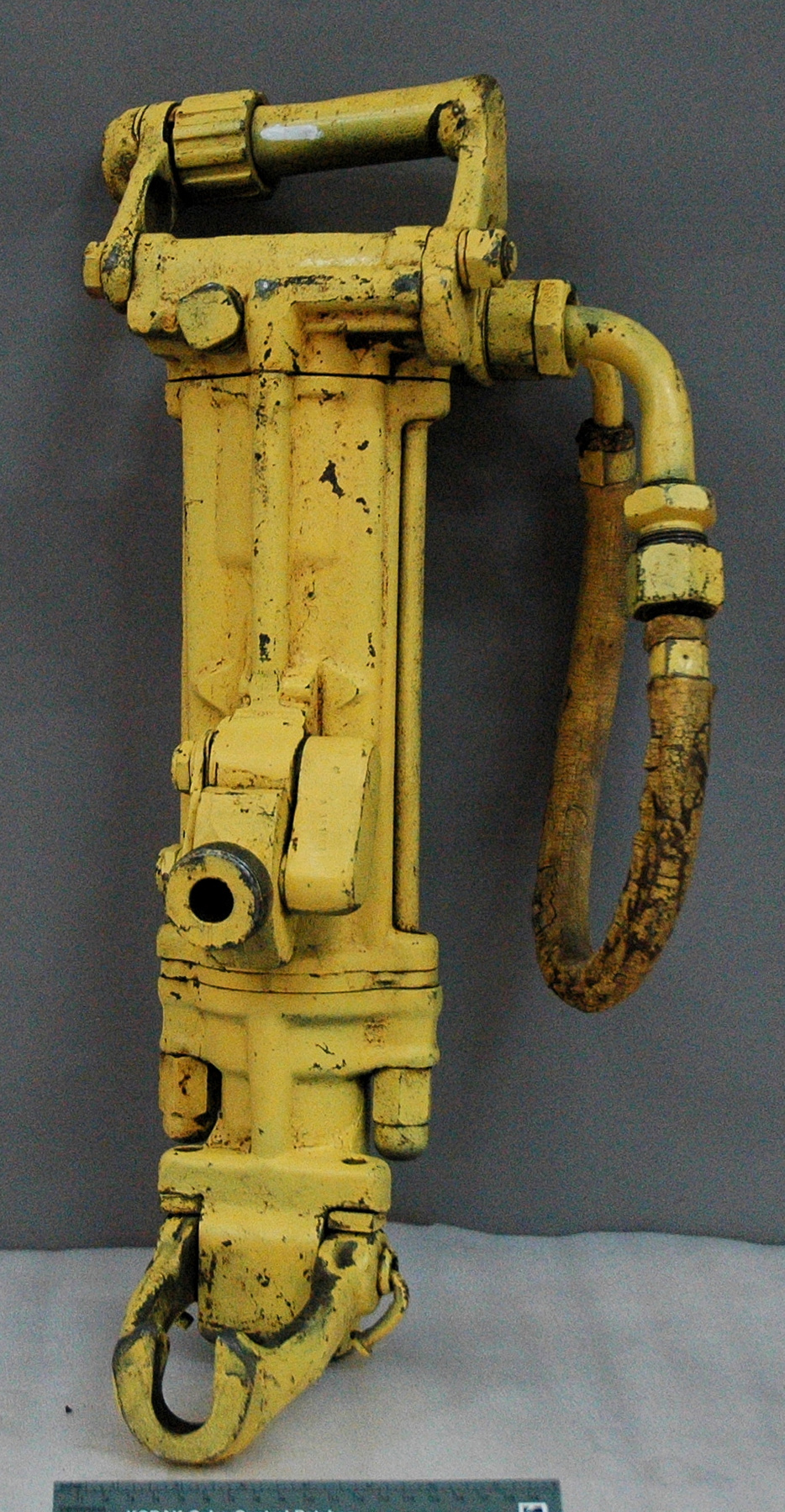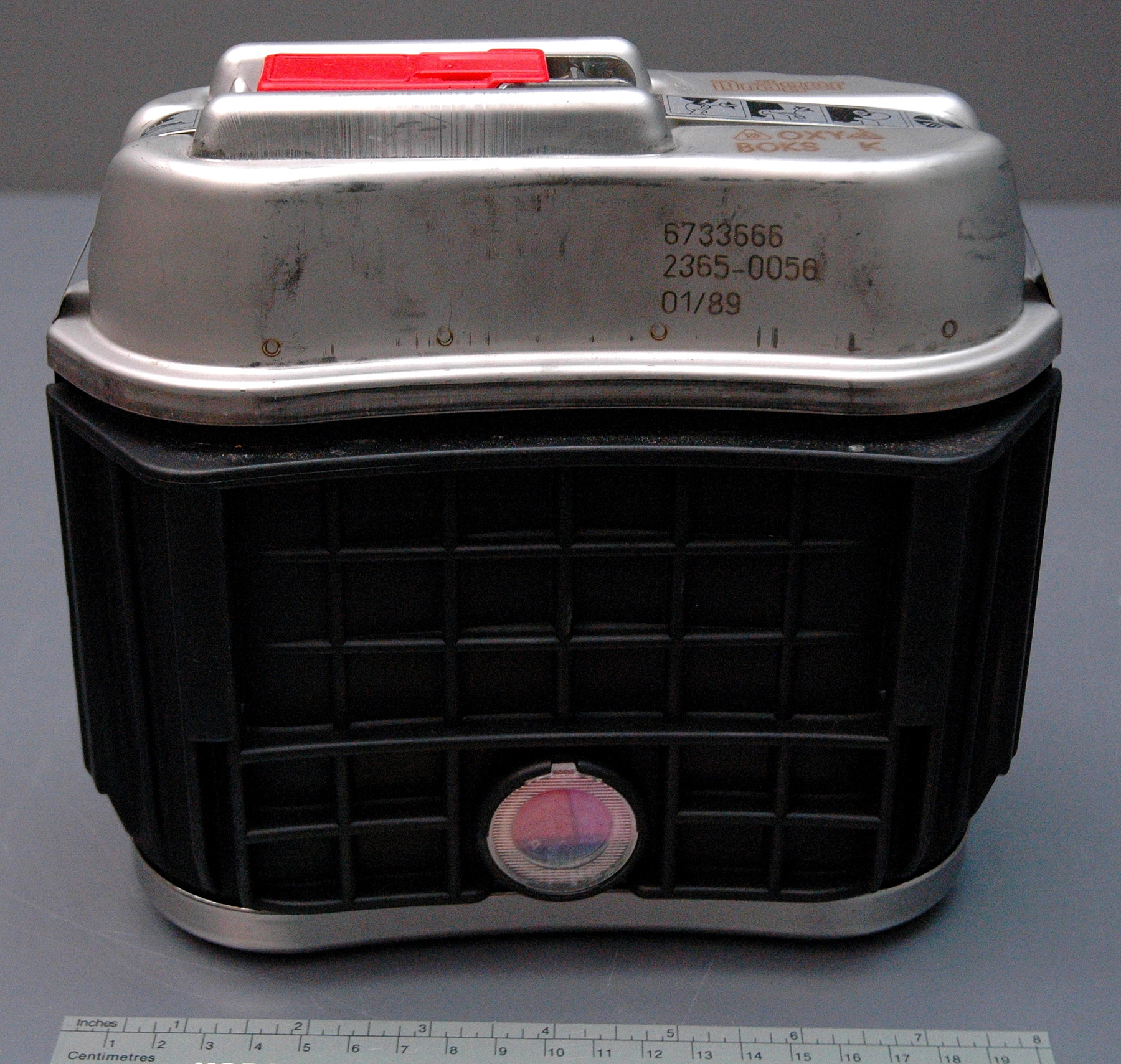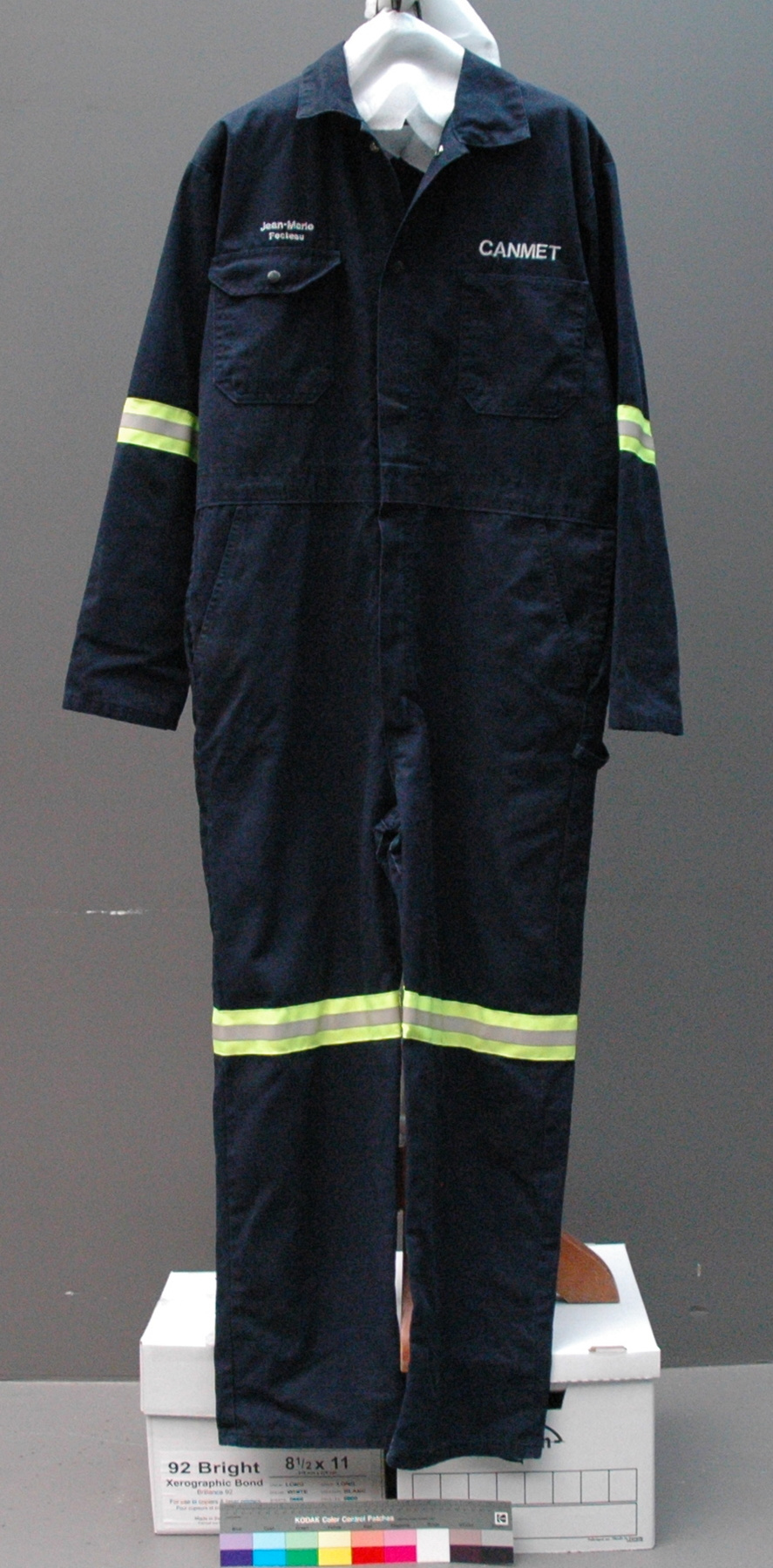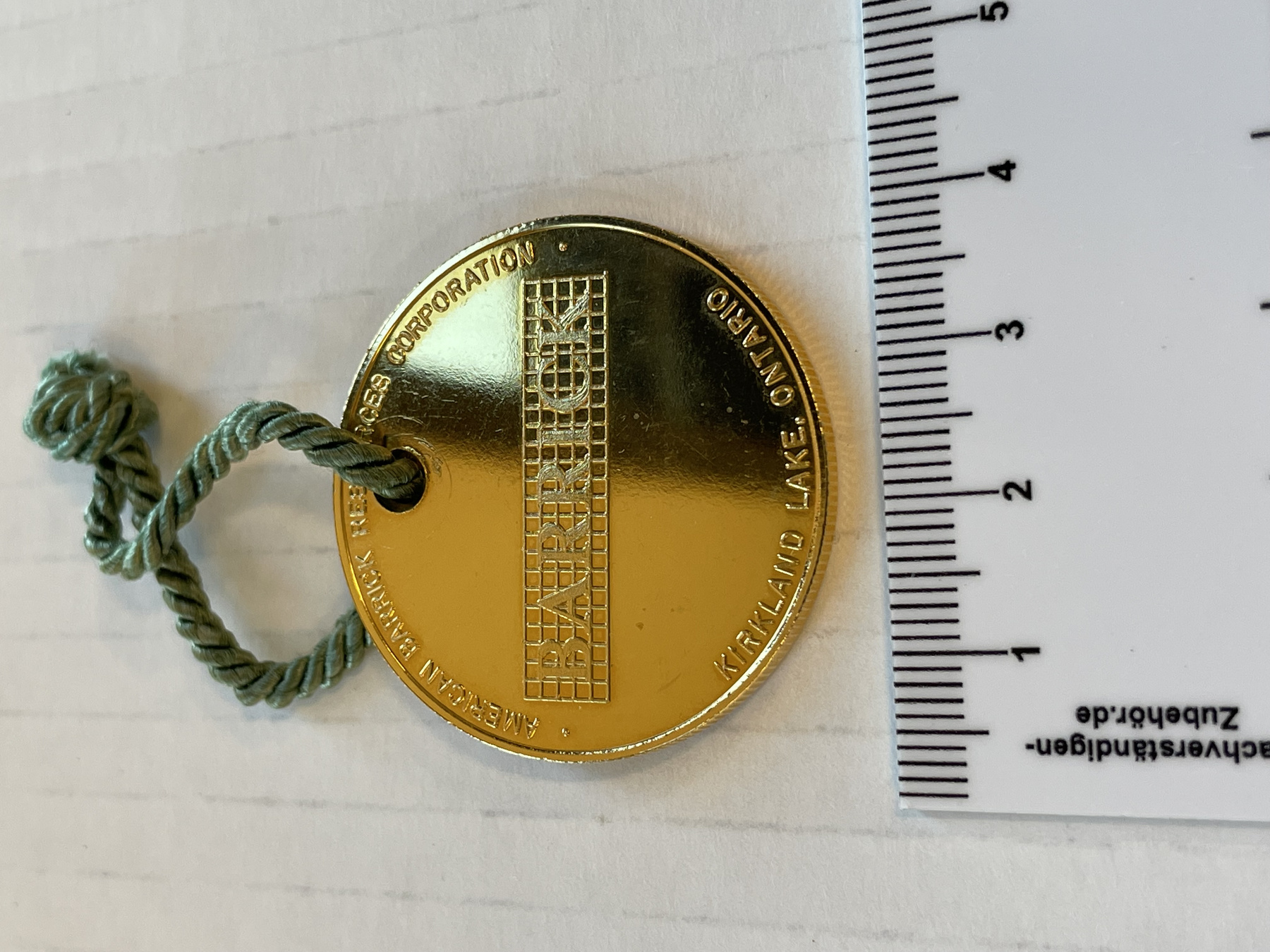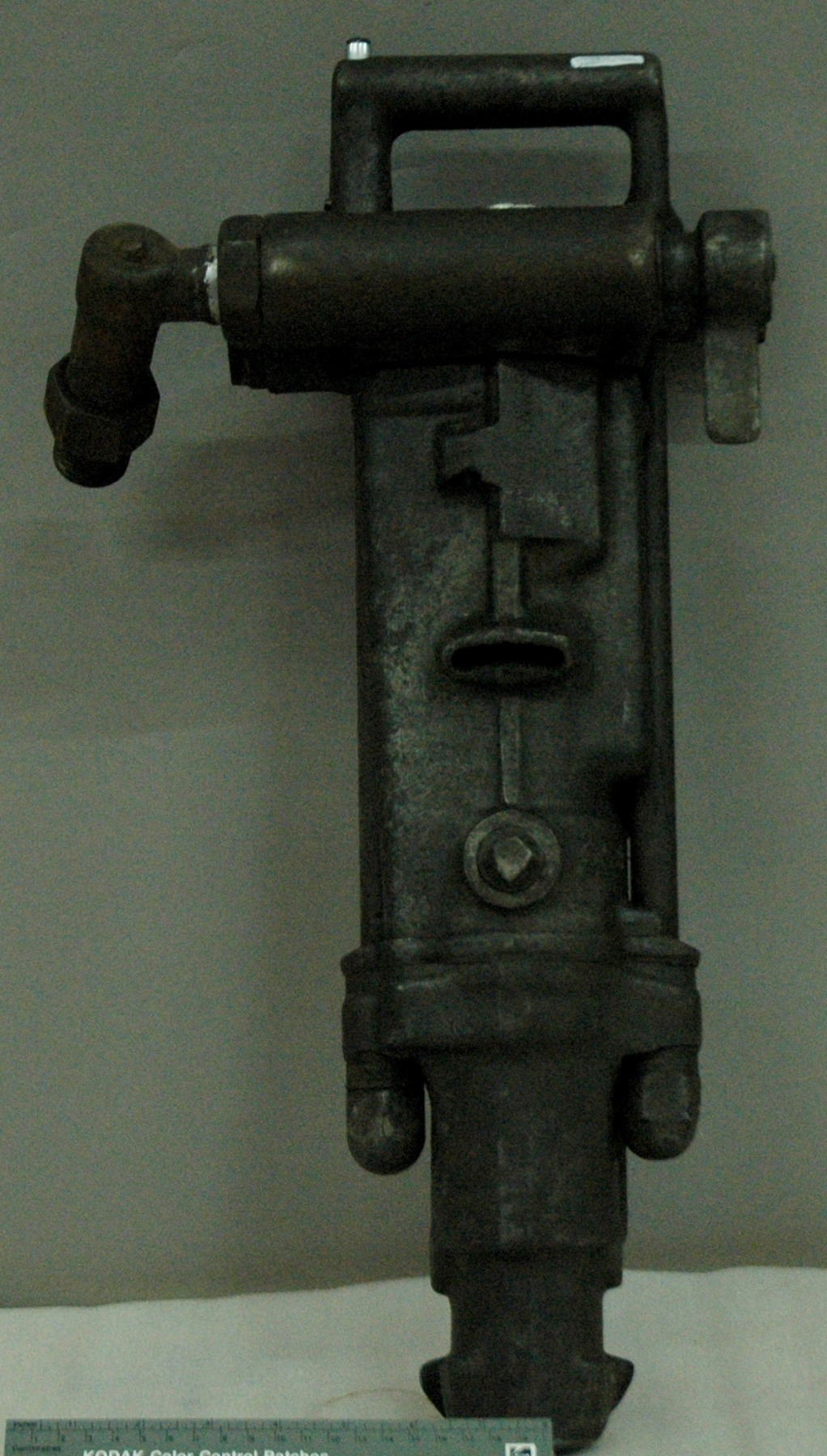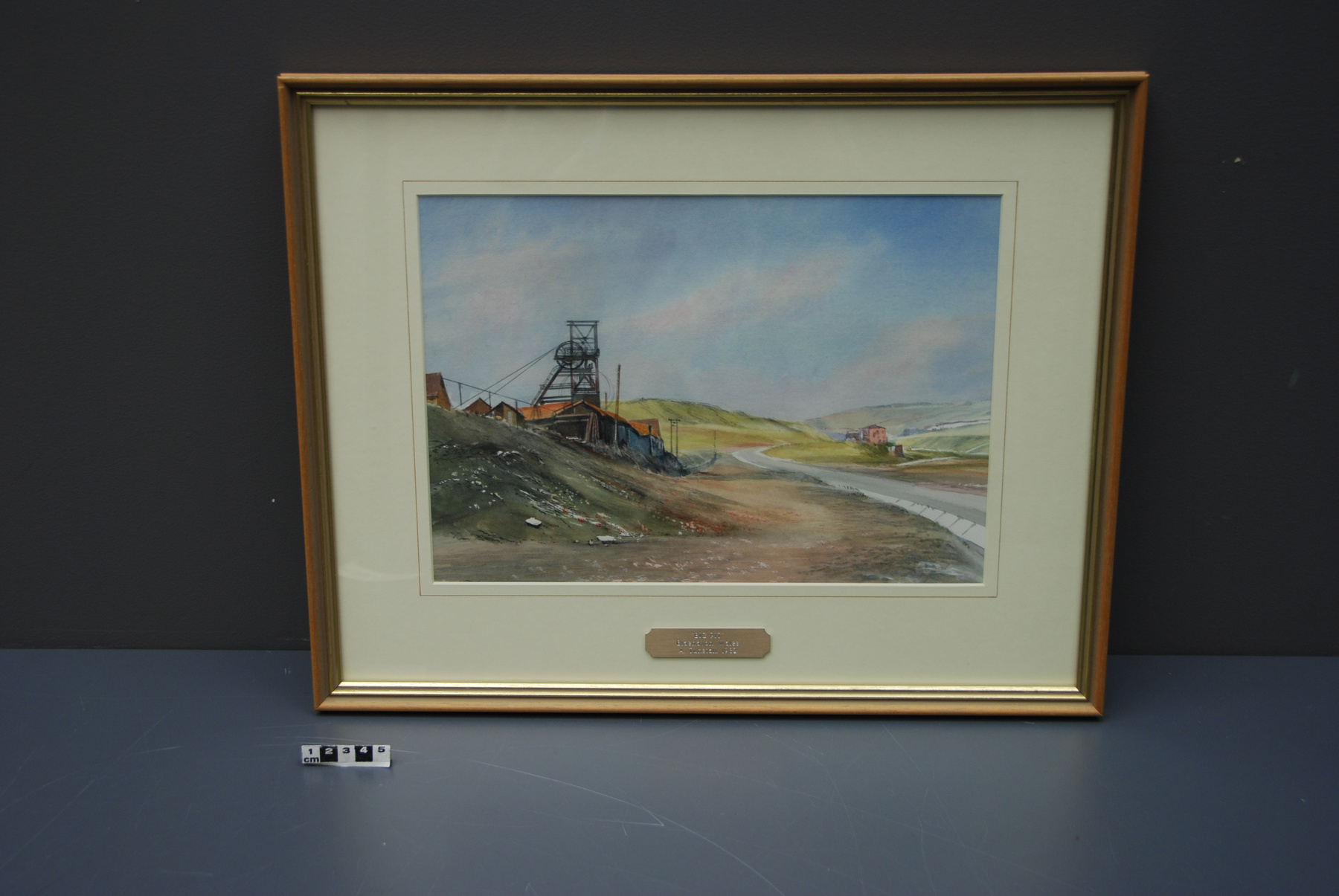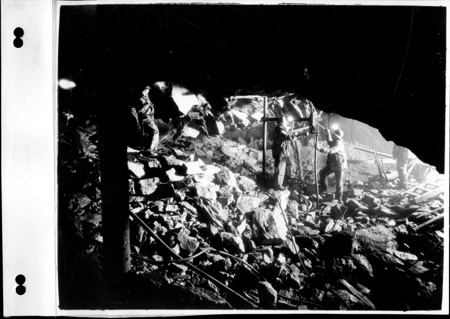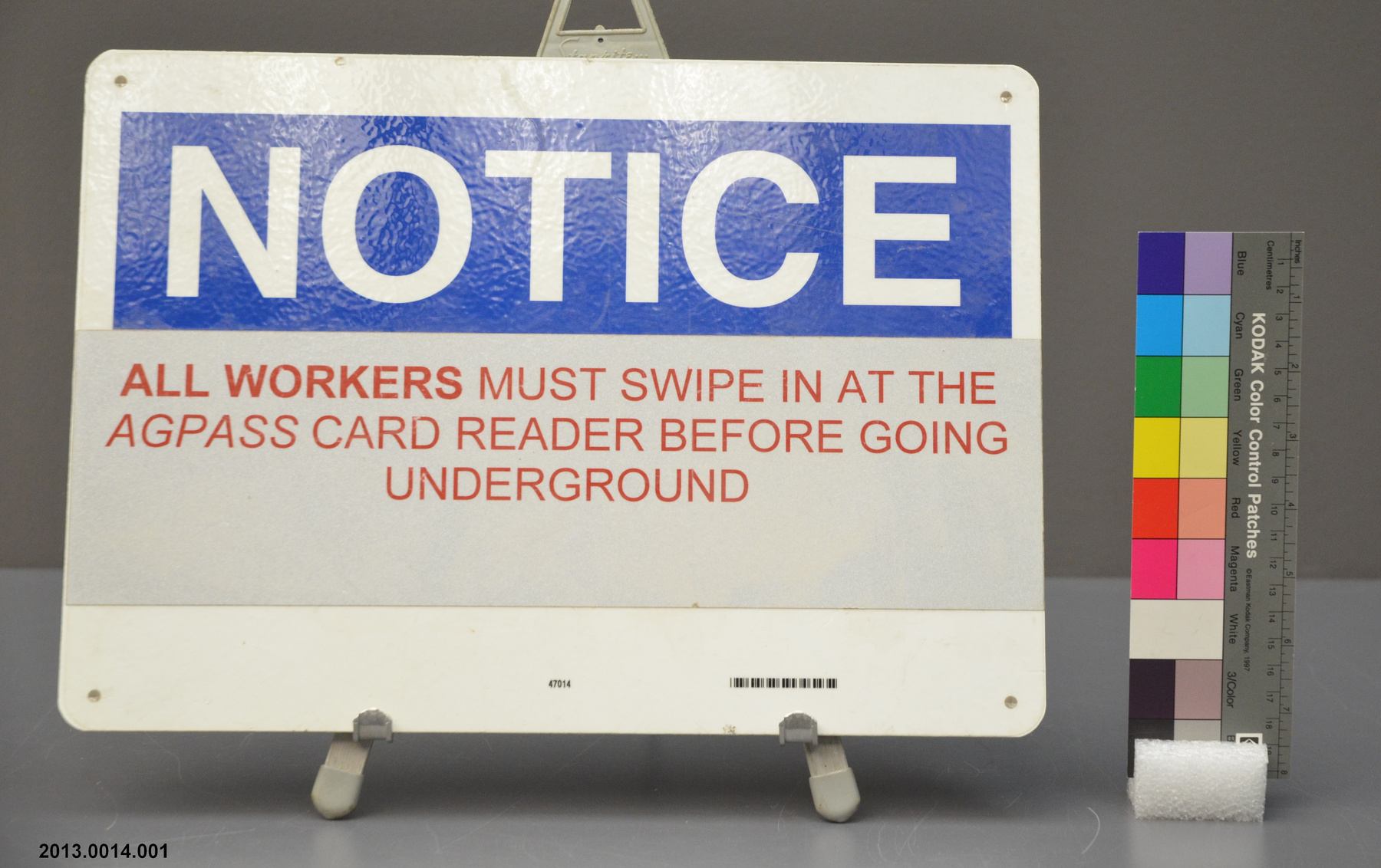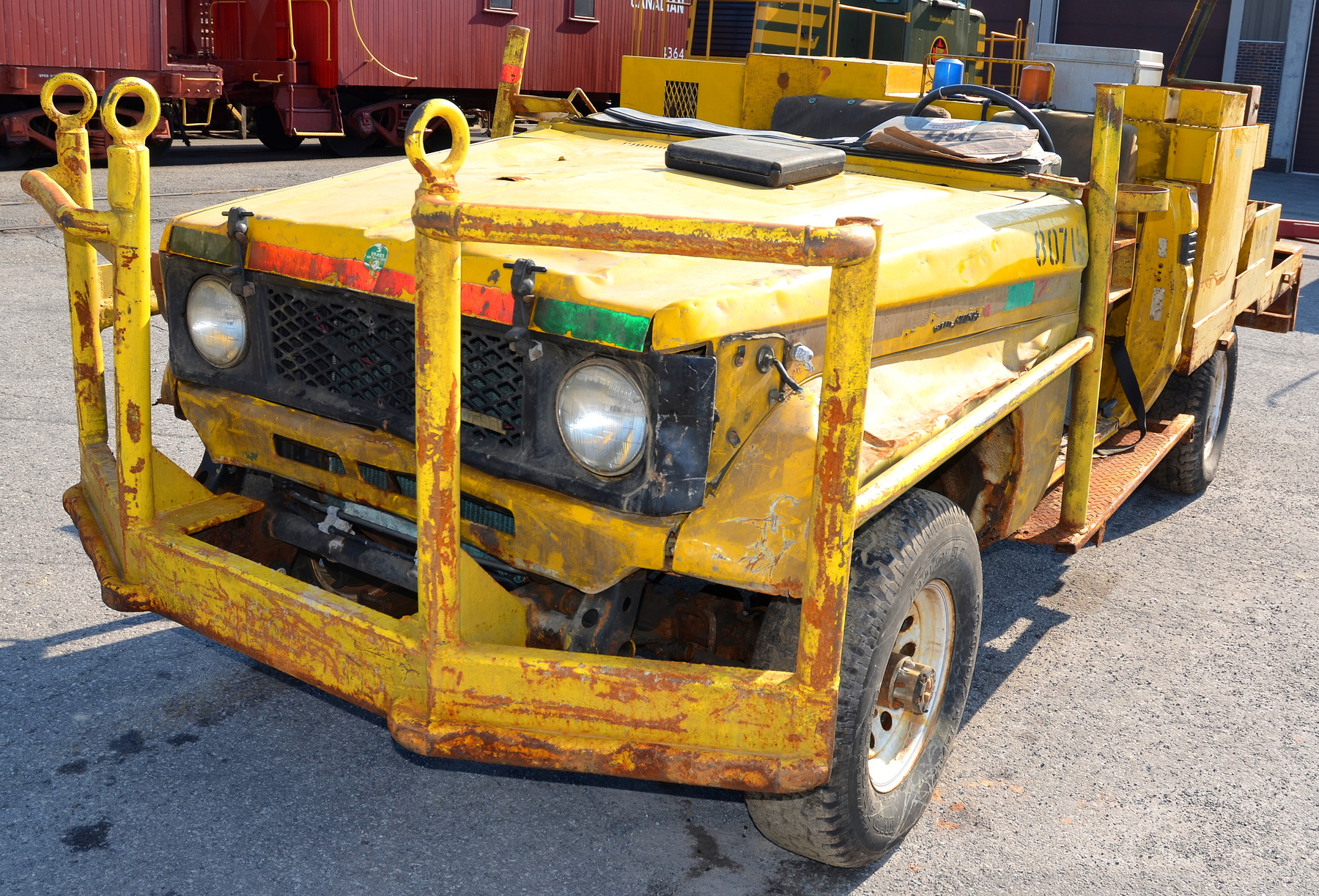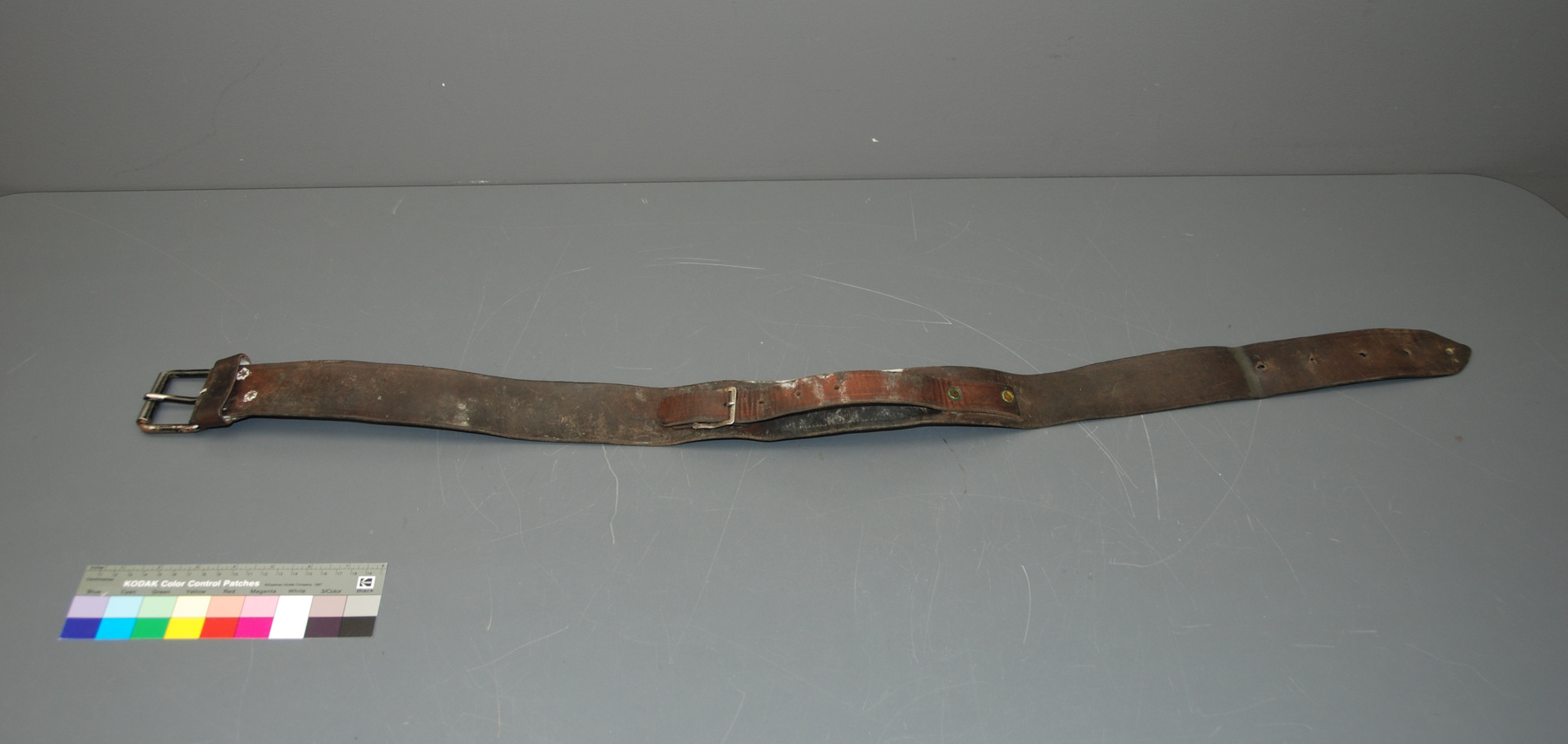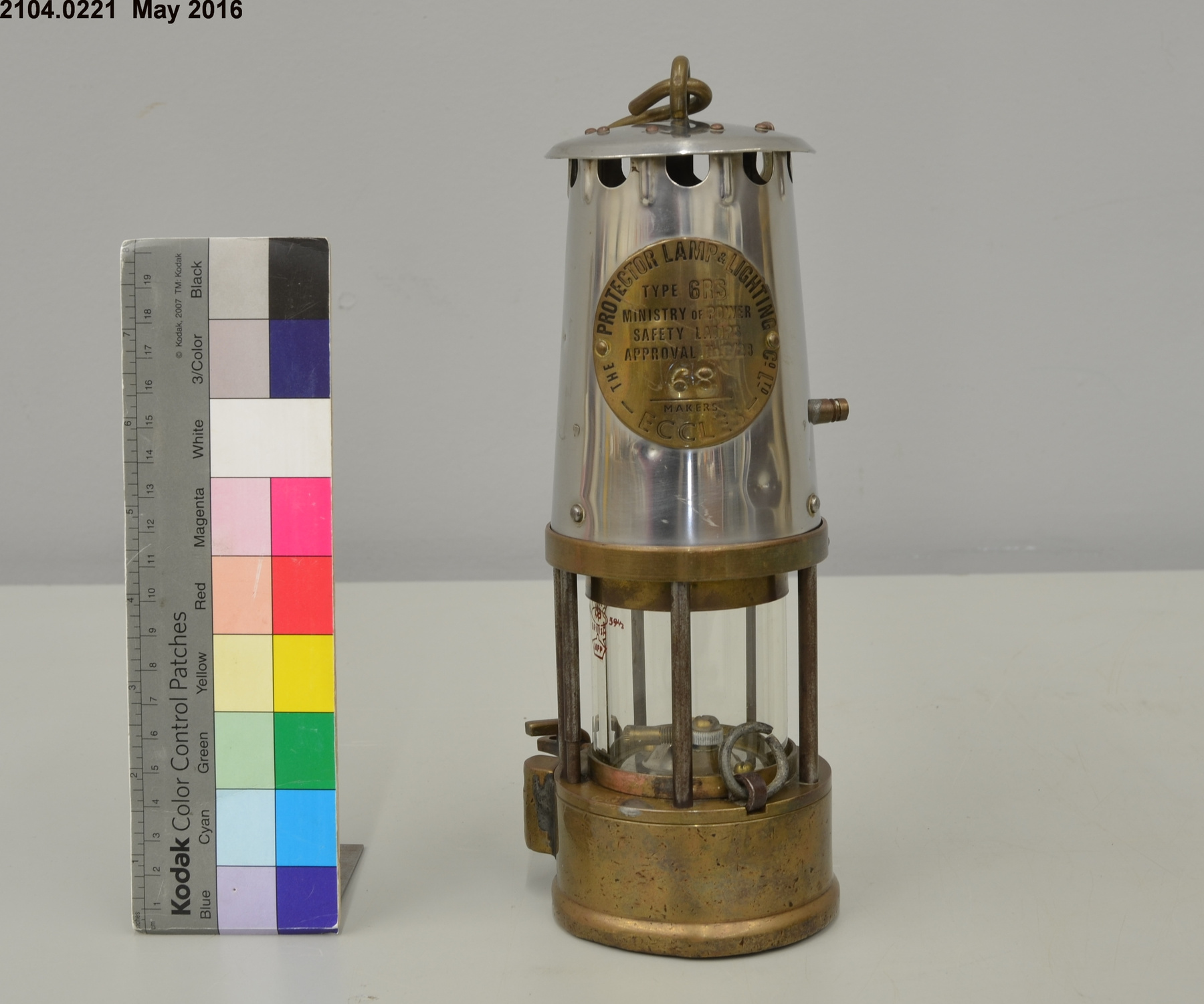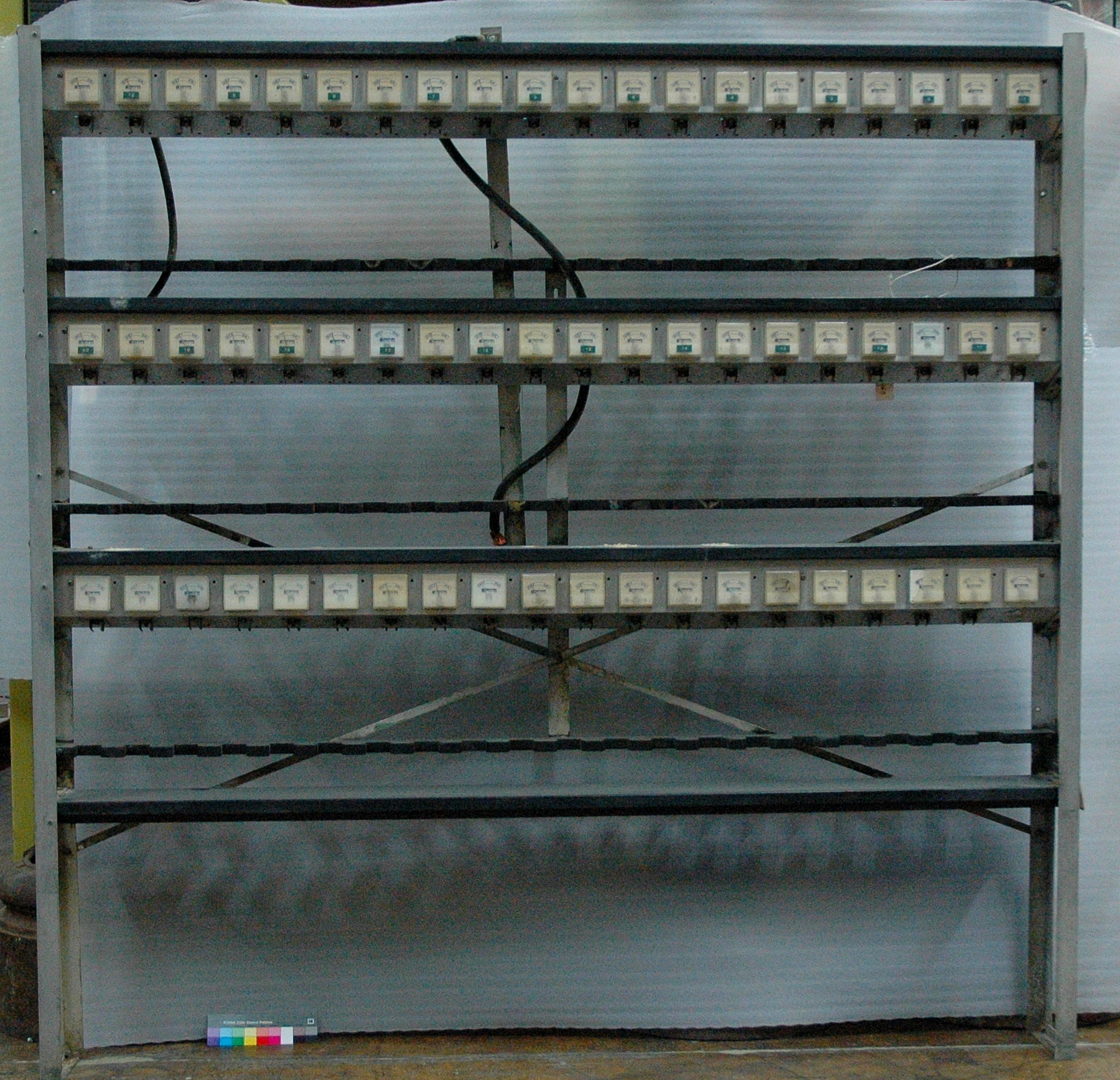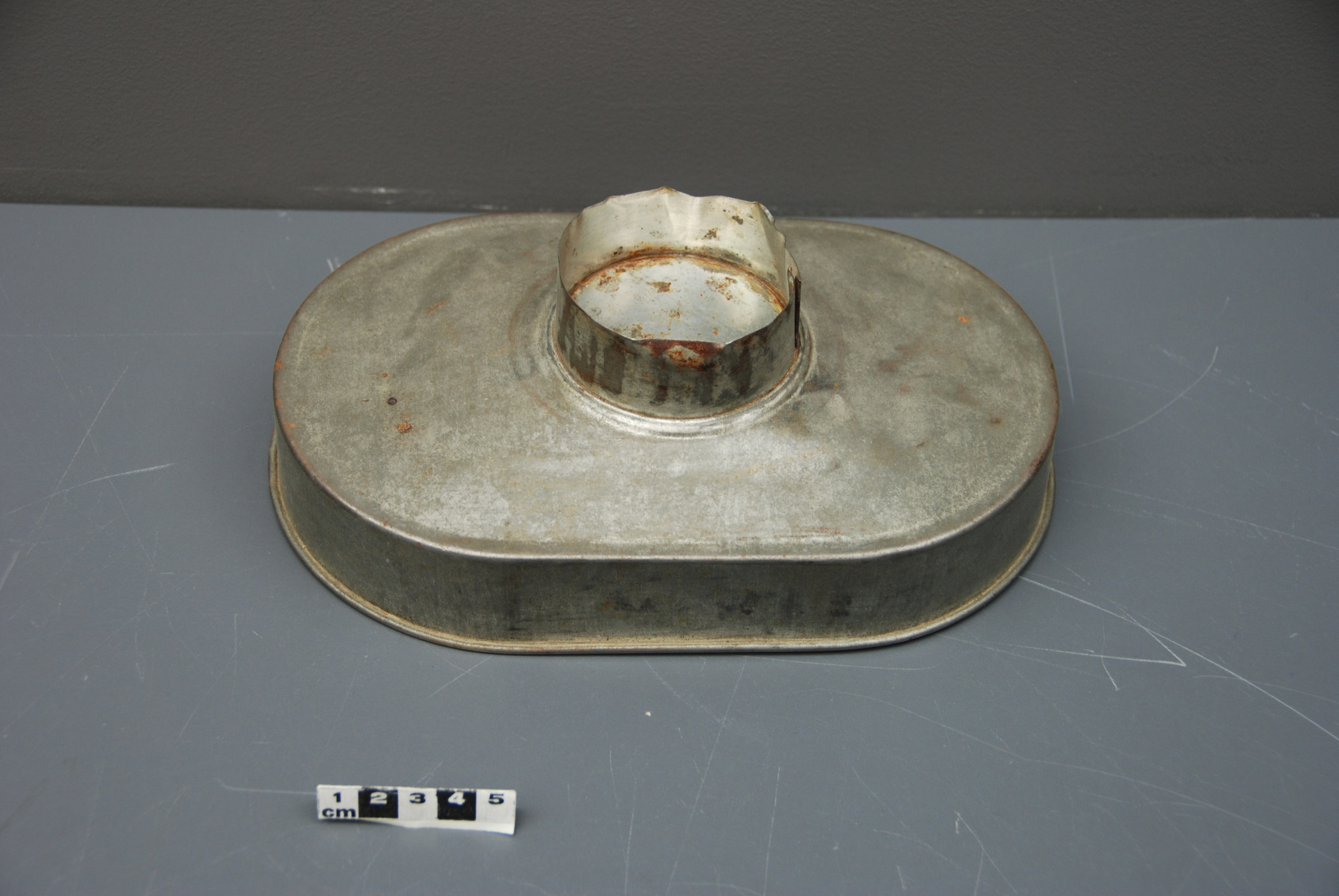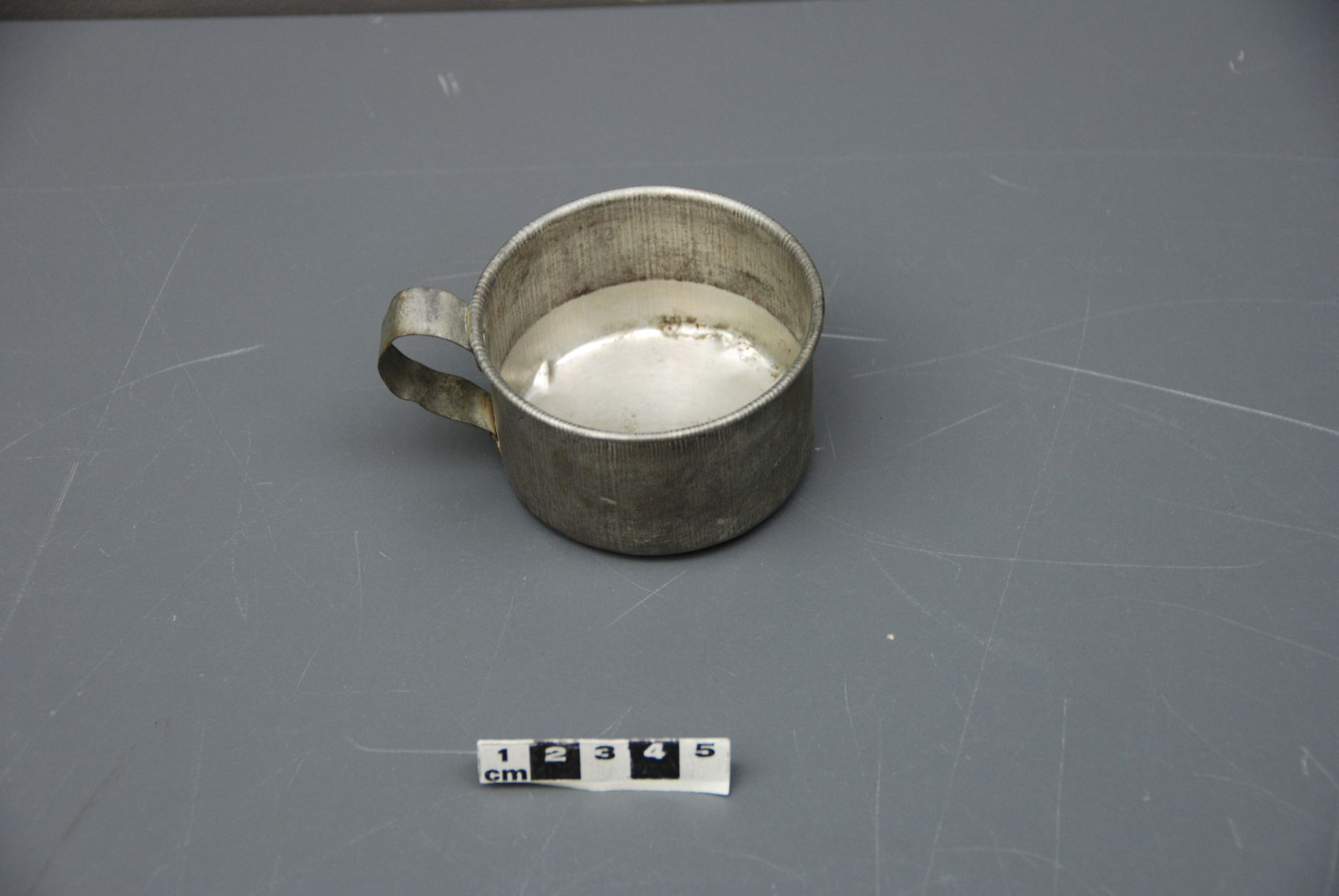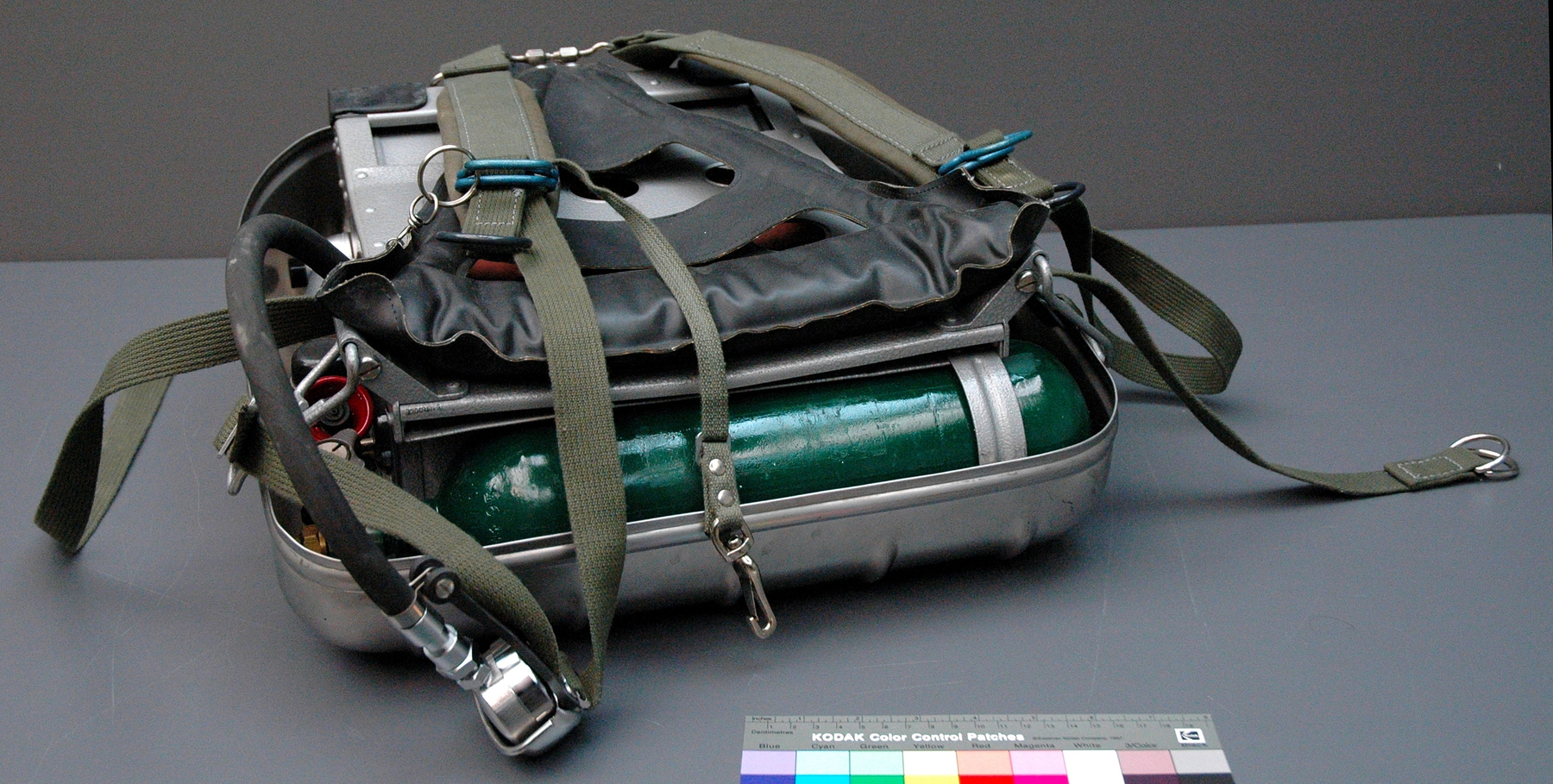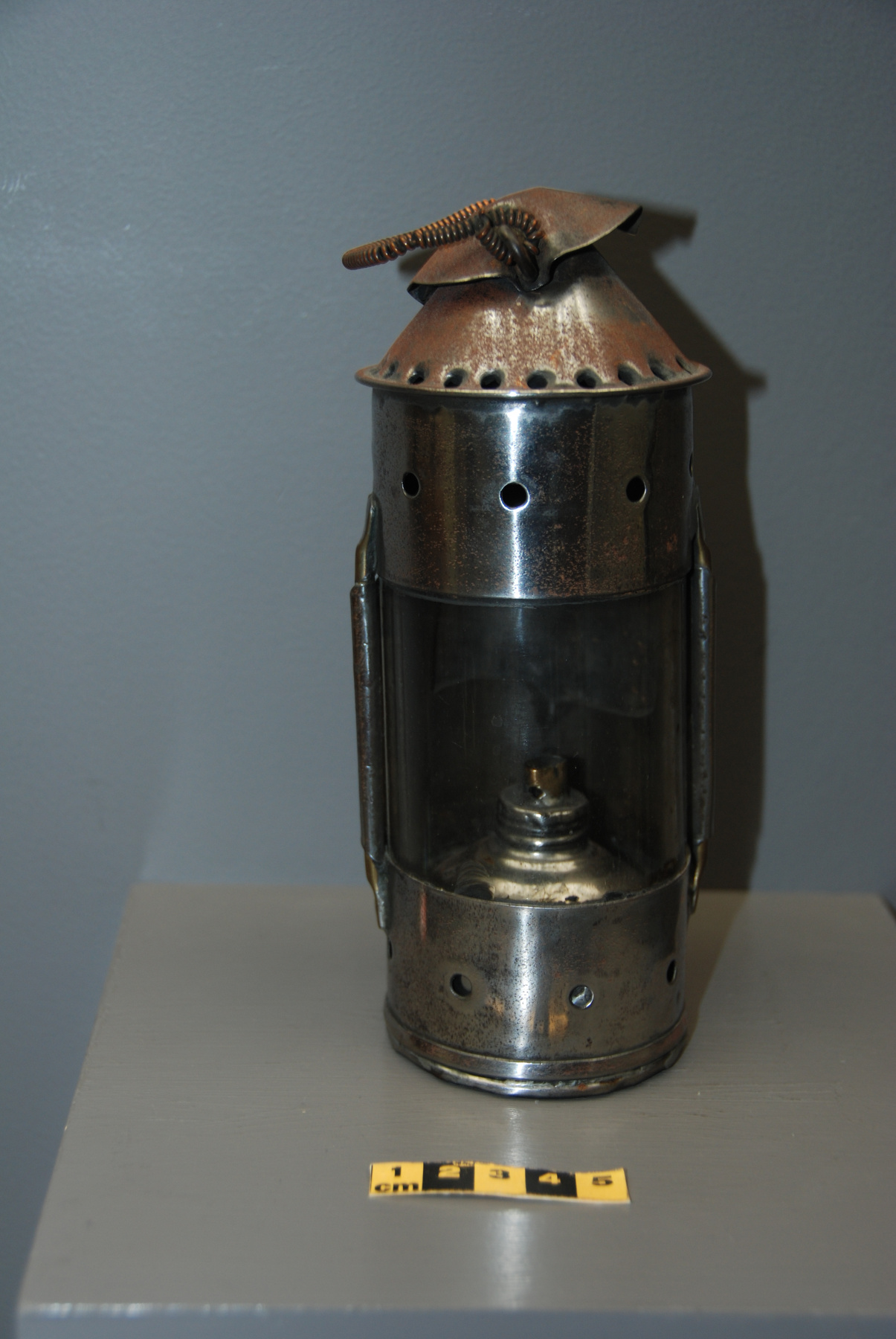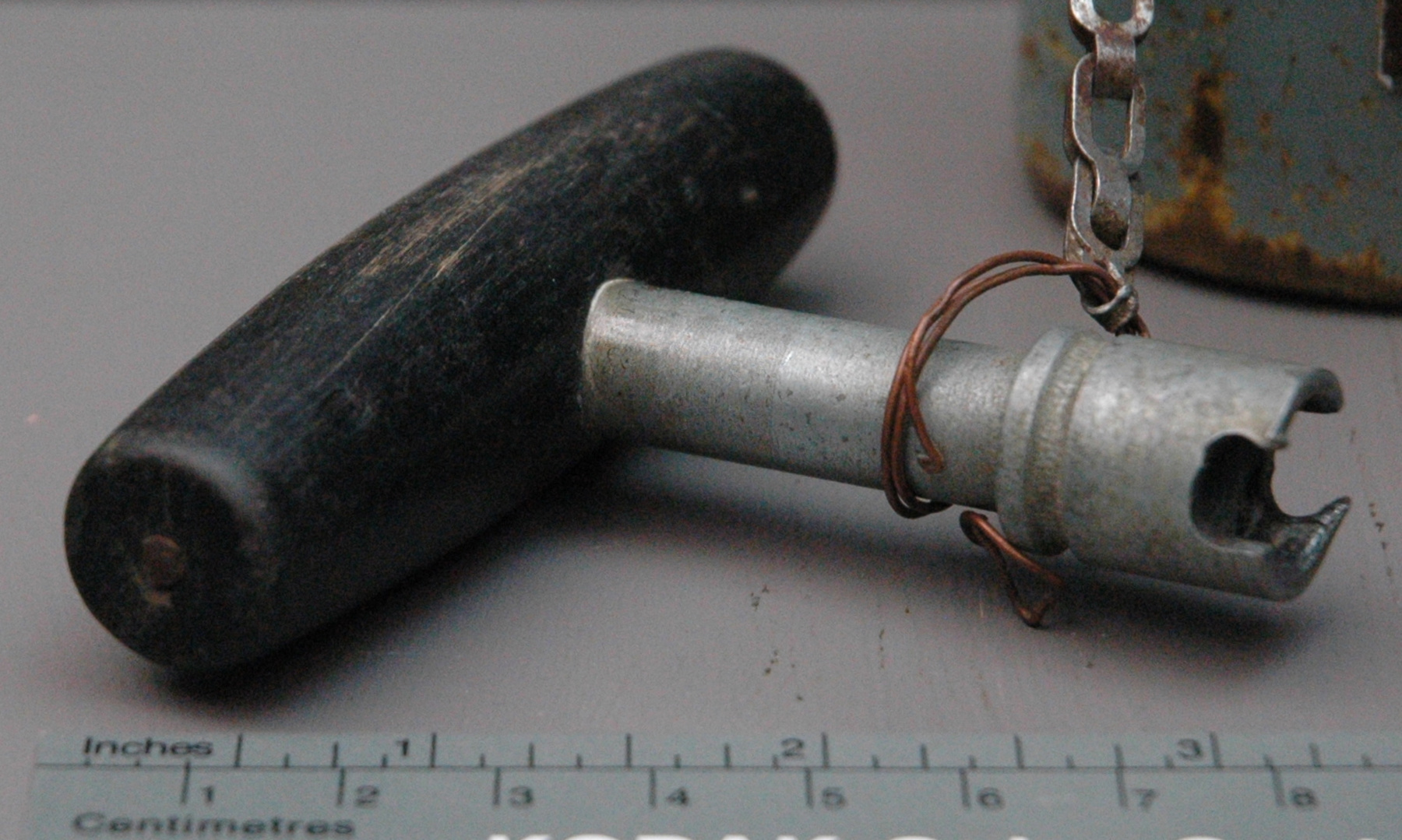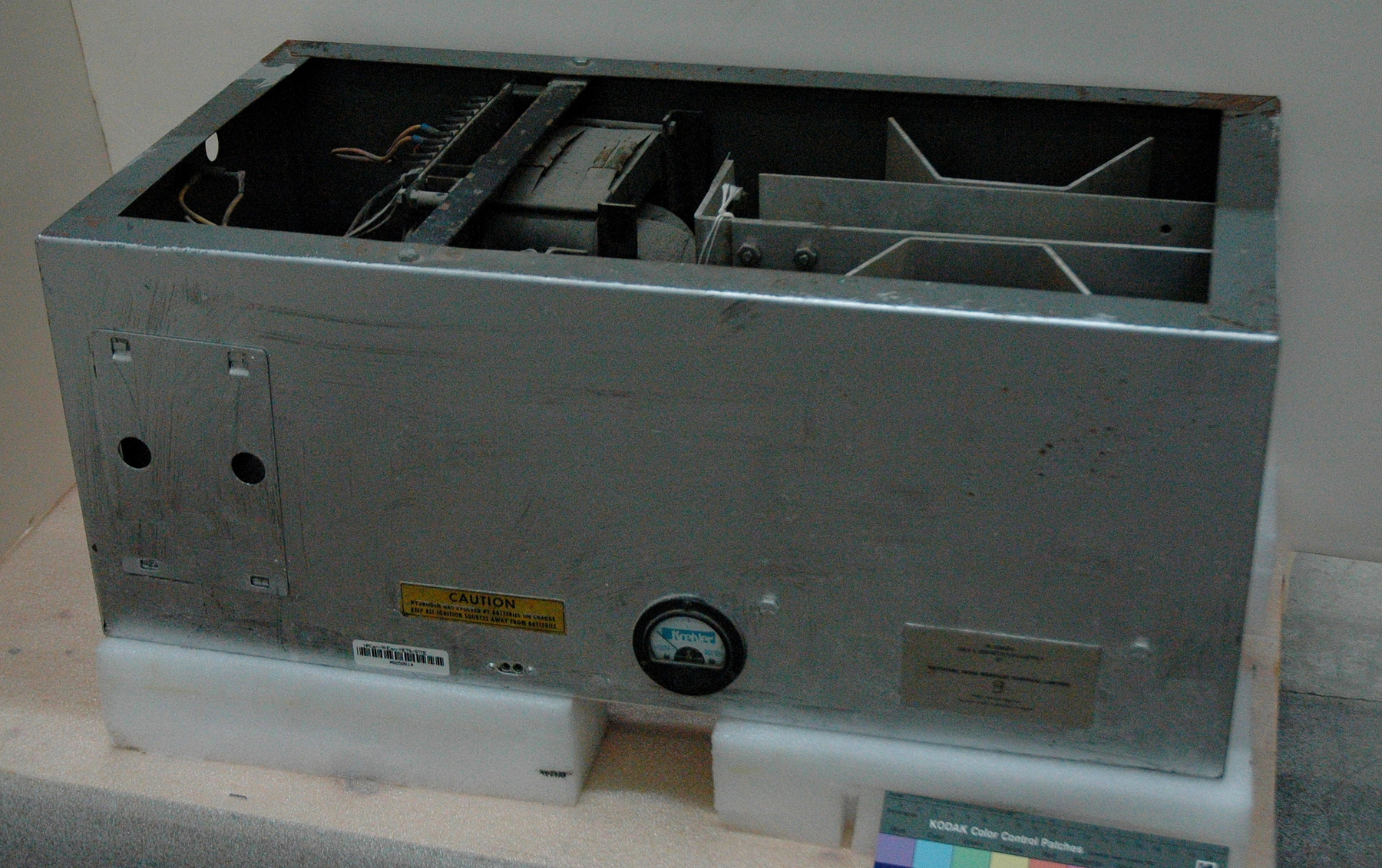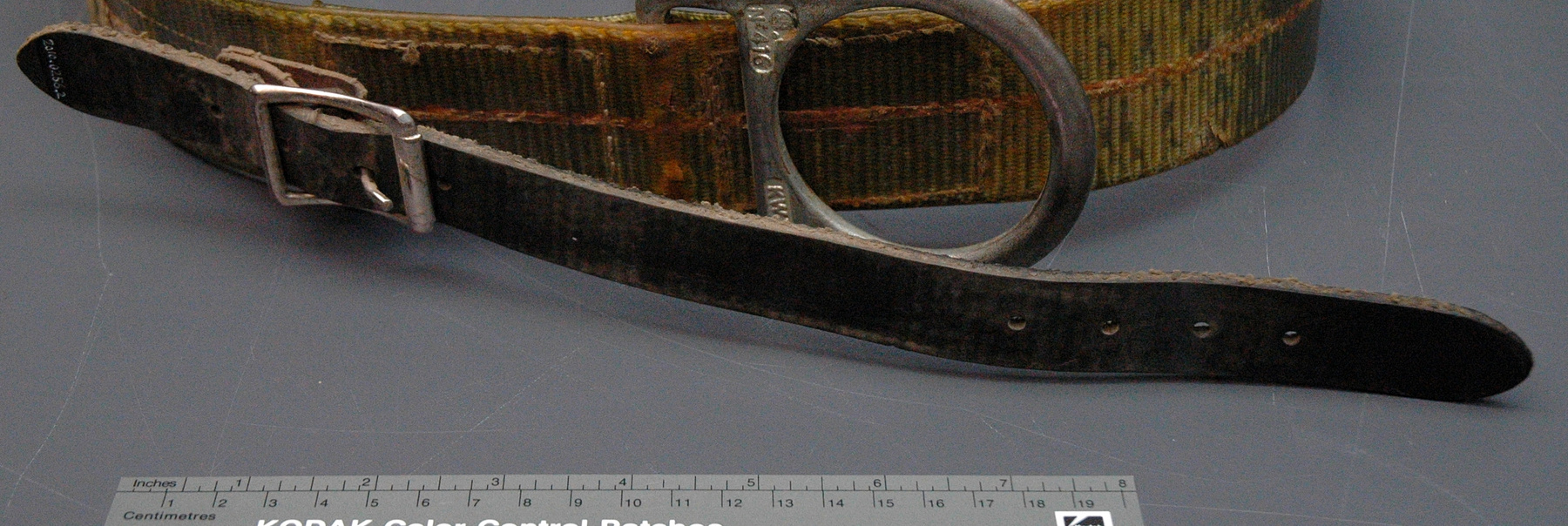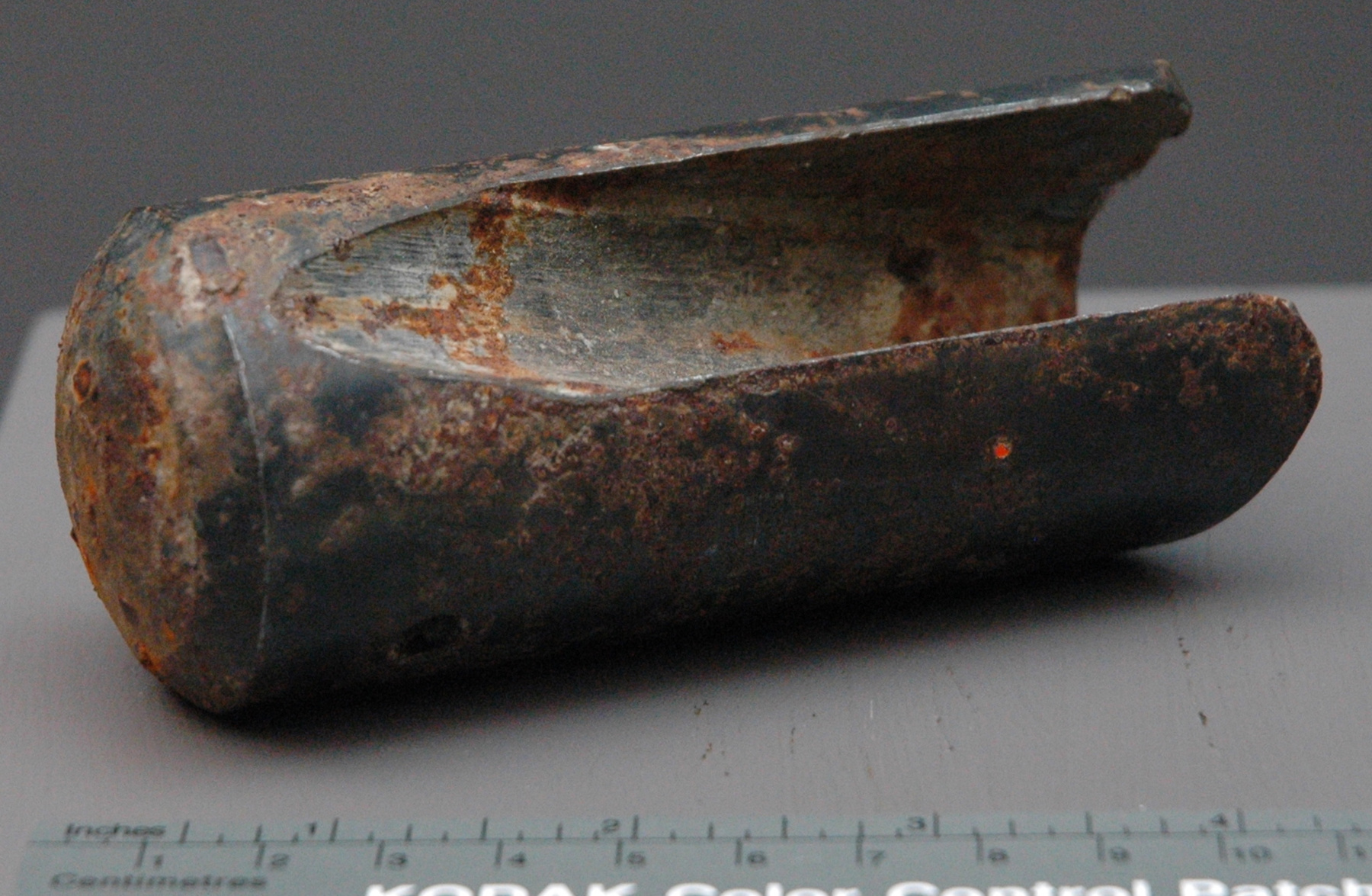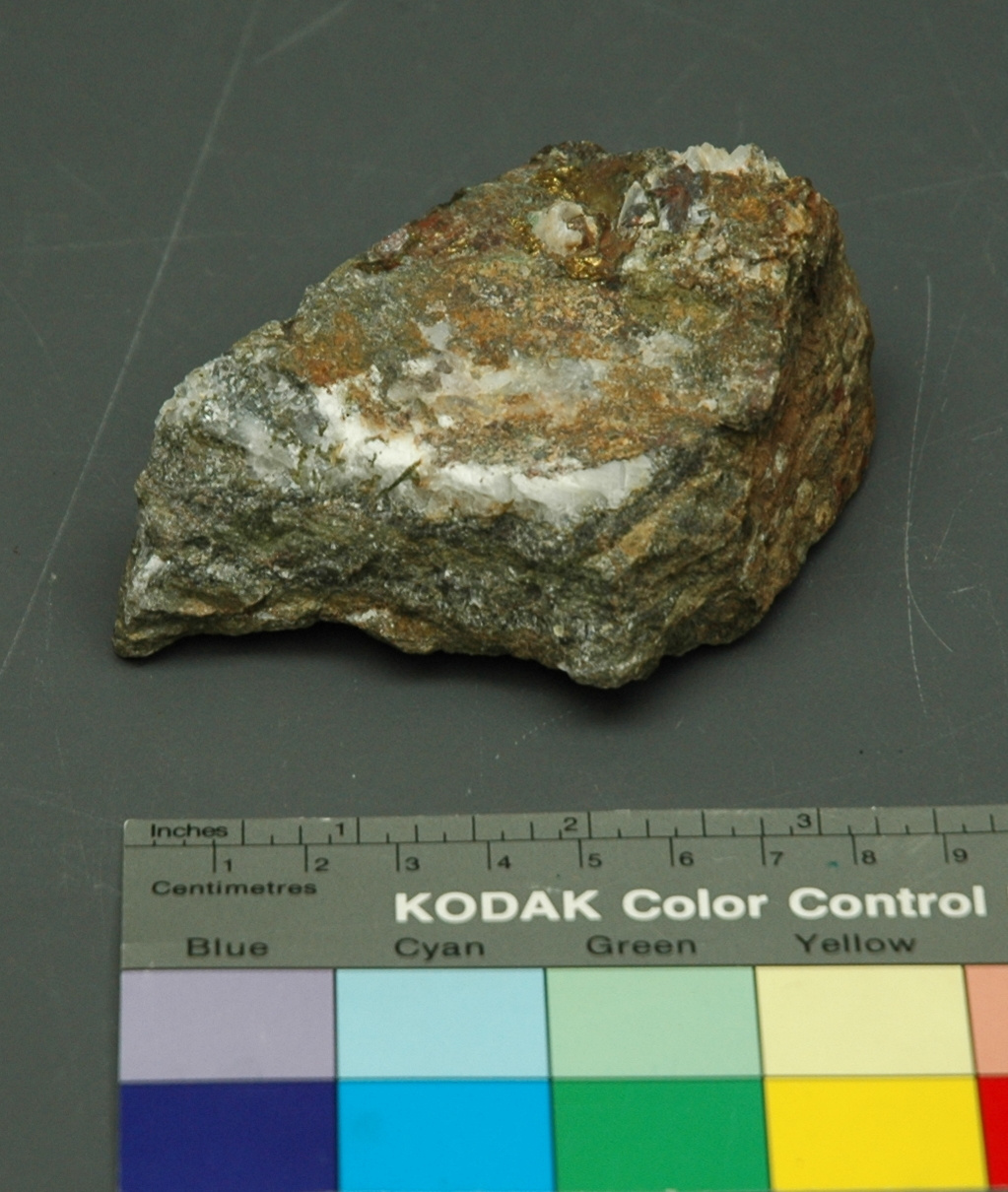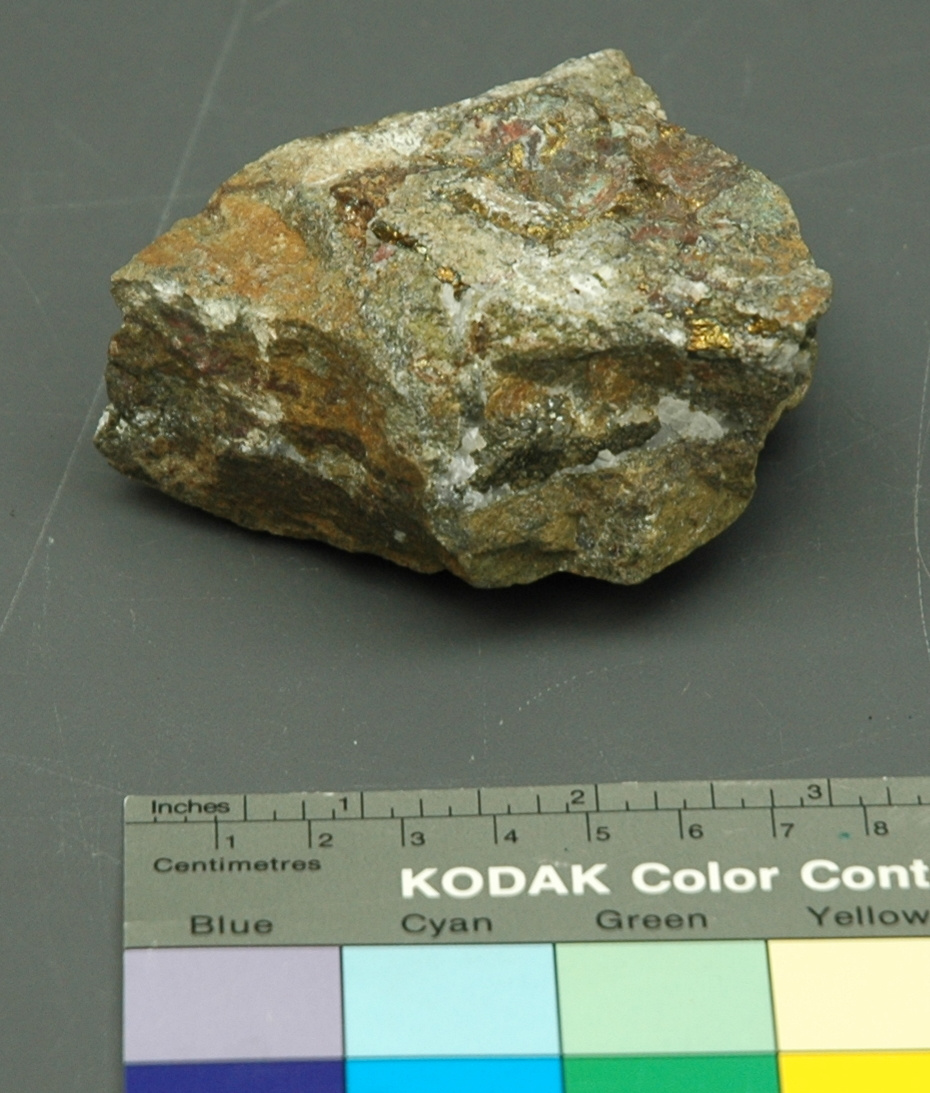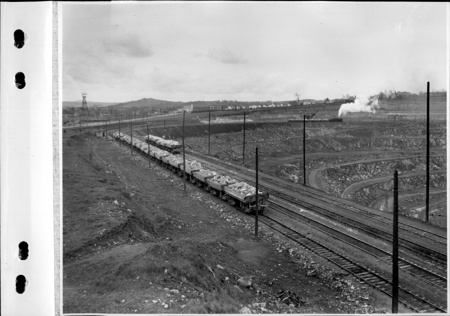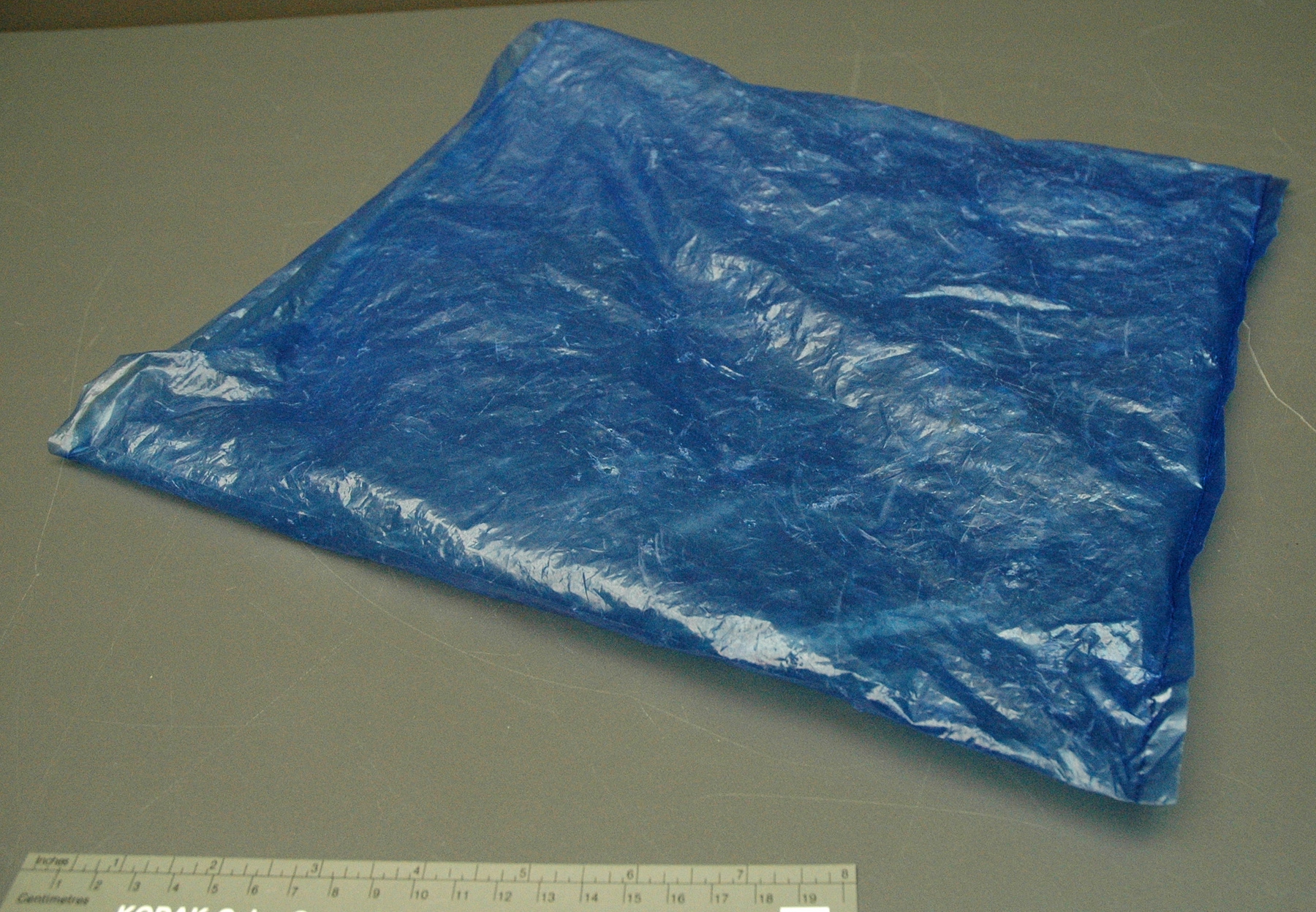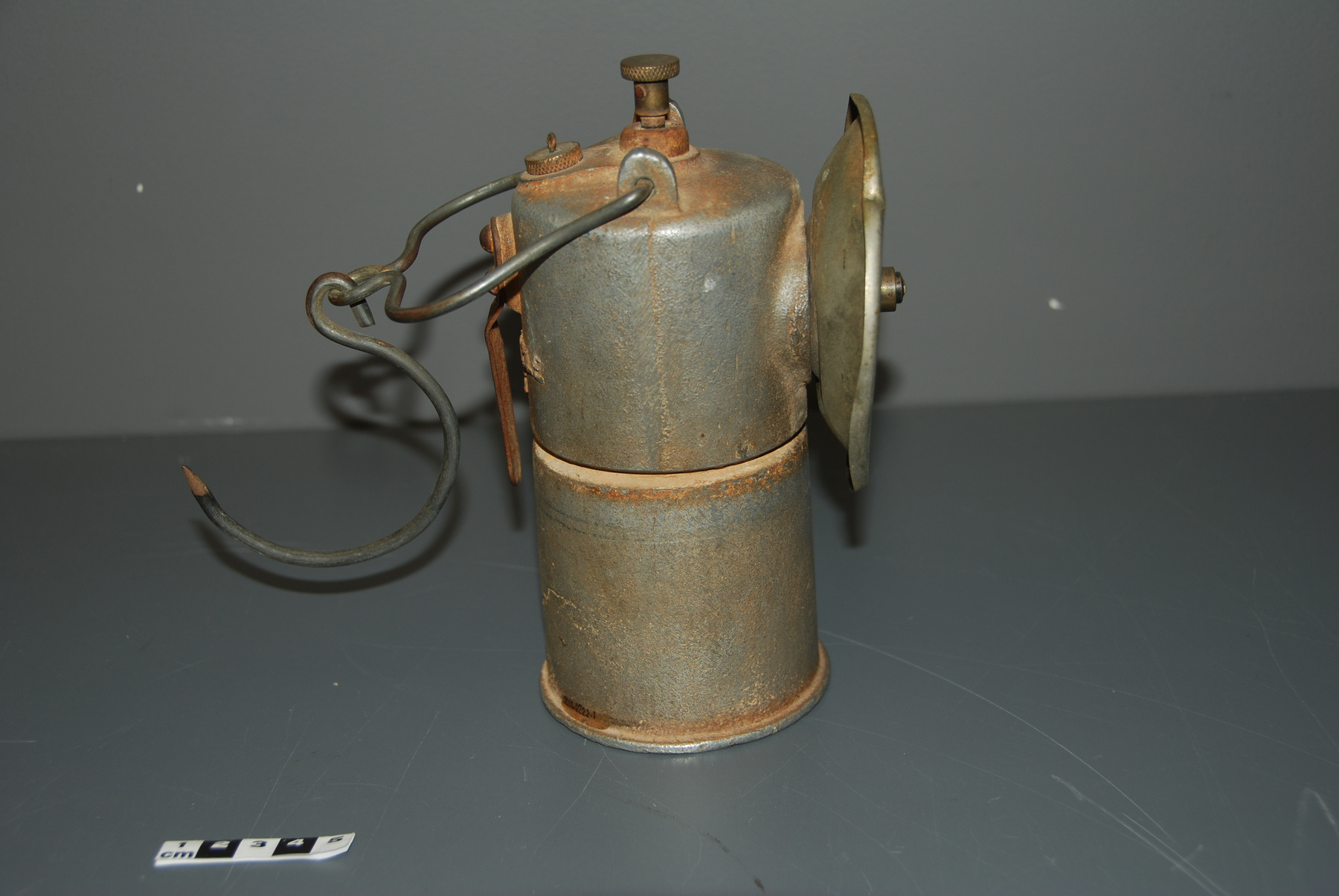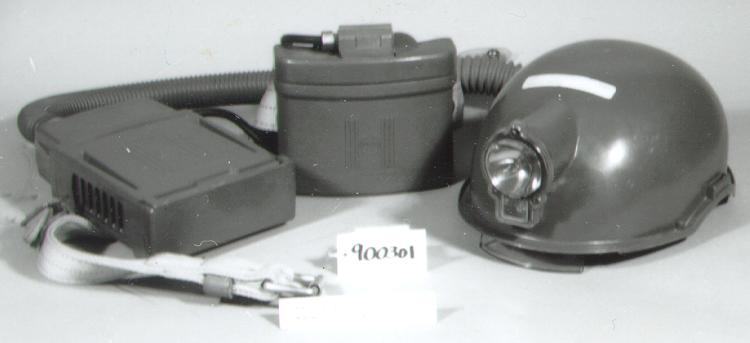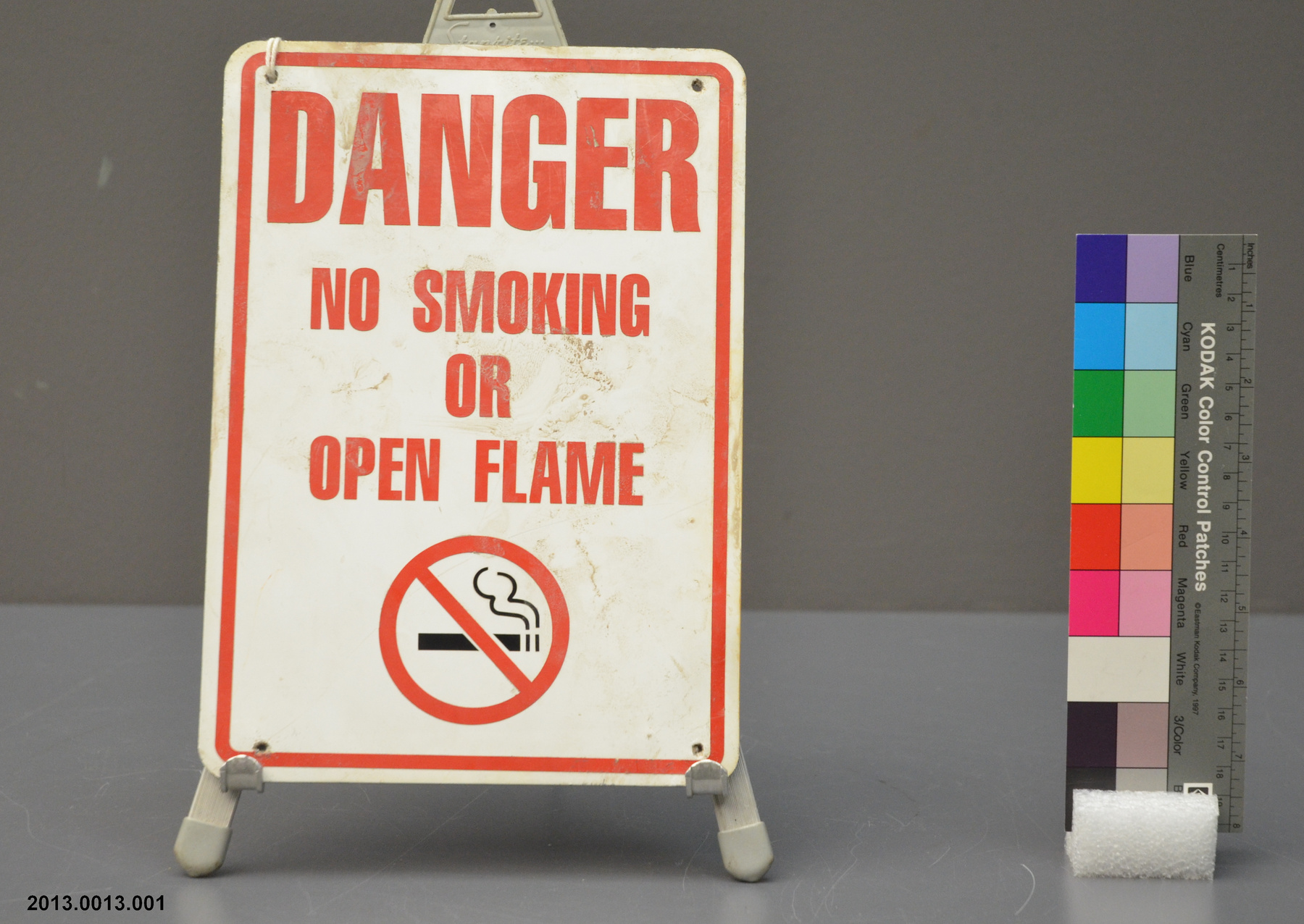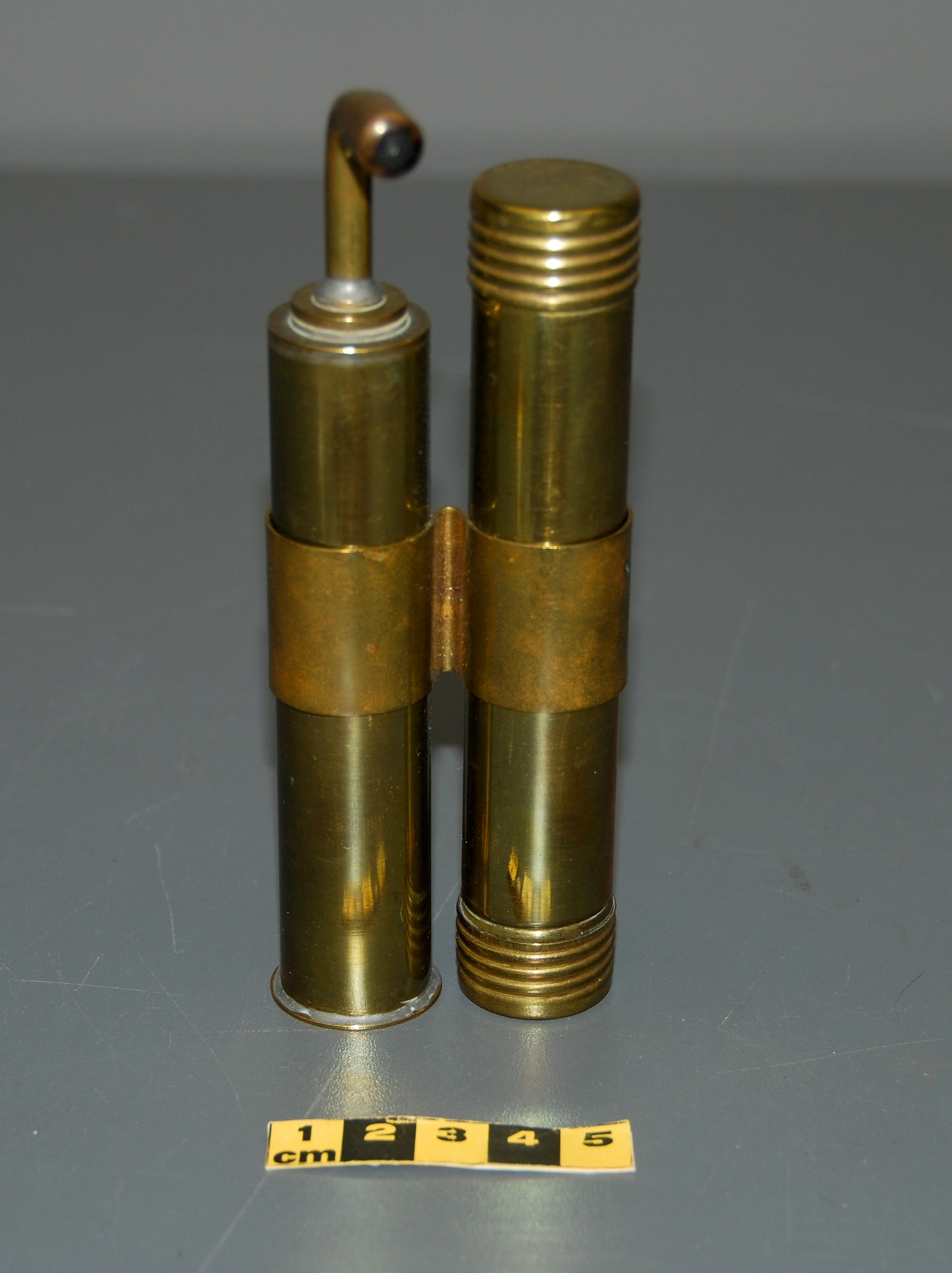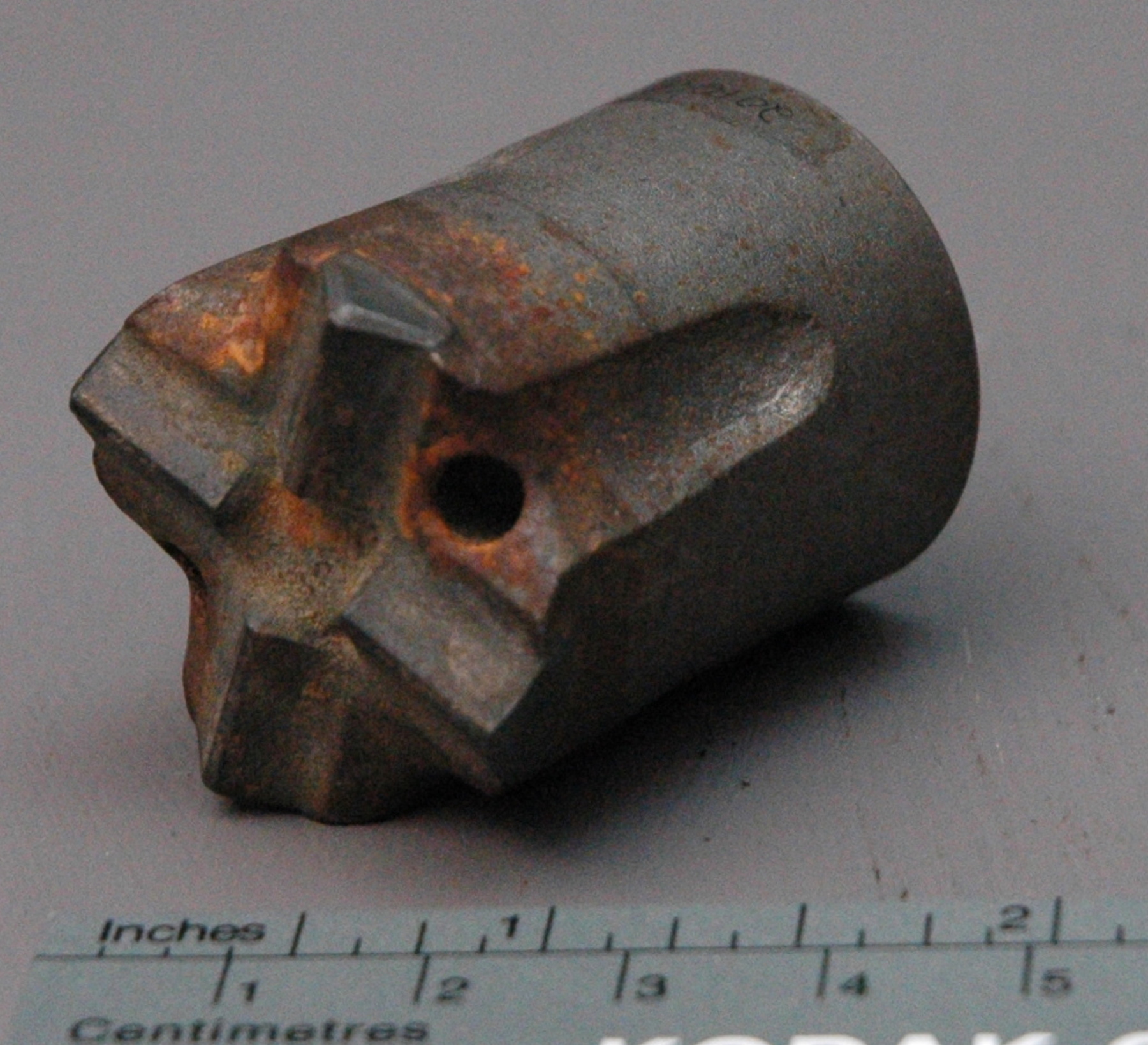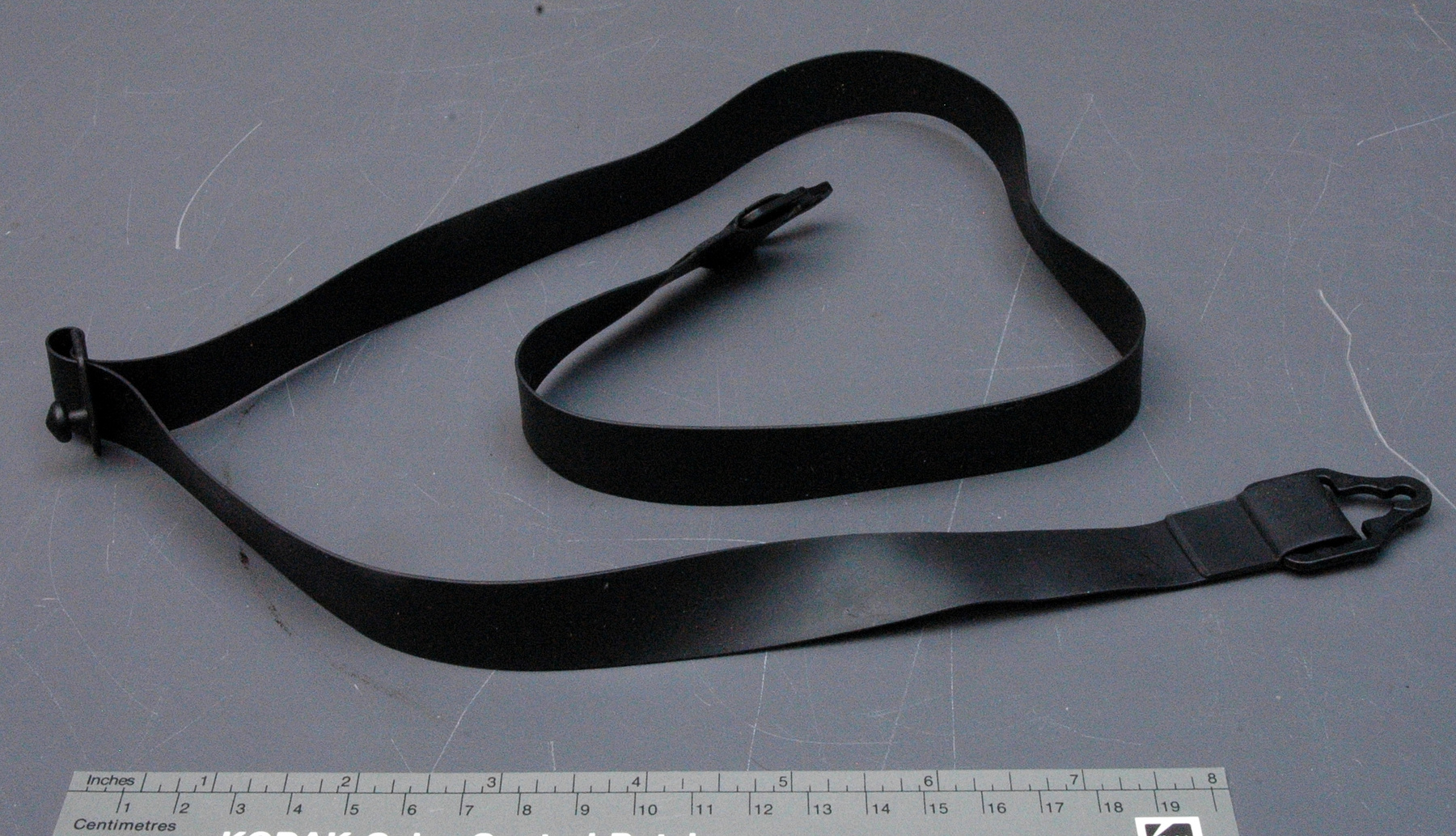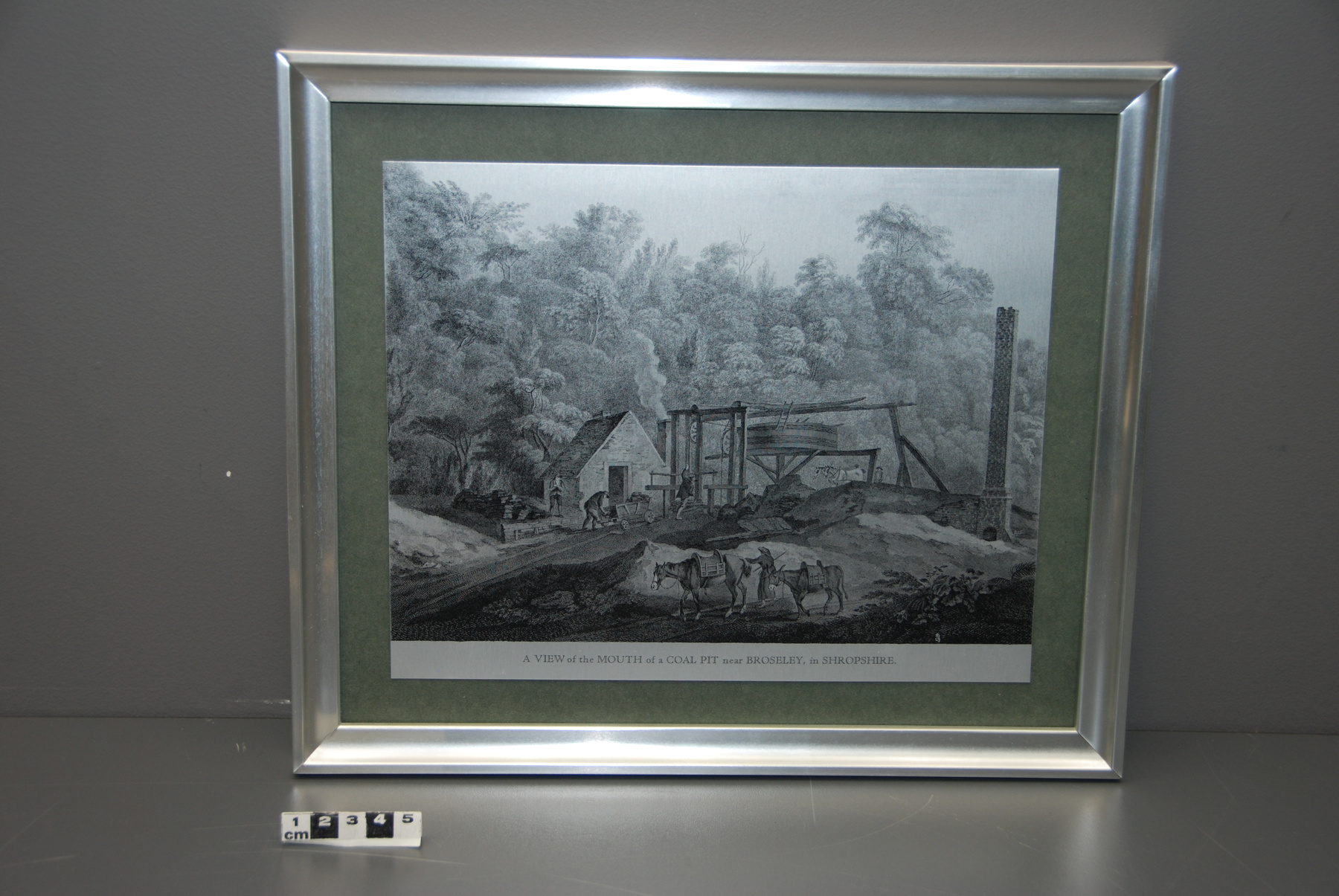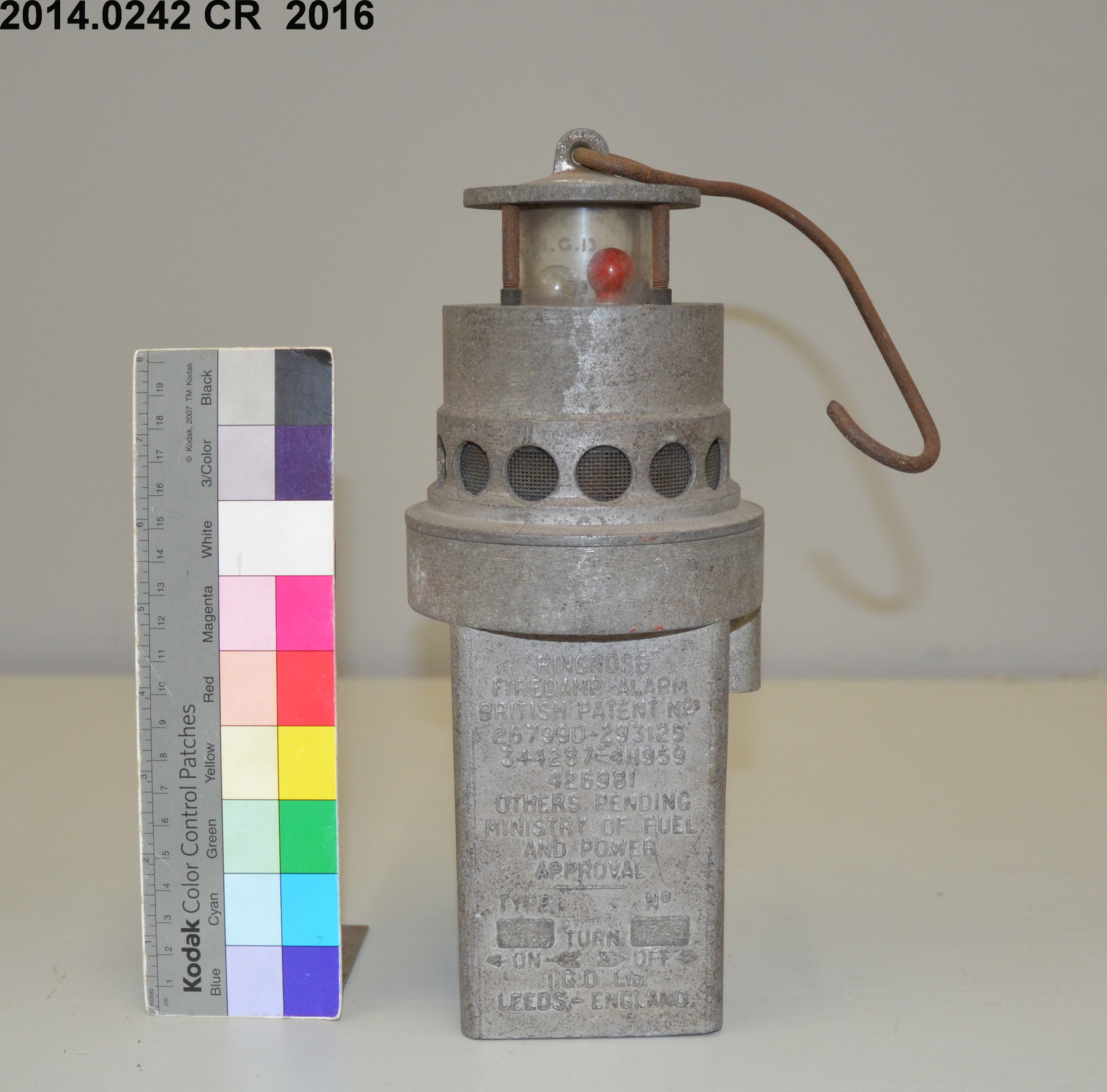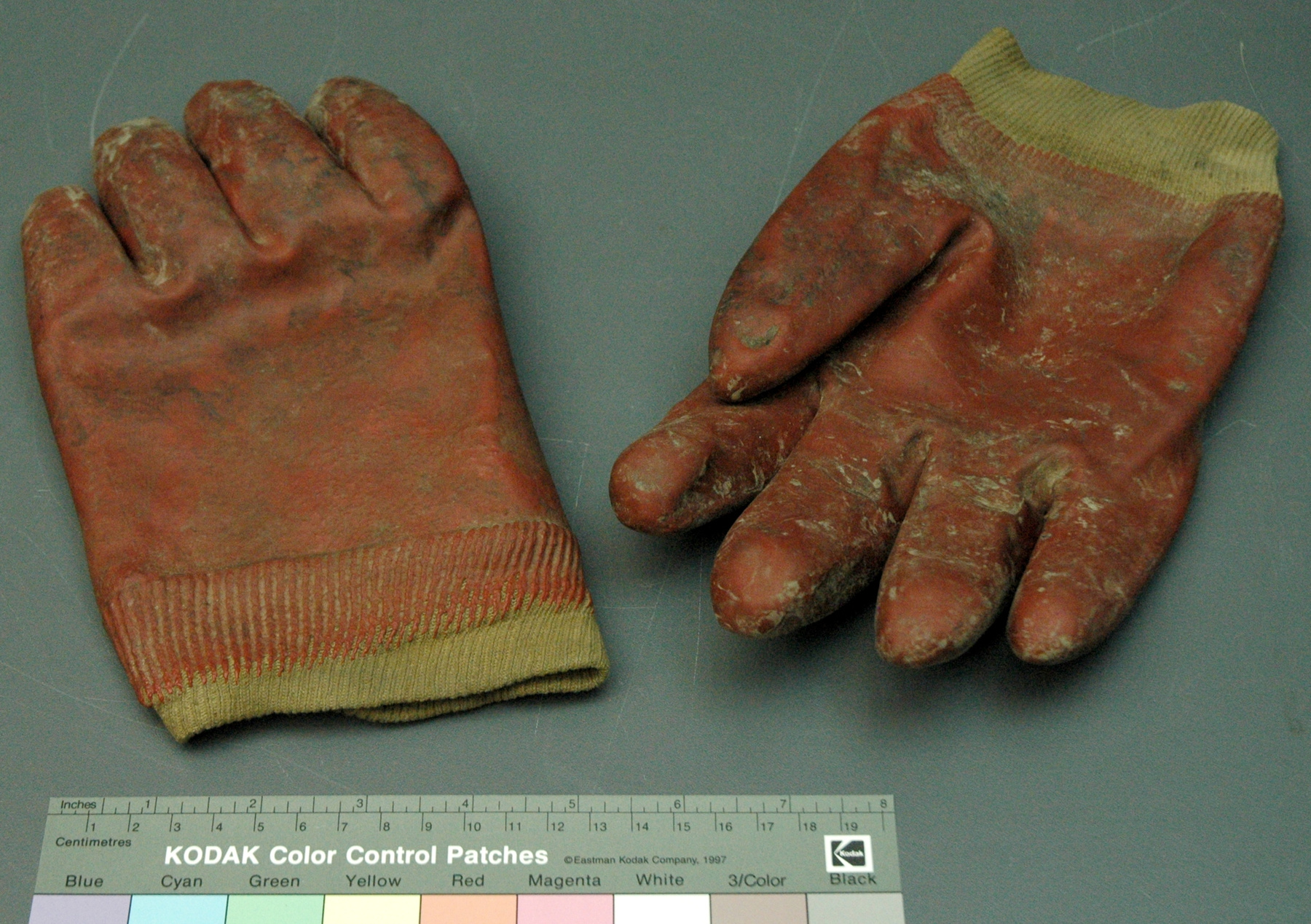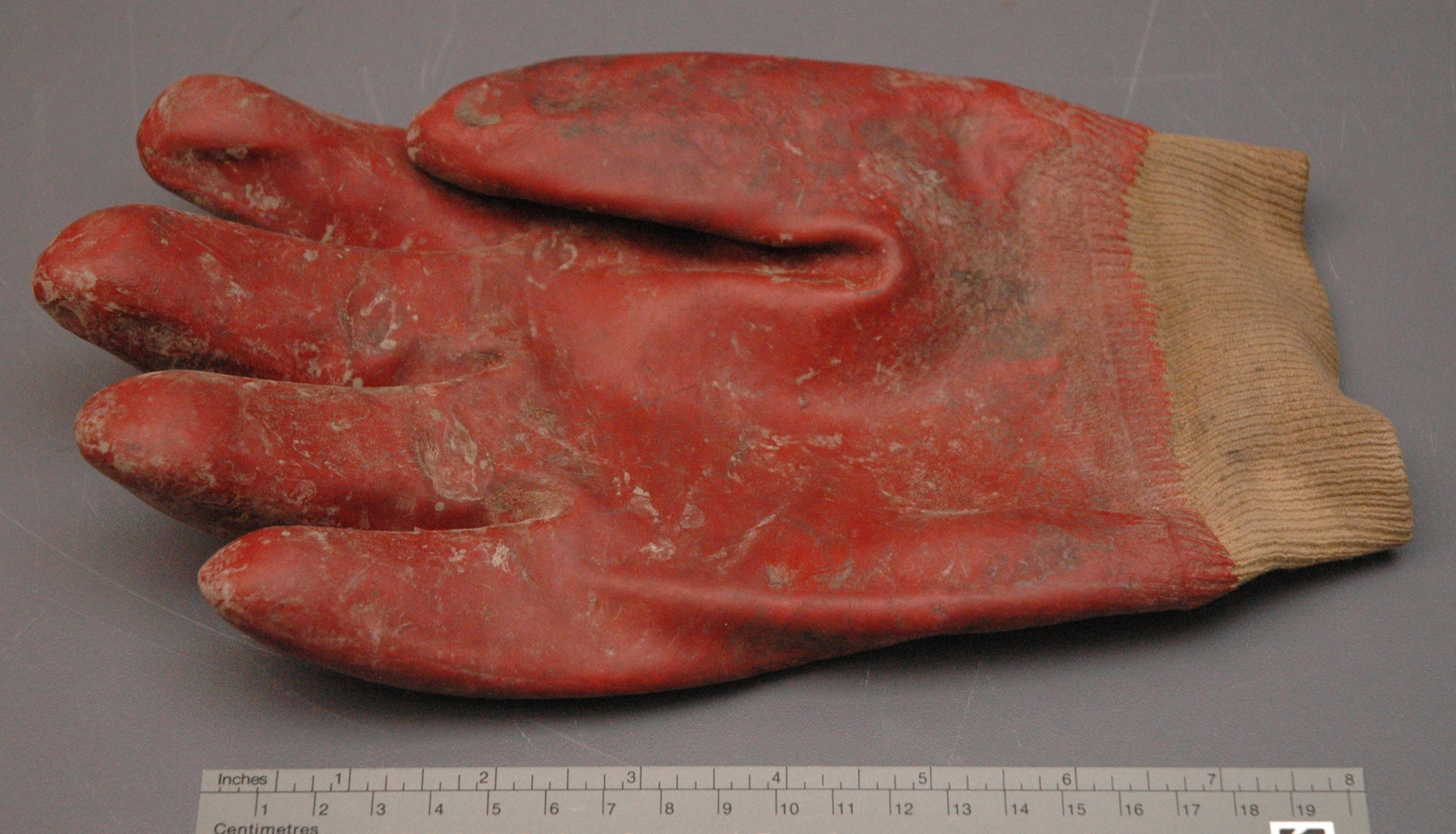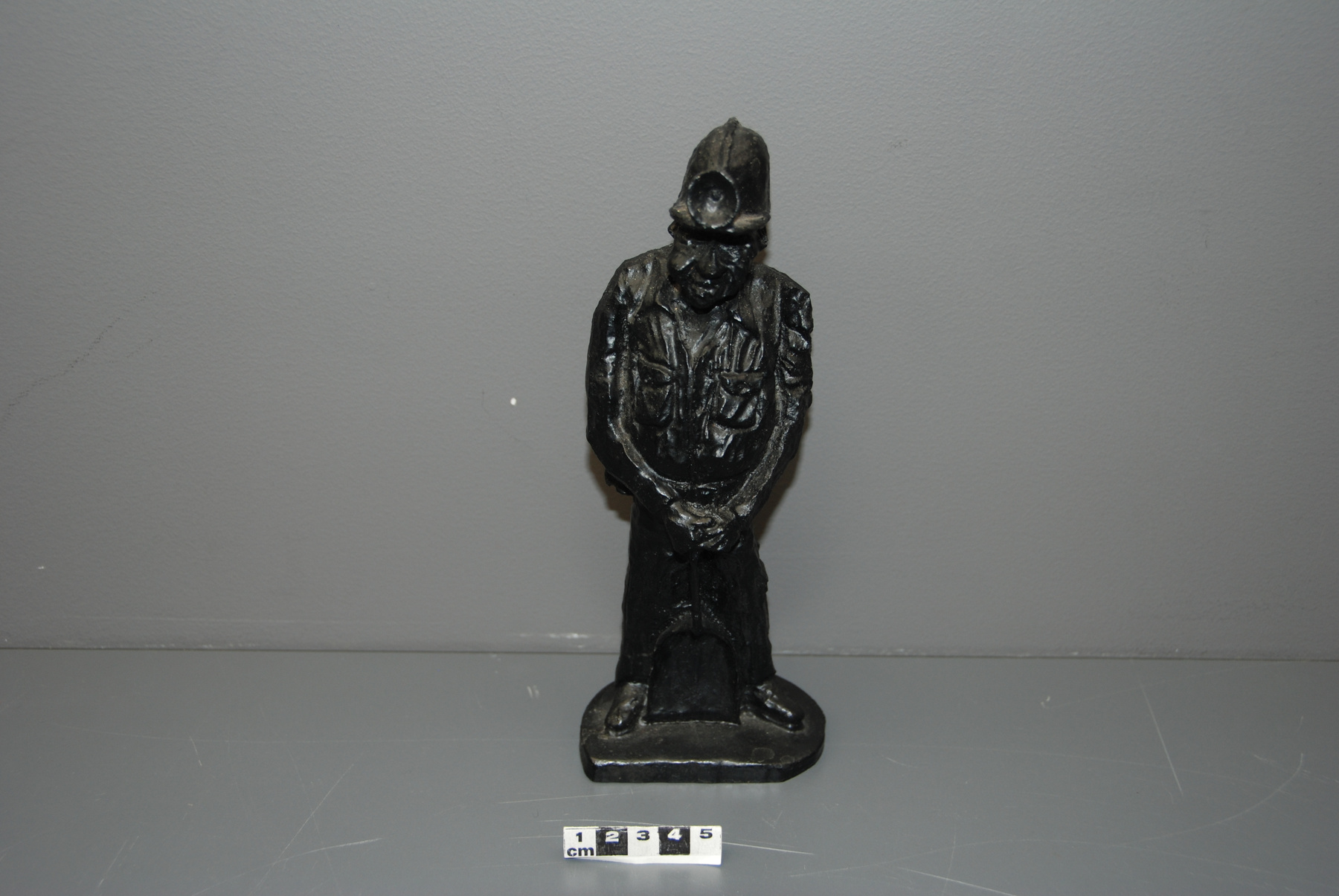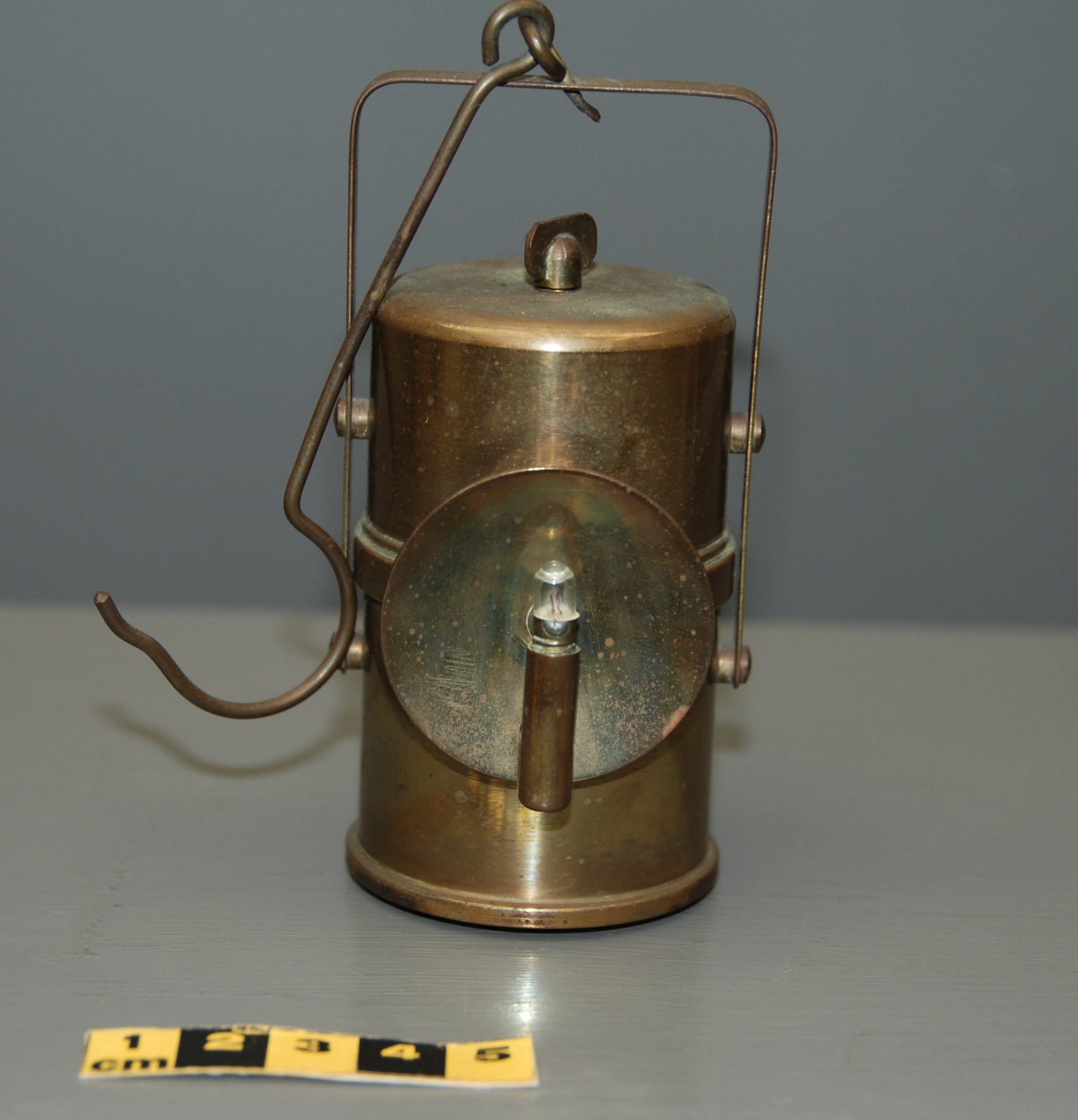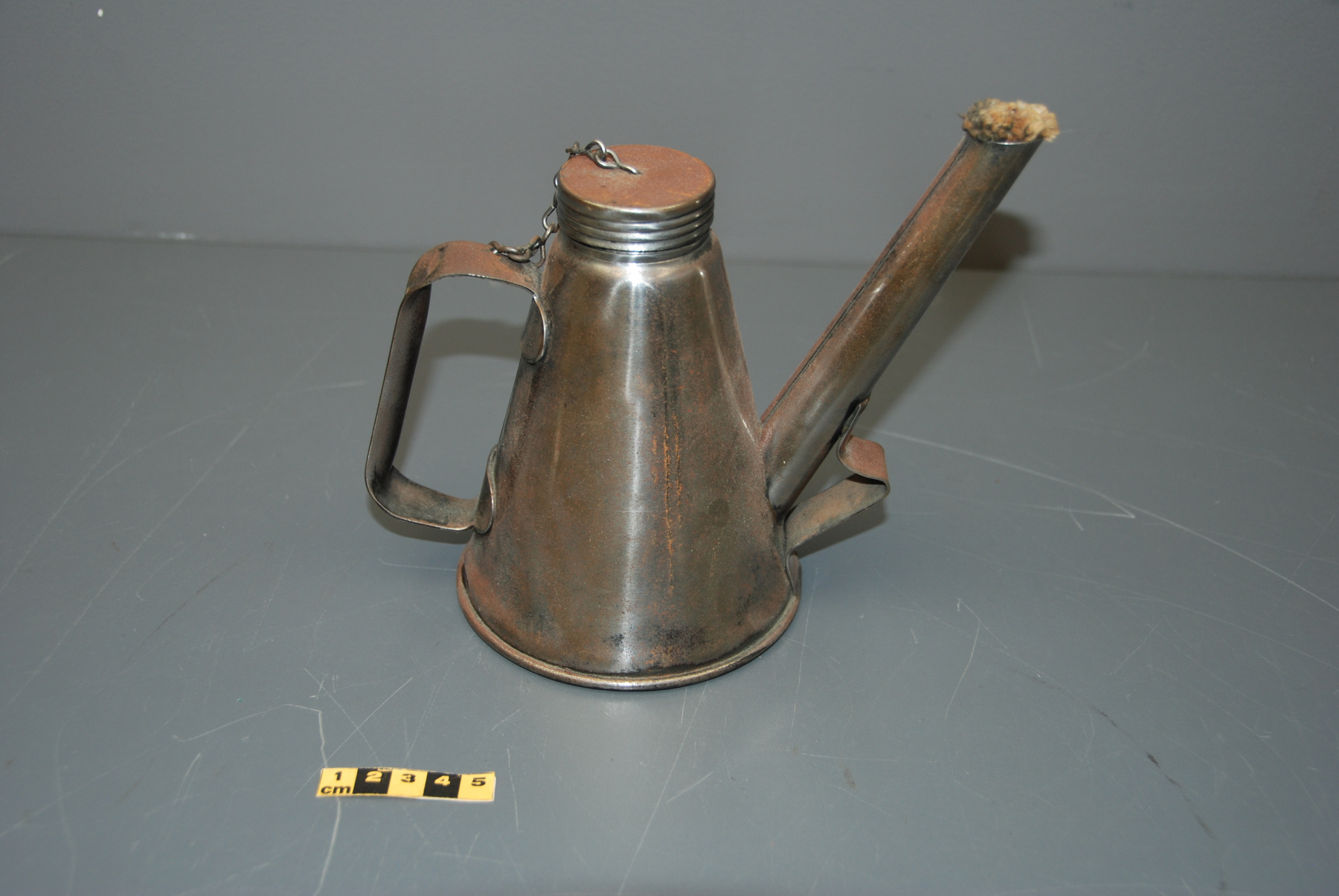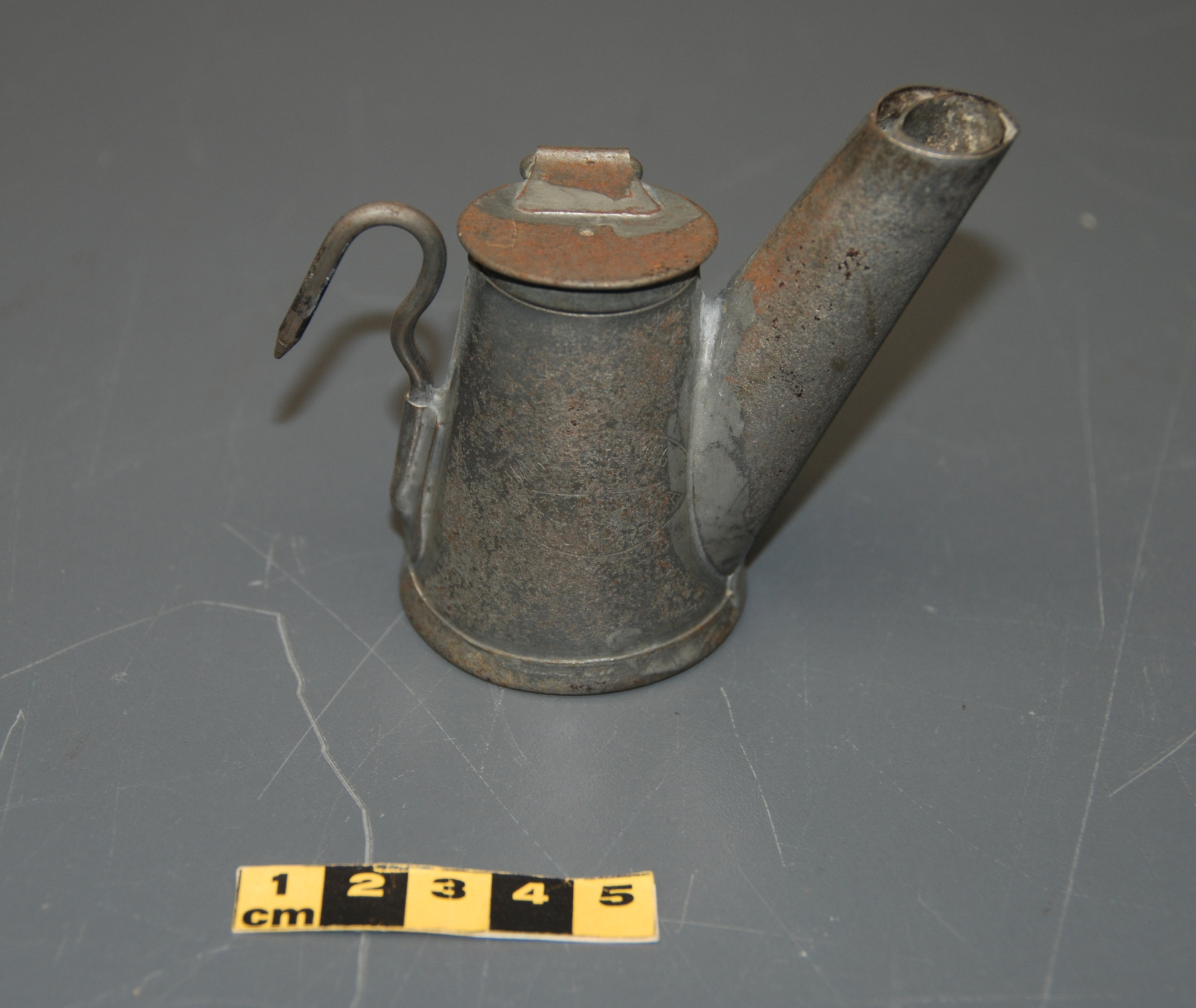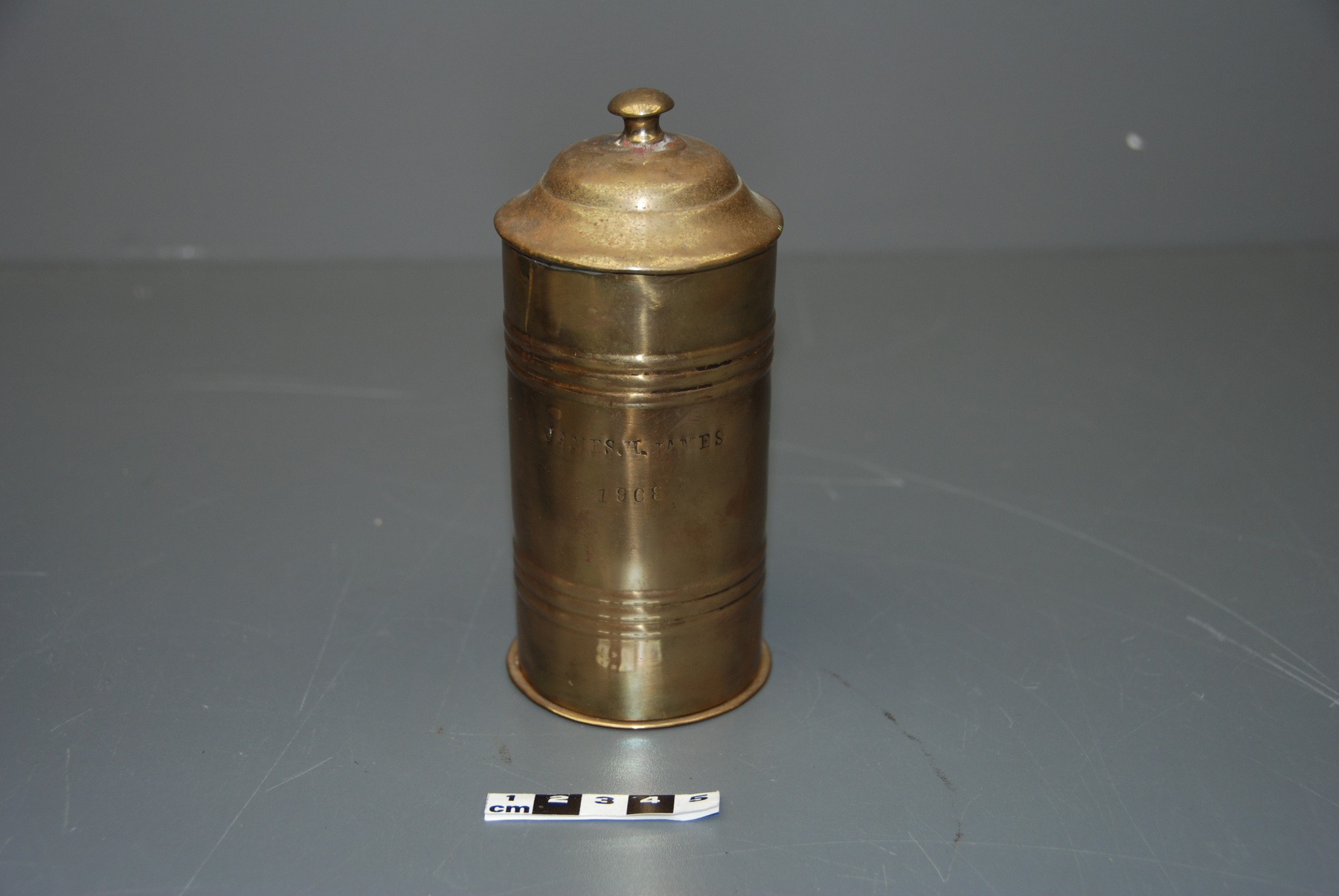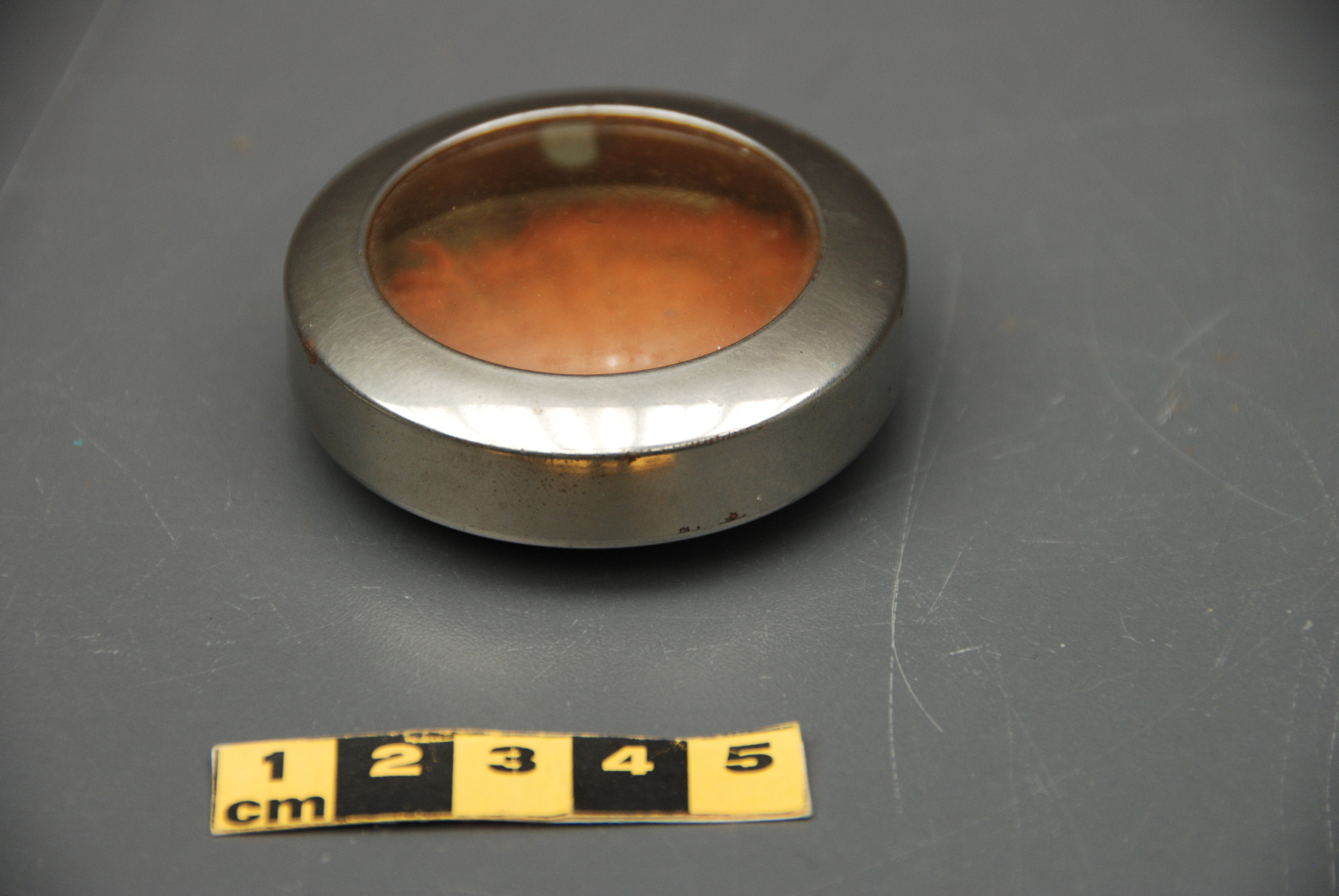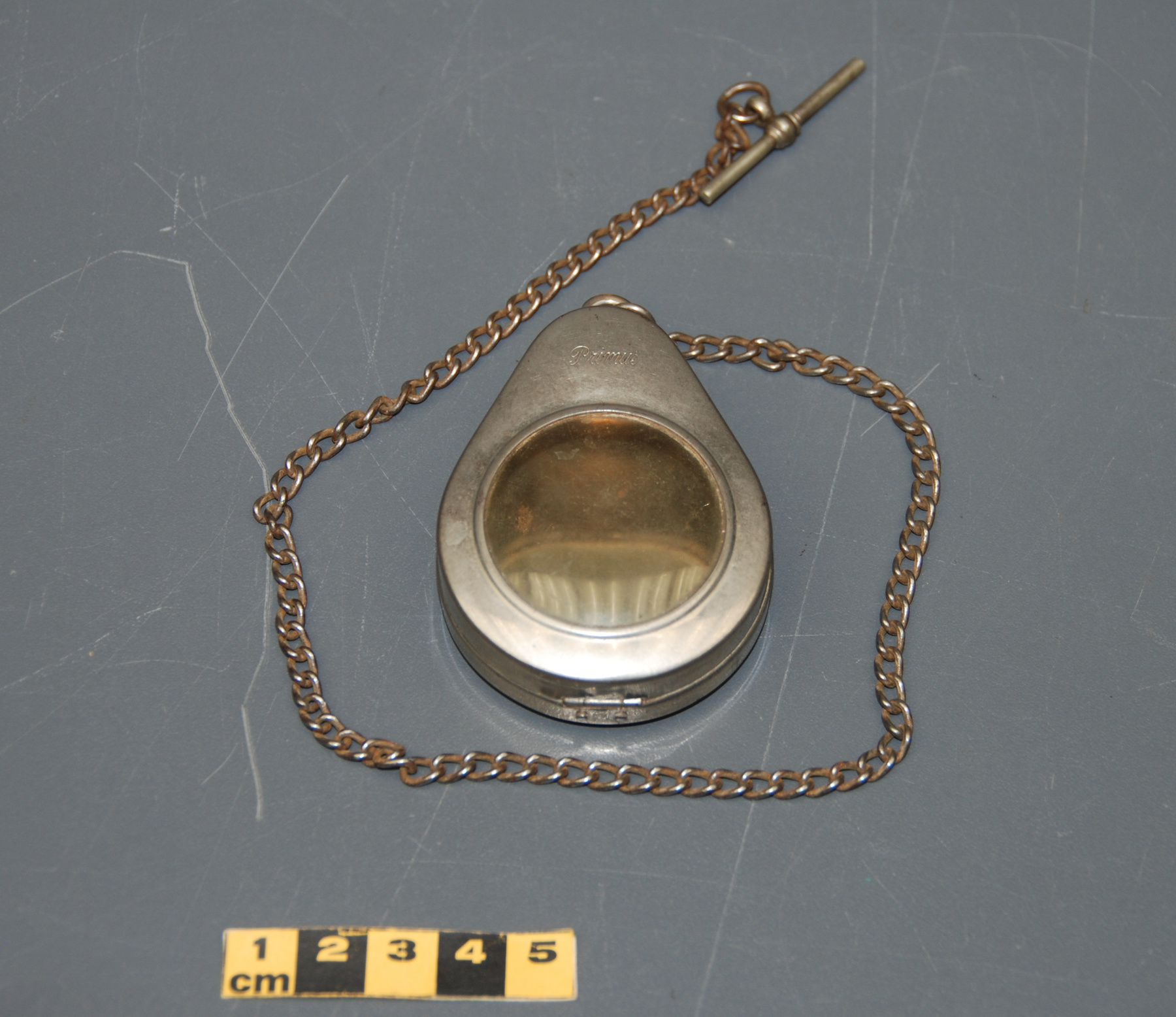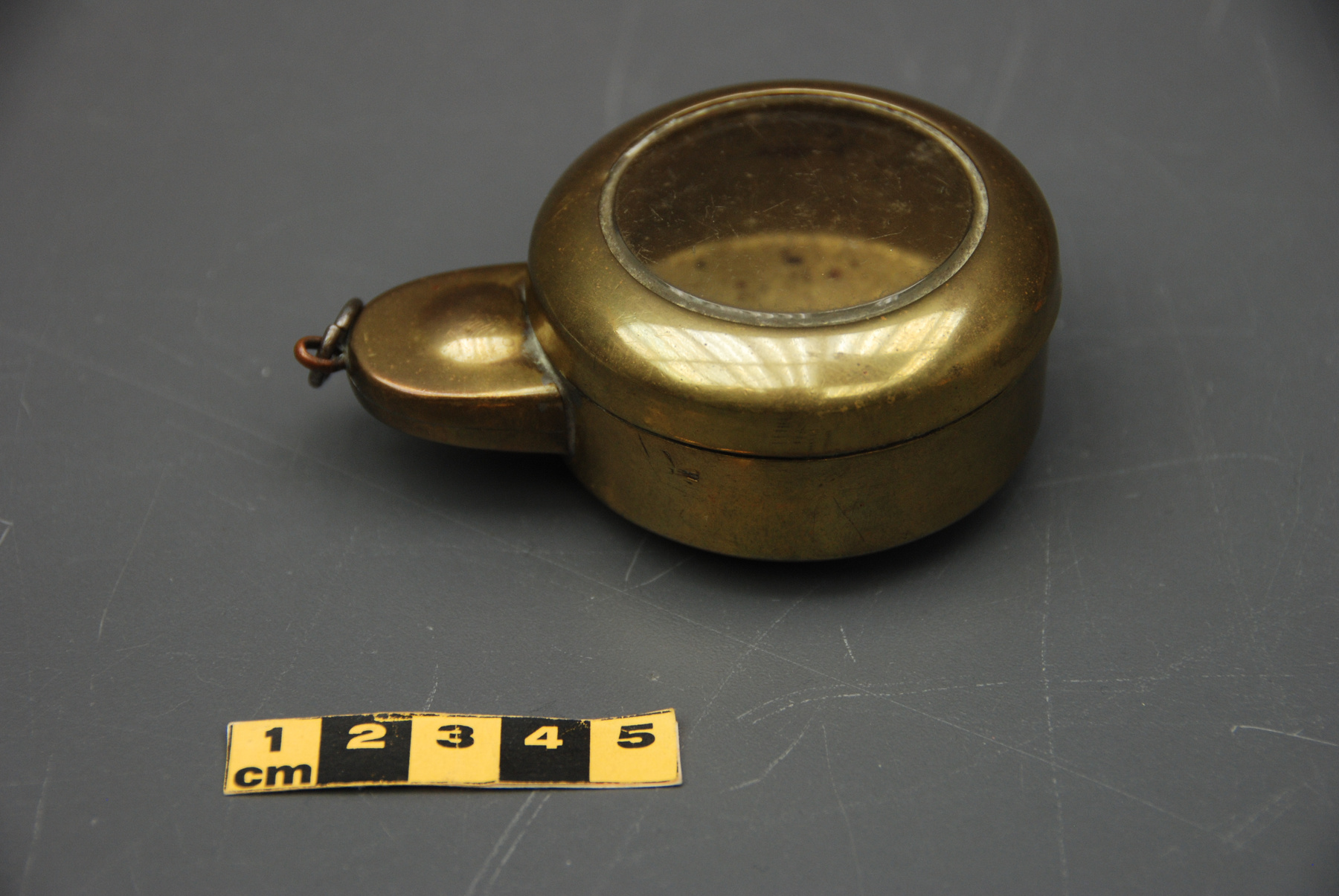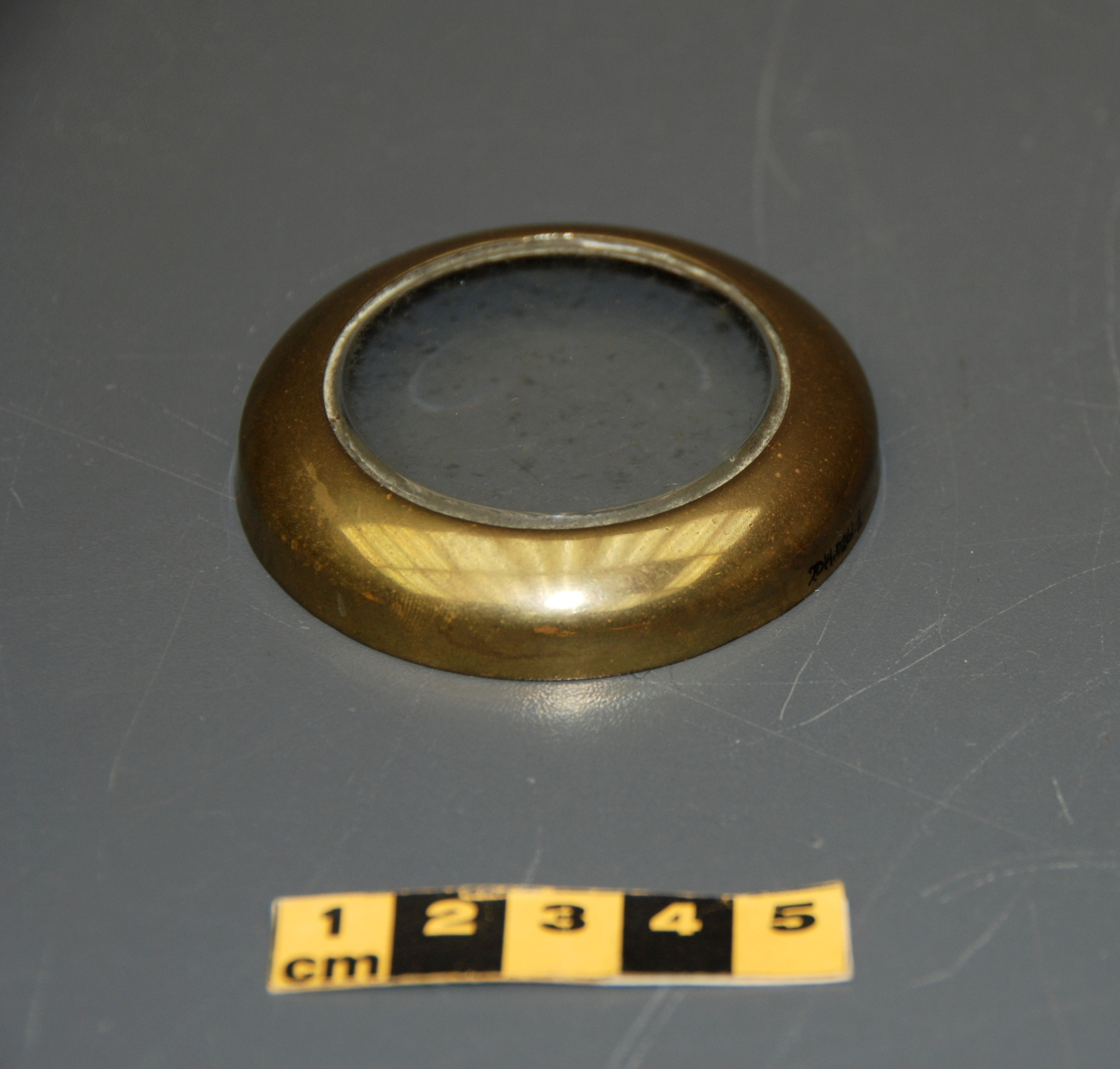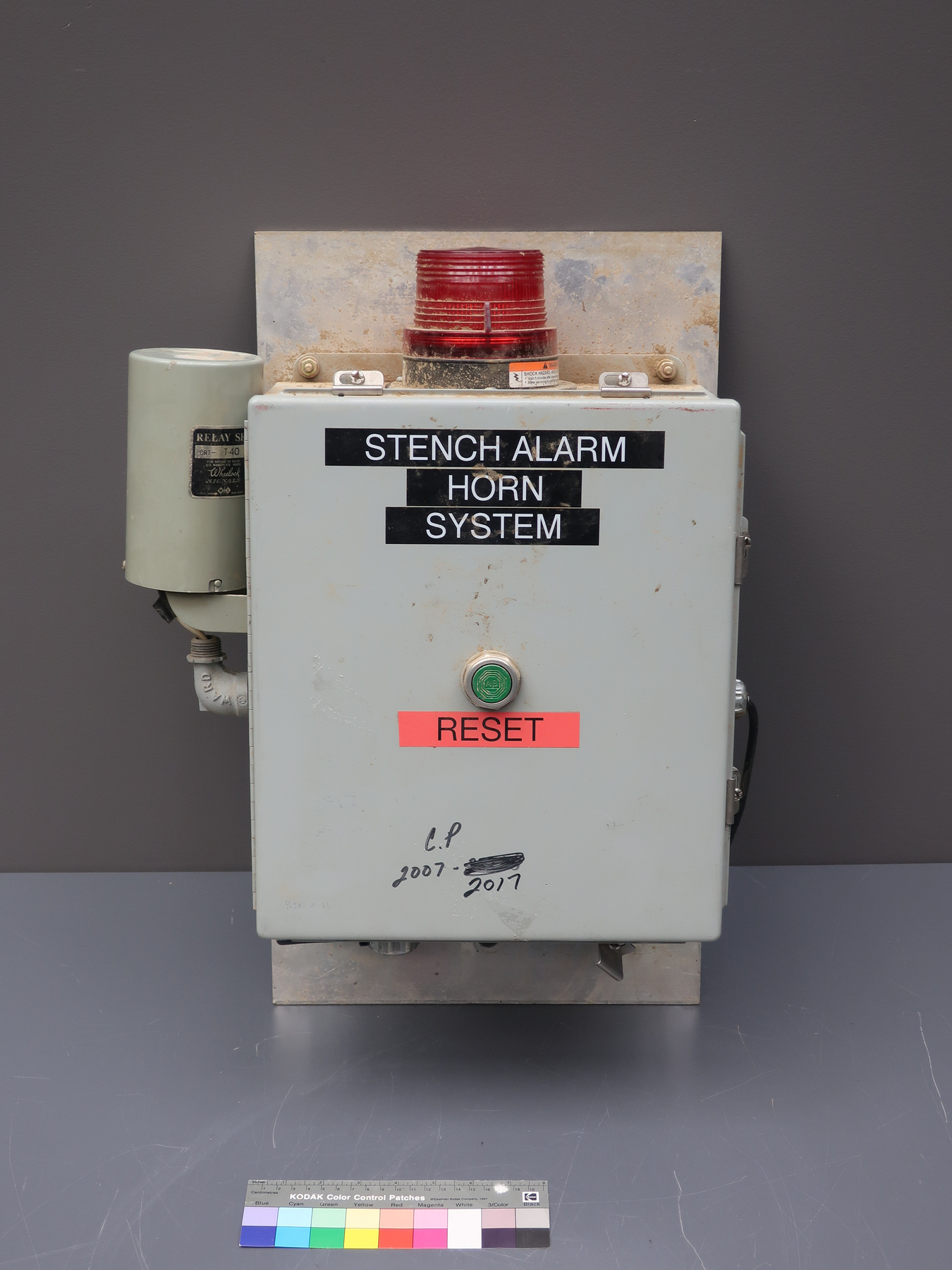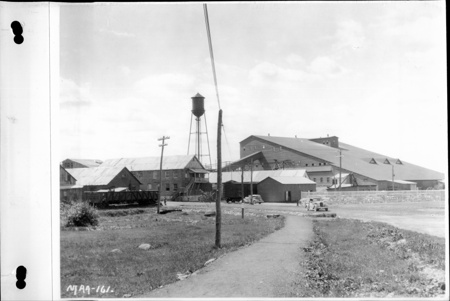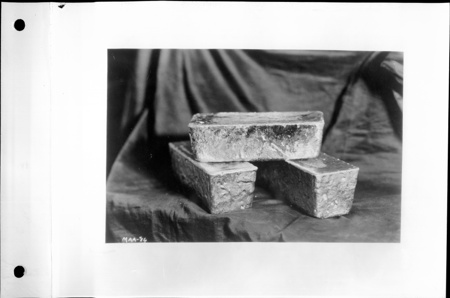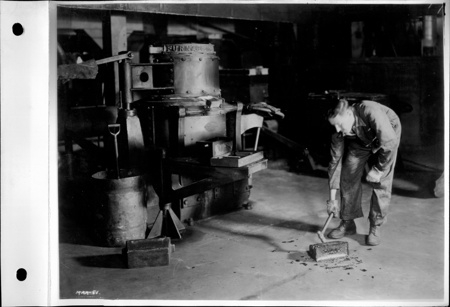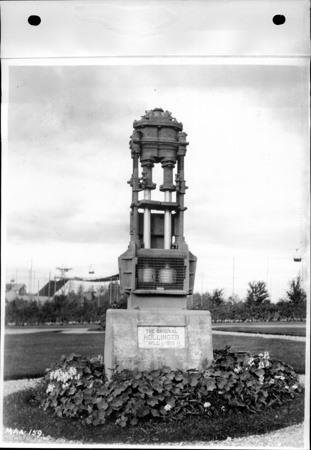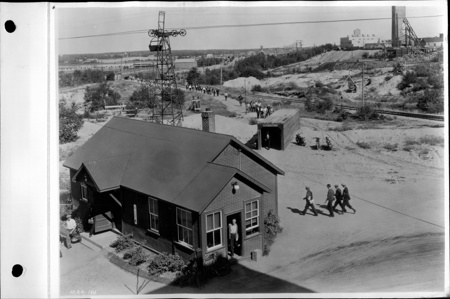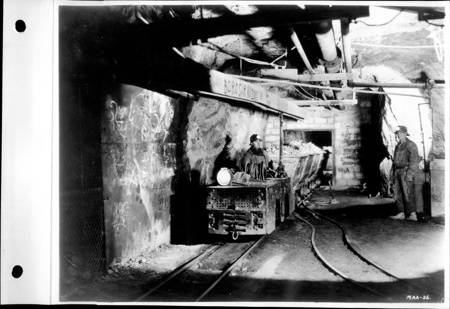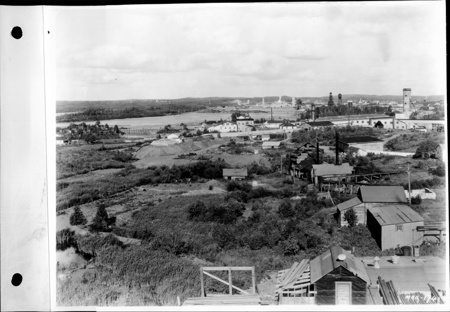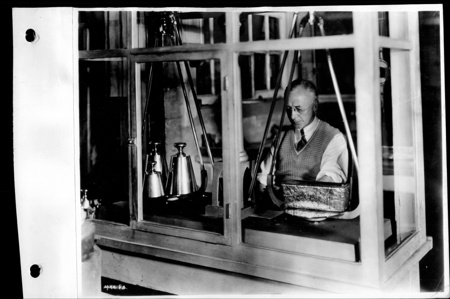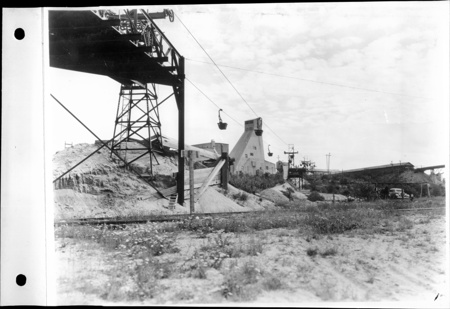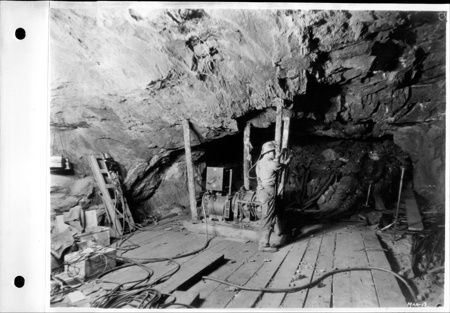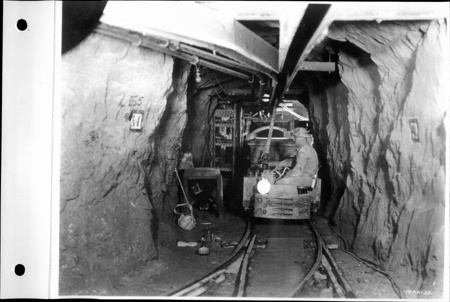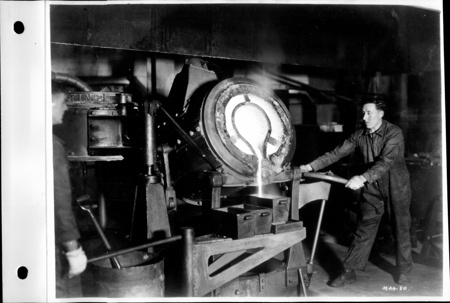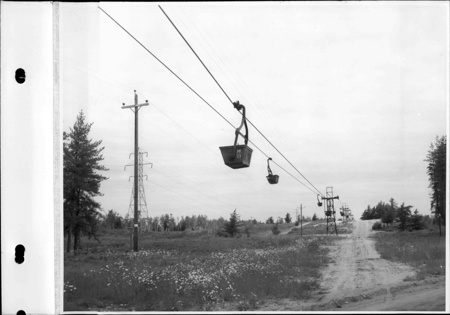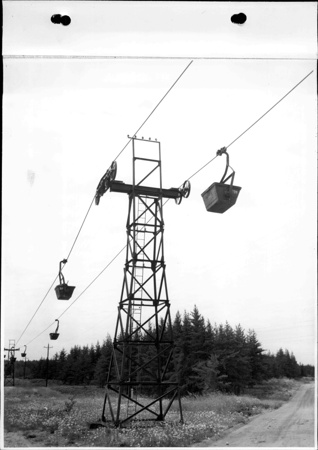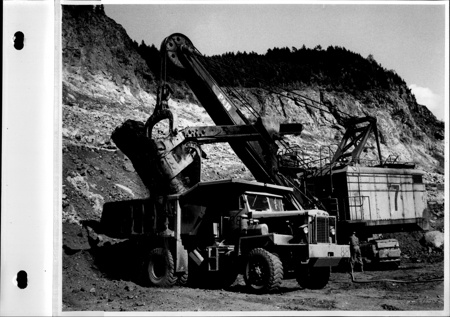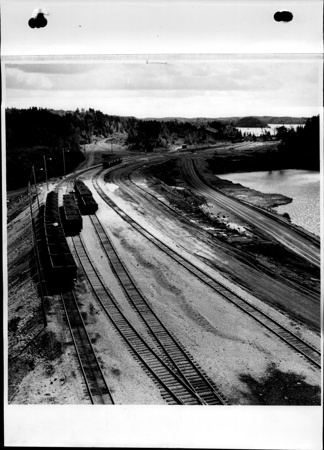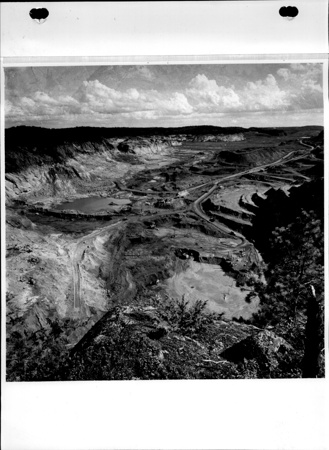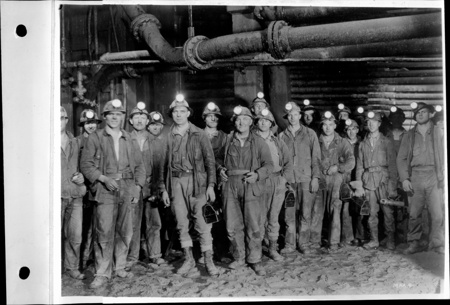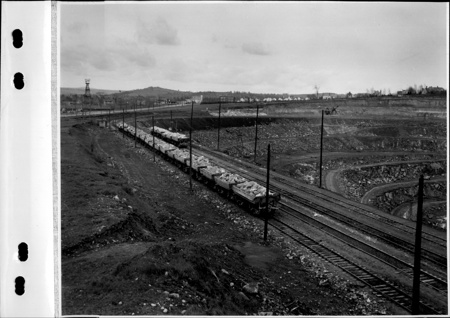Module d’alarme
Utiliser cette image
Puis-je réutiliser cette image sans autorisation? Oui
Les images sur le portail de la collection d’Ingenium ont la licence Creative Commons suivante :
Copyright Ingenium / CC BY-NC-ND (Attribution-NonCommercial 4.0 International (CC BY-NC 4.0)
ATTRIBUER CETTE IMAGE
Ingenium,
2018.0150.001
Permalien:
Ingenium diffuse cette image sous le cadre de licence Creative Commons et encourage son téléchargement et sa réutilisation à des fins non commerciales. Veuillez mentionner Ingenium et citer le numéro de l’artefact.
TÉLÉCHARGER L’IMAGEACHETER CETTE IMAGE
Cette image peut être utilisée gratuitement pour des fins non commerciales.
Pour un usage commercial, veuillez consulter nos frais de reproduction et communiquer avec nous pour acheter l’image.
- TYPE D’OBJET
- mine/gas
- DATE
- Inconnu
- NUMÉRO DE L’ARTEFACT
- 2018.0150.001
- FABRICANT
- Inconnu
- MODÈLE
- Home Built/Stench Alarm Horn System
- EMPLACEMENT
- Inconnu
Plus d’information
Renseignements généraux
- Nº de série
- S/O
- Nº de partie
- 1
- Nombre total de parties
- 2
- Ou
- S/O
- Brevets
- S/O
- Description générale
- Metal casing and plate with a synthetic light cover and button.
Dimensions
Remarque : Cette information reflète la taille générale pour l’entreposage et ne représente pas nécessairement les véritables dimensions de l’objet.
- Longueur
- 57,0 cm
- Largeur
- 42,5 cm
- Hauteur
- 17,5 cm
- Épaisseur
- S/O
- Poids
- S/O
- Diamètre
- S/O
- Volume
- S/O
Lexique
- Groupe
- Mines et métallurgie
- Catégorie
- Divers
- Sous-catégorie
- S/O
Fabricant
- Ou
- Inconnu
- Pays
- Inconnu
- État/province
- Inconnu
- Ville
- Inconnu
Contexte
- Pays
- Canada
- État/province
- Ontario
- Période
- Inconnu
- Canada
-
The collection of proposed artifacts comes from the Dome Mine, an underground gold mine, located in Timmins, Ontario. The mine closed on Feb. 06, 2018 after 108 years of operations. It was established in 1909 under the company name Dome Mines, which in 1987 became Placer Dome Inc. Placer Dome was acquired by Barrick Gold in 2006, however at that time Barrick Gold also agreed to sell the Porcupine Gold Mines complex, in which Dome was situated, to Goldcorp. Therefore, throughout its operations, Dome Mine has been owned by three of the most important Canadian gold companies, Placer, Barrick, and Goldcorp. The Dome Mine is part of the Porcupine Gold Mines complex run by Goldcorp. By the time of its closure, it produced 19,437,025 ounces of gold. Goldcorp decided to close the underground mine because the high grade reserves were exhausted, and the low grade reserves require an open pit mining method. Therefore, the mine site, rather than being reclaimed, will eventually be taken over by open pit excavations under the name Century Mine. The open pit will completely remove any remains of the Dome Mine. Dome was a historically significant mine. It was in the Abitibi Gold Belt, which stretches from Foleyet, ON to Chibougamau, Quebec, measuring 450 km in length and 150 km in width. Mines in Kirkland, Red Lake, Val d’Or, Malartic, and Rouyn Noranda are in the same belt. It is one of the most gold producing areas in the world. First Nations most likely extracted and processed gold in this area for centuries, but there is very little research done on these activities, and we have little understanding of gold mining in Canada pre contact. The Dome was one of the first, large scale gold mines developed according to European underground mining methods, and at closure in 2018, it was the longest continuously producing mine in Canada. The exploration in the Porcupine belt began in 1901 and the Dome opened in 1910. The mine had a big impact on the Timmins community, attracting non-aboriginal prospectors and worker to the area. Unlike many other Canadian mining operations that can see the exploration, and mine opening and closure in one generation, Dome provided steady employment for three and sometime four generations of local residents. Workers could spend their whole careers at Dome, moving from miners to mine mangers. Others took their training to run operations around the world. The mine turned out a number of CEOs. For that reason, it was often referred to as Dome School of Mines. The mine also marked the beginning of the town of Timmins. In 1909, Harry Preston and Jack Wilson found a ledge of quartz covered in gold at the site of the future Dome Mine. As the news of the discovery spread, Benny Hollinger, who later established the Hollinger mine, moved to the area in 1910 with his partners and financiers Noah and Henry Timmins. Later that year, they were joined by Sandy McIntyre, who established the McIntyre Mine. The three mines, call the “Big Three” lead to creation of the town of Timmins in 1912. The mines contributed to the growth of the town, first in the early 1900s when many immigrants from Eastern and Northern Europe arrived to work there, and later after the Second World War, when the Canadian government systematically recruited workers in POW camps, targeting especially those who agreed to work in mines in the Abitibi region, giving preference to Eastern European miners from nonunionized environment versus French or Italian syndicated workers. The Dome Mine supported local events and organizations, sponsoring, for example, a Dome arena and creating housing for workers. It also contributed to the construction of a hospital. In Feb. 1999, Timmins most famous resident, Shania Twain, sang one of her songs for a CBS special at Dome. As the high grade gold reserves declined and the productivity went down, Dome’s financial donations decreased, but even at its closure in 2018, the mine still had prominent presence in Timmins. Its longevity made technologies used at Dome exceptional. For a century, the company employed electricians, carpenters, mechanics, and other tradesmen in addition to miners. They adapted mining technologies, recycled parts, customized, or made in-house much of the tools used at the mine. Unlike in a new mine, where all equipment is purchased from suppliers, the technologies from Dome Mine, proposed for the acquisition, are mostly home-made by the workers. The lack of manufacturers’ plates on various equipment is striking, but is an important part of the story of Dome Mine. Another important story is told by graffiti found in the mine and on the proposed technologies. Newer mines are generally free of graffiti, which is strongly discouraged by the mine management. Dome is full of inscriptions, sometime sexual in nature, which may reflects predominantly male workforce, at other times recording issues and events important to the community. The ore body itself at Dome was also exceptional in both its size and its complexity. Its descriptions can be found in almost every exploration manual in the world and many generations of geologists globally, learn to apply mining models on this deposit. The gold veins at Dome varied in size and directions and were mined by almost every method: from narrow vain to room and pillar to longhole, and soon will be mined through an open pit. Unfortunately, some of the large mining technologies developed especially for this mine, which tell the story of this unique vain, cannot be brought to the surface. A crushing system for a low grade ore, which was designed for the mine, and installed and customized by workers will remain underground until the open pit extraction destroys it. So, will an electric scoop, used at Dome some 40 years earlier than in other mines. However, CSTMC has the opportunity to save smaller objects that talk to the ingenuity of Dome miners, and their lives underground. - Fonction
-
Used to alert miners in the longest drifts of emergencies in the mine, giving them time to safely leave. - Technique
-
Inconnu - Notes sur la région
-
Inconnu
Détails
- Marques
- On the proper front: "STENCH ALARM/ HORN/ SYSTEM/ RESET/ C.P/ 2007-/ 2017"
- Manque
- Appears complete
- Fini
- A grey metal box with a red synthetic light cover mounted on a large metal plate. On the proper front are black labels with white markings and a red label with black markings, as well as an inscription in black marker on the front panel.
- Décoration
- S/O
FAIRE RÉFÉRENCE À CET OBJET
Si vous souhaitez publier de l’information sur cet objet de collection, veuillez indiquer ce qui suit :
Fabricant inconnu, Module d’alarme, Date inconnue, Numéro de l'artefact 2018.0150, Ingenium - Musées des sciences et de l'innovation du Canada, http://collections.ingeniumcanada.org/fr/id/2018.0150.001/
RÉTROACTION
Envoyer une question ou un commentaire sur cet artefact.
Plus comme ceci
